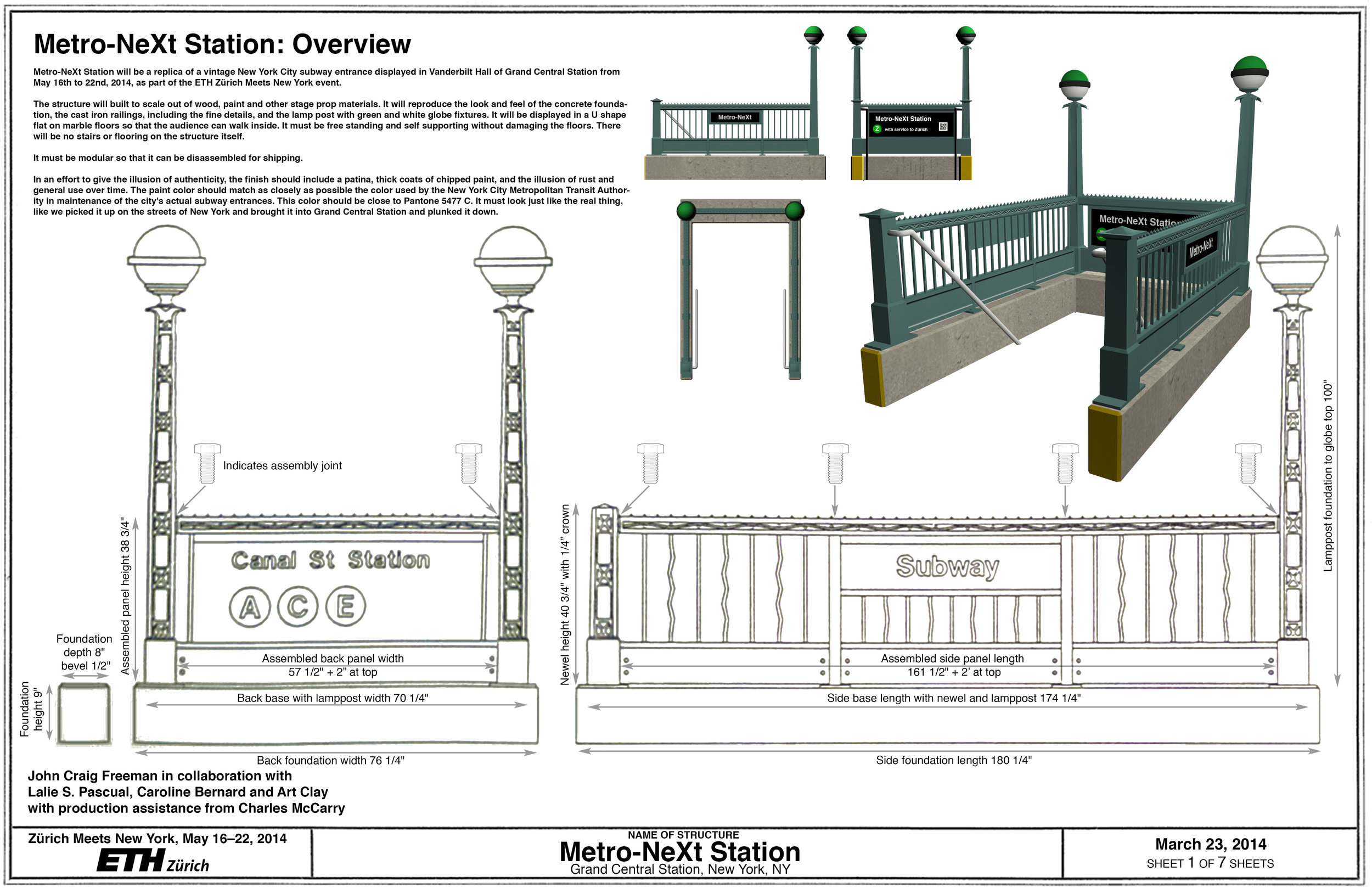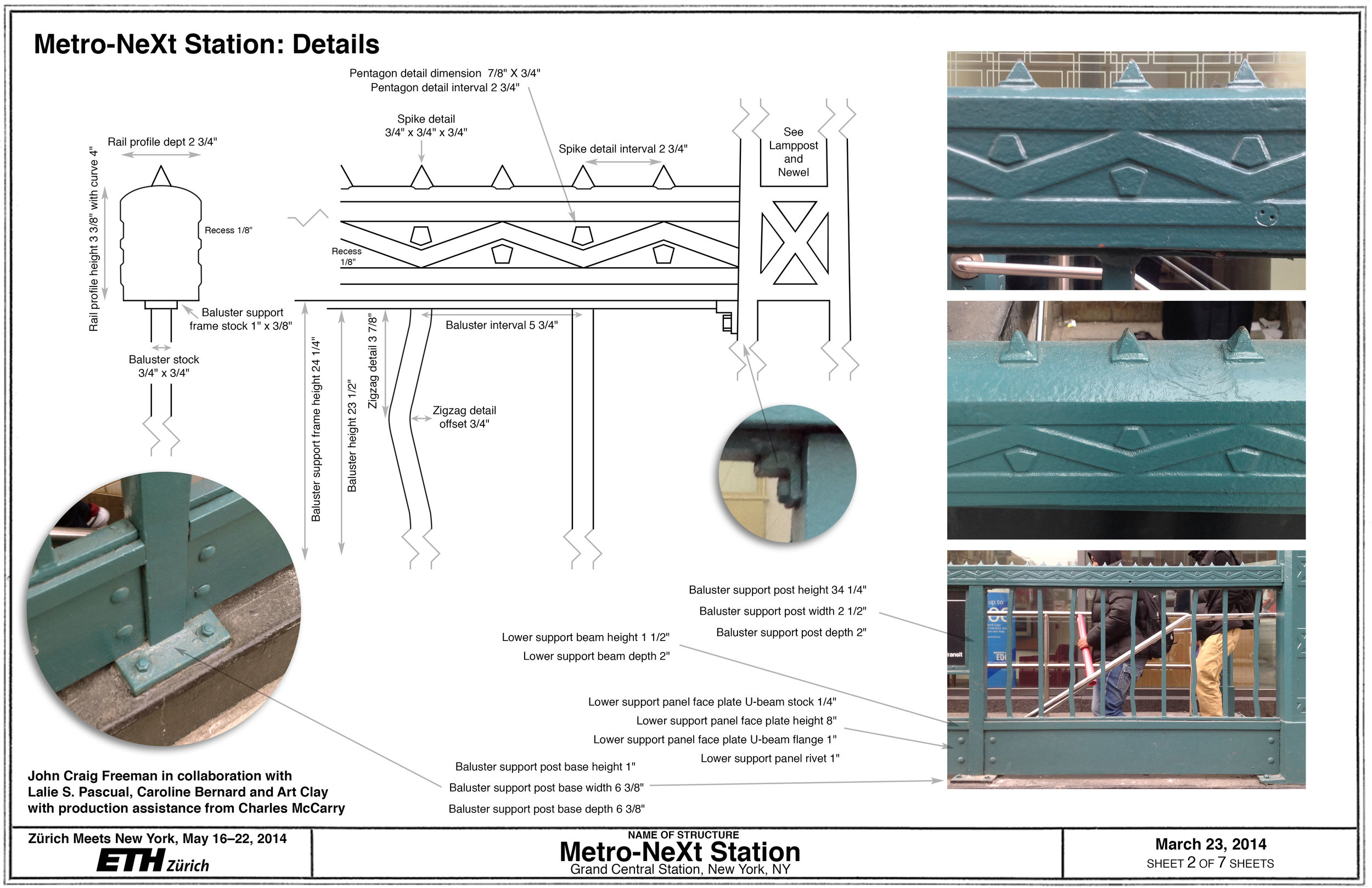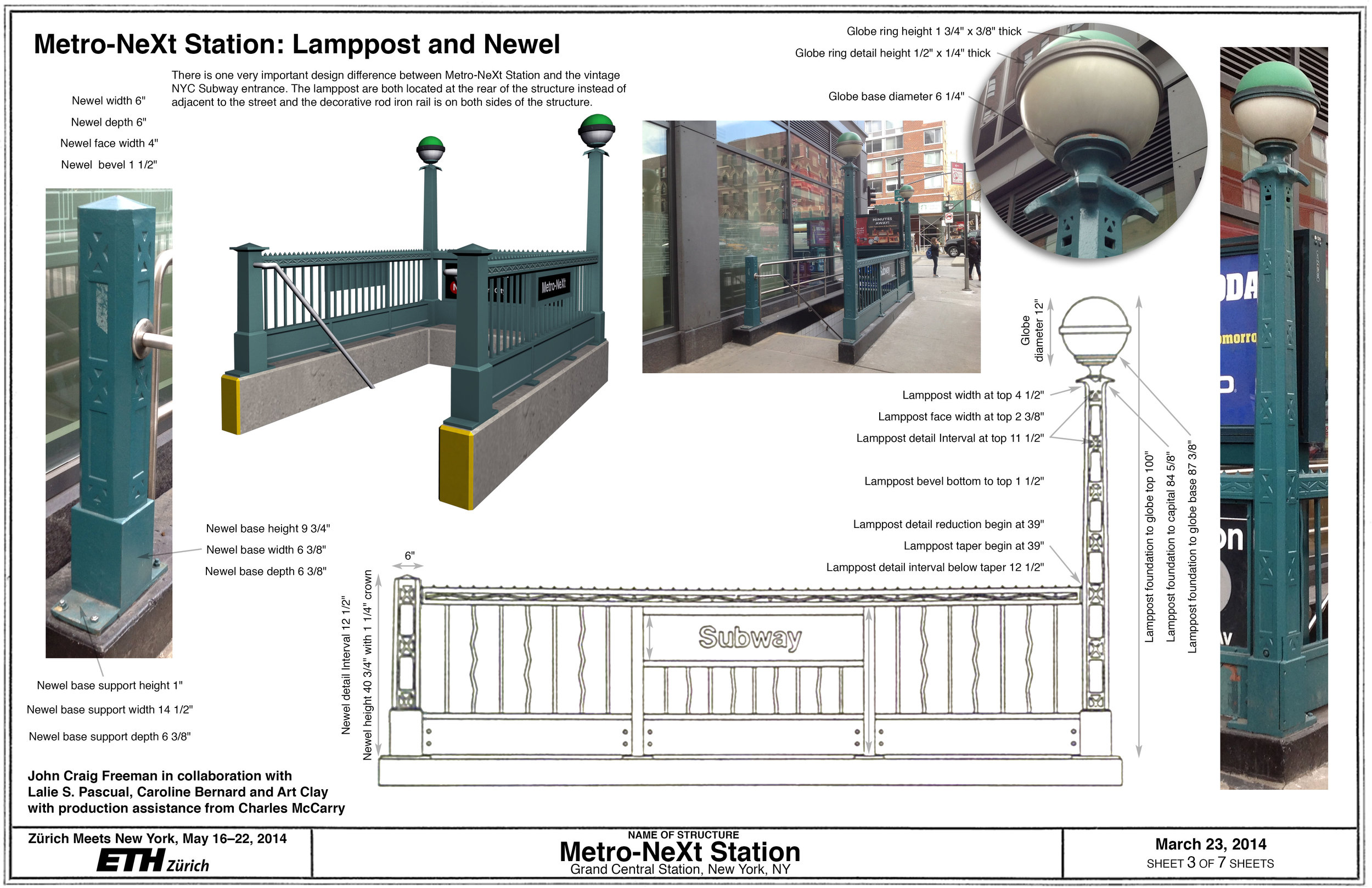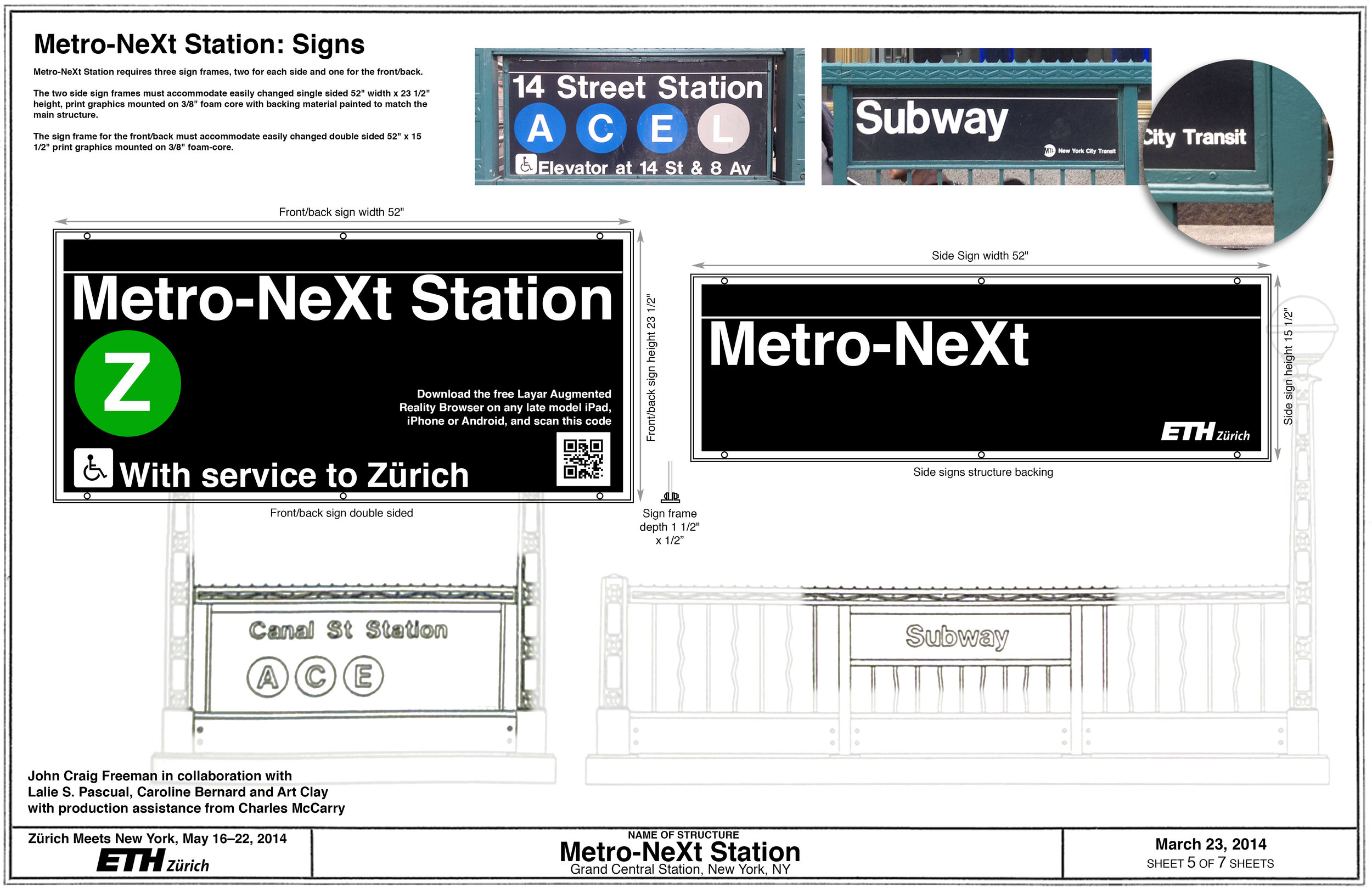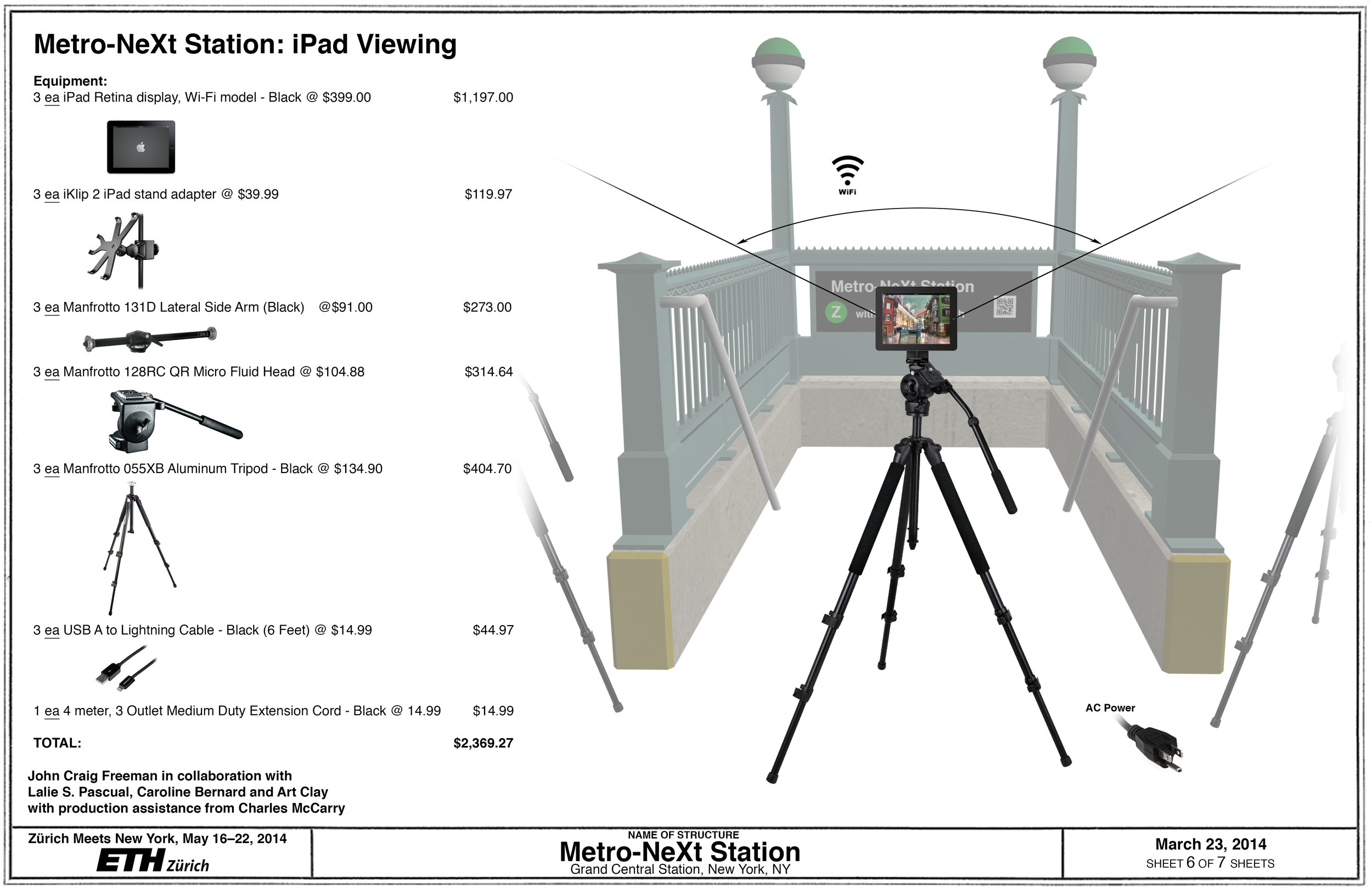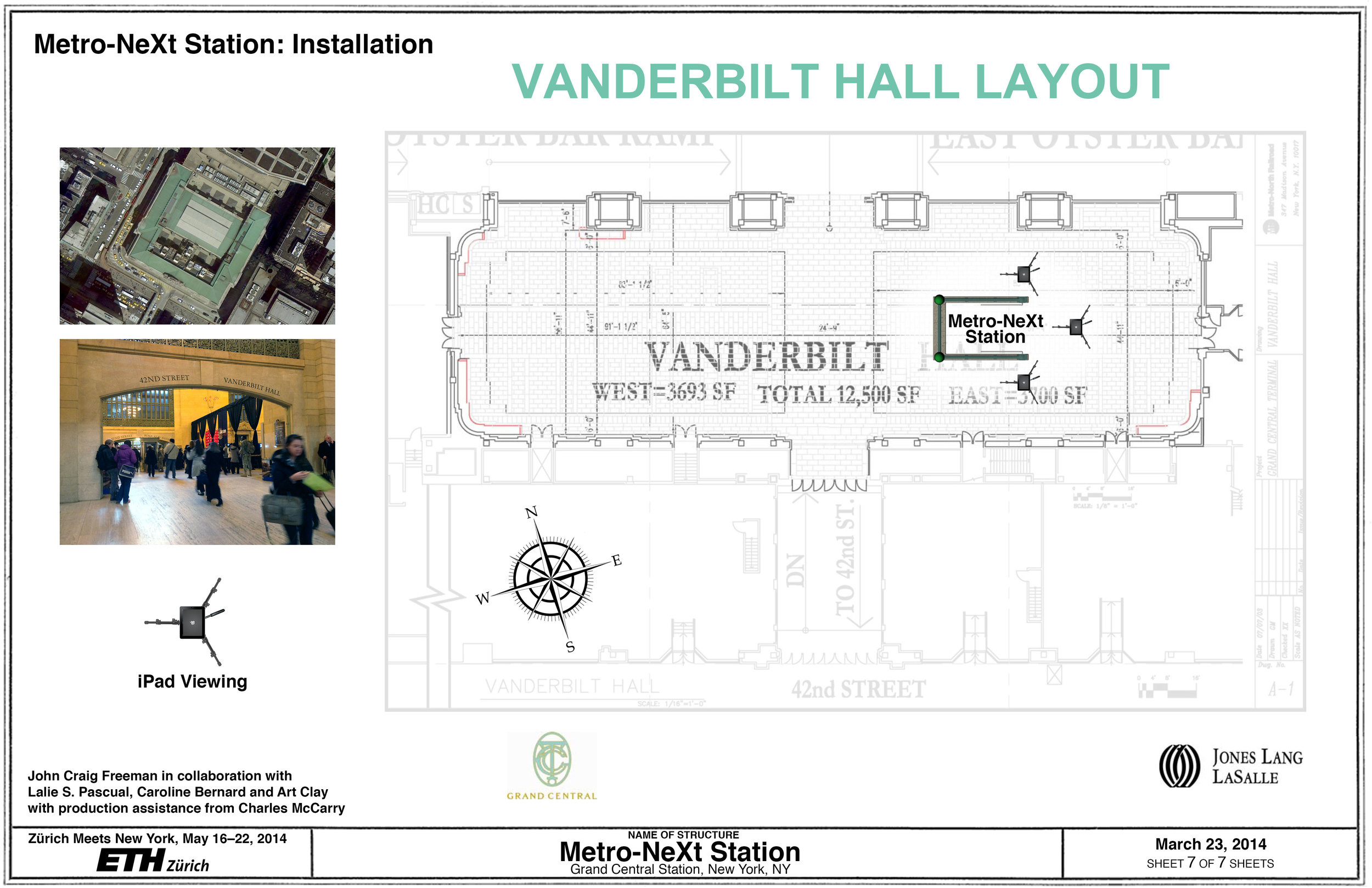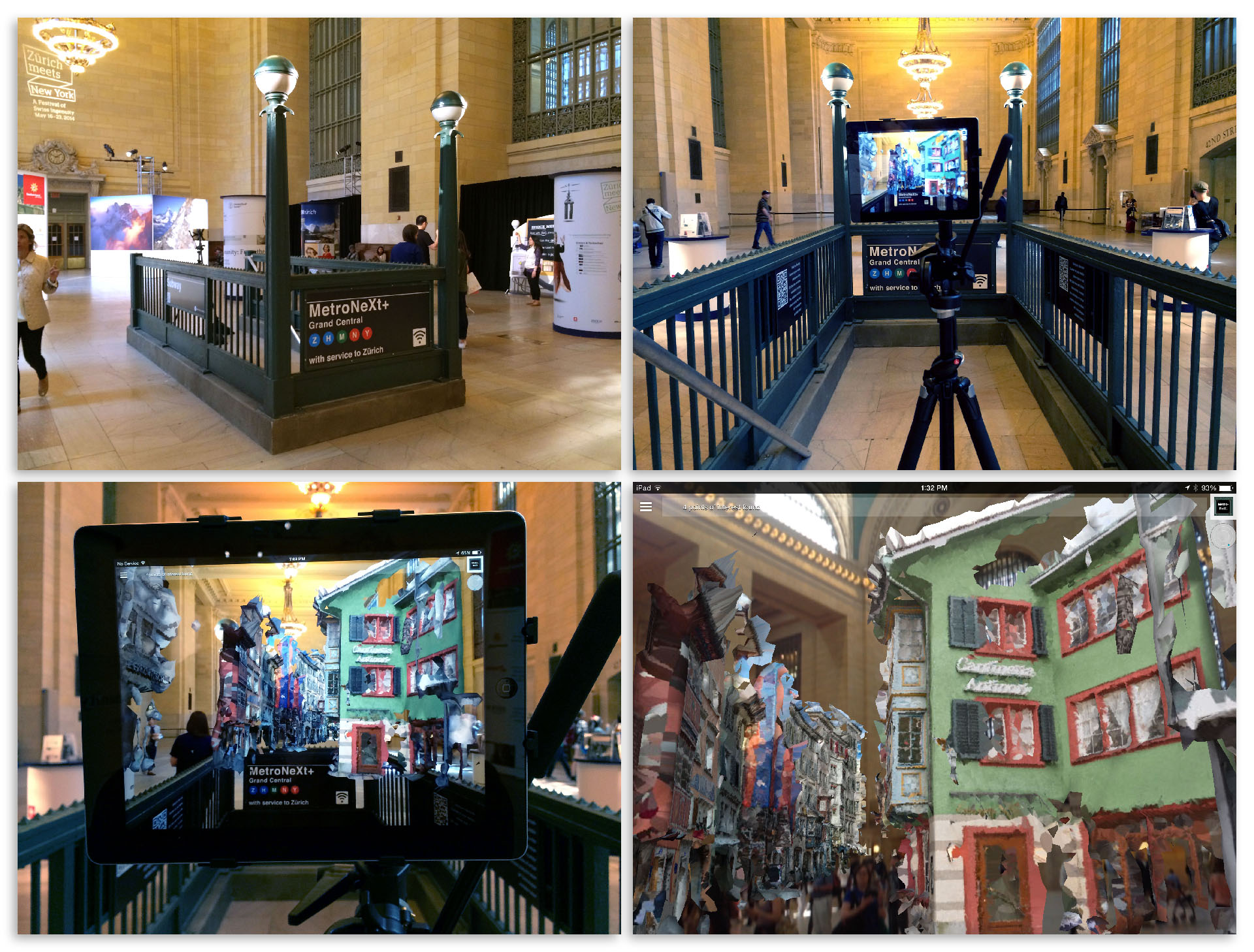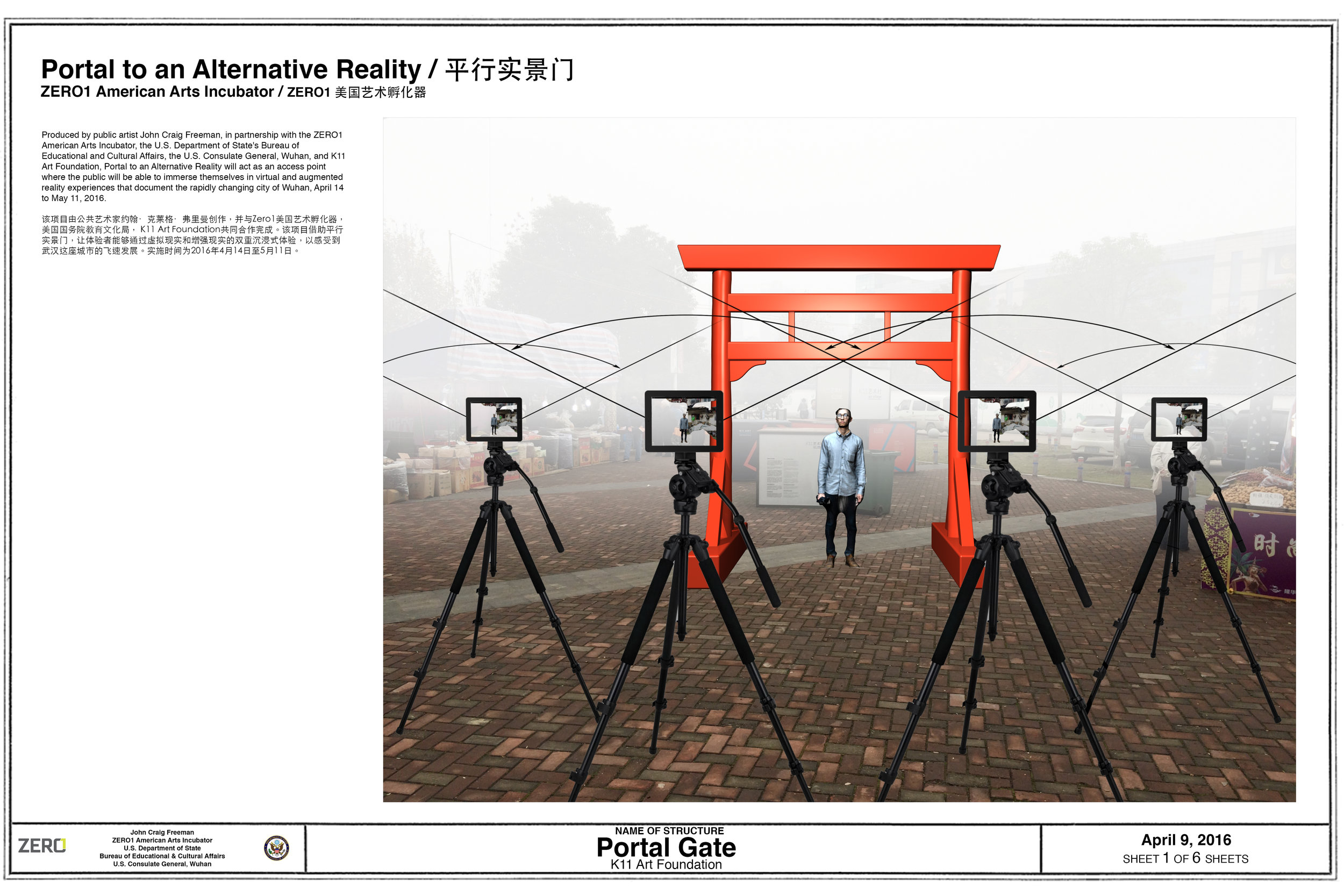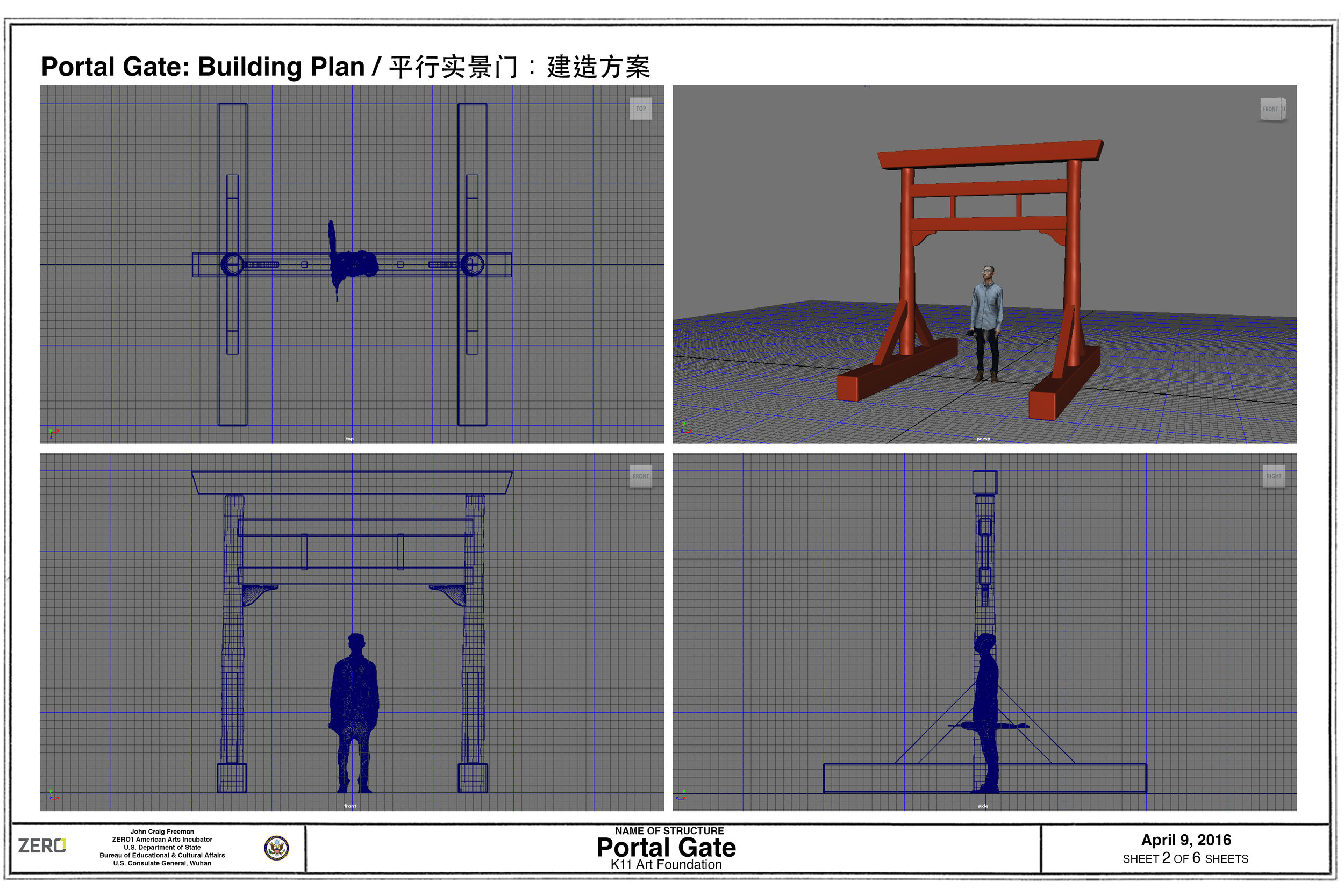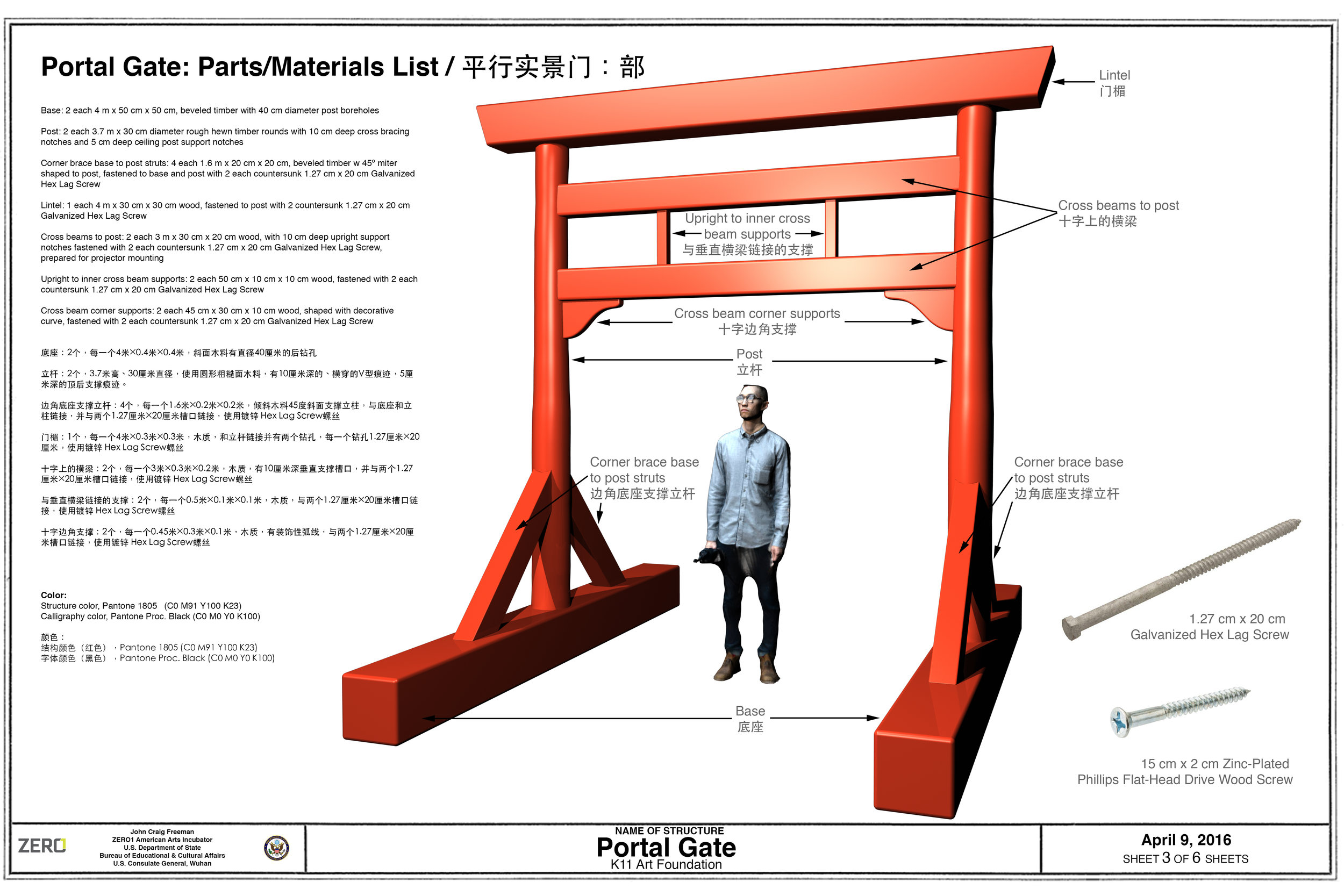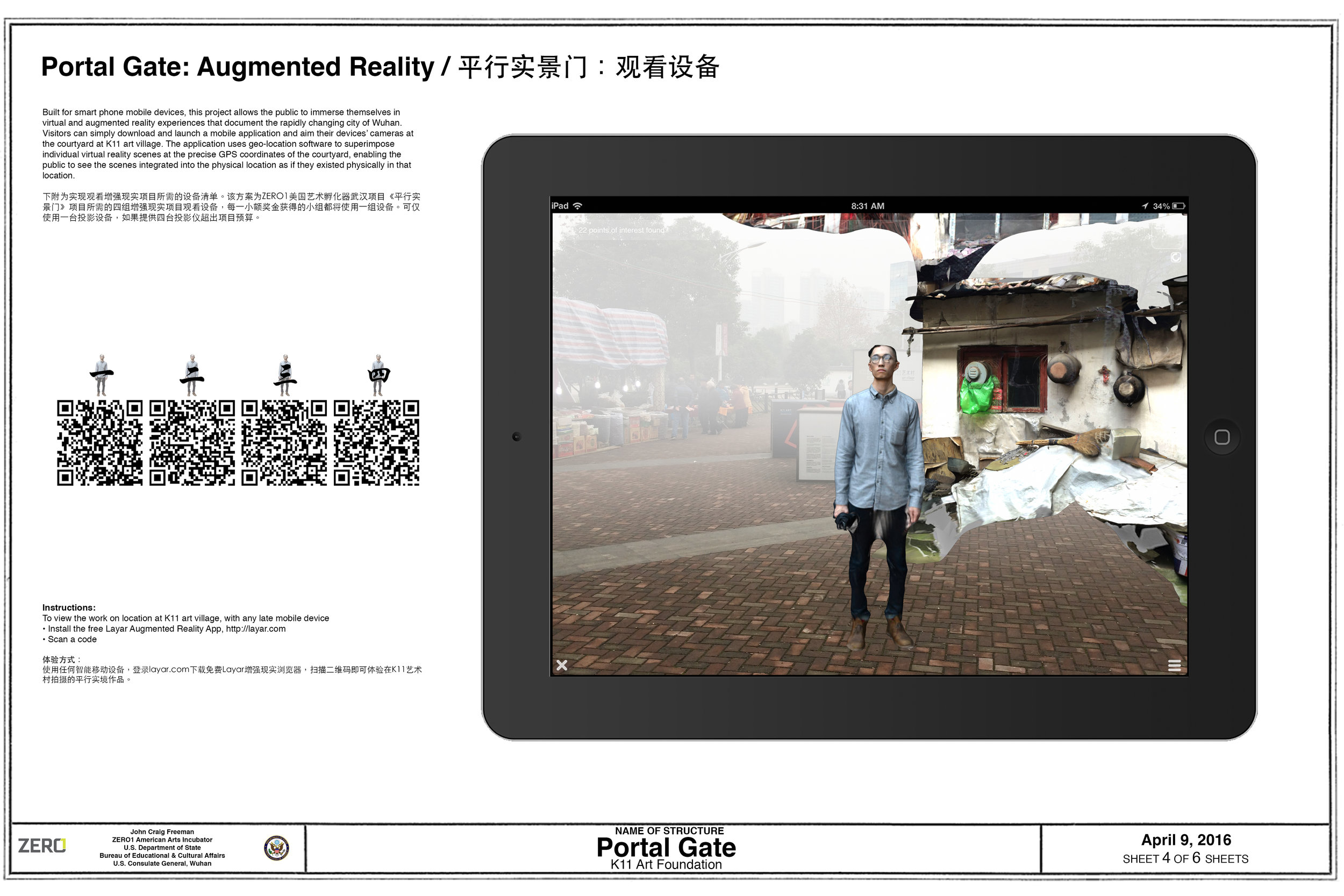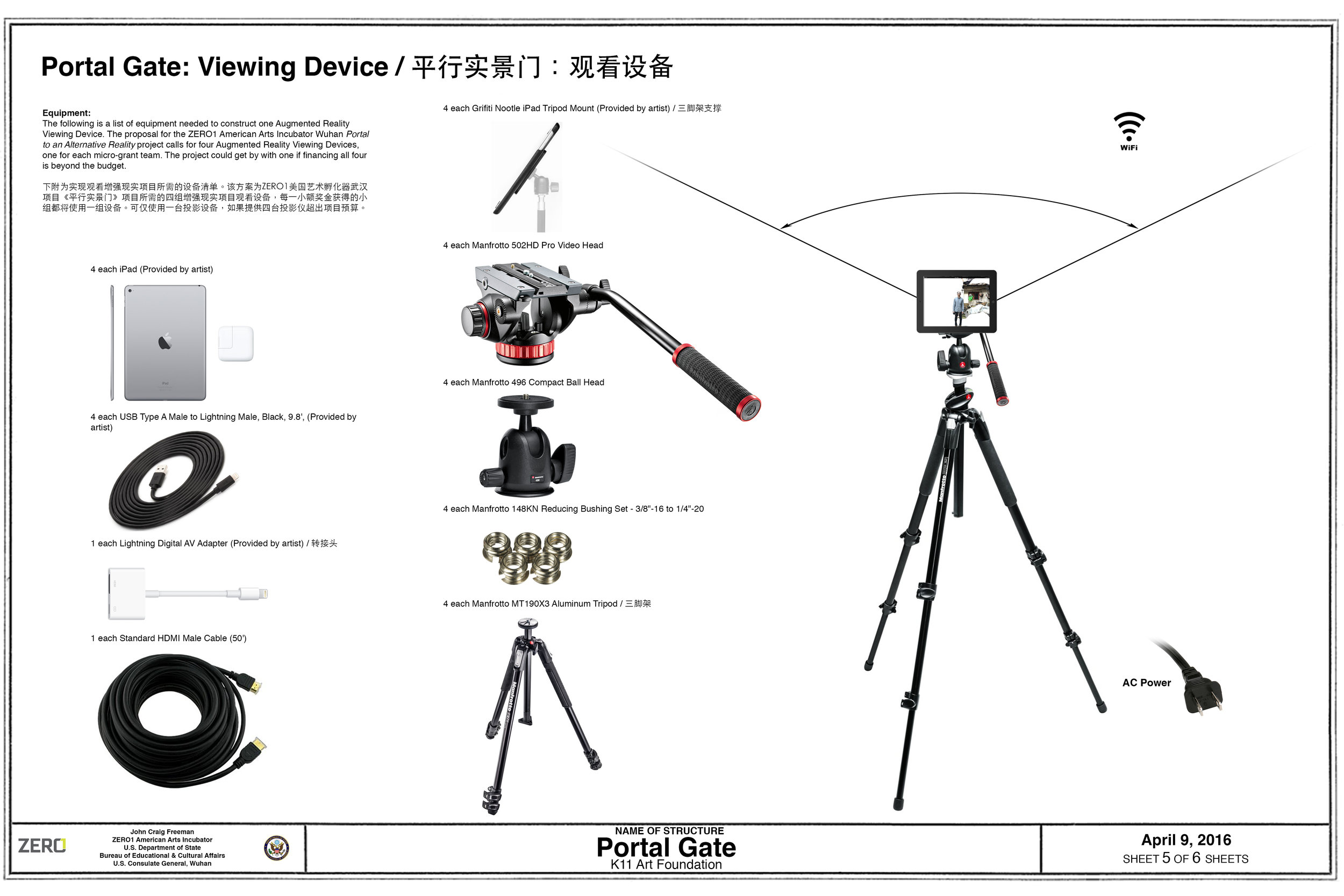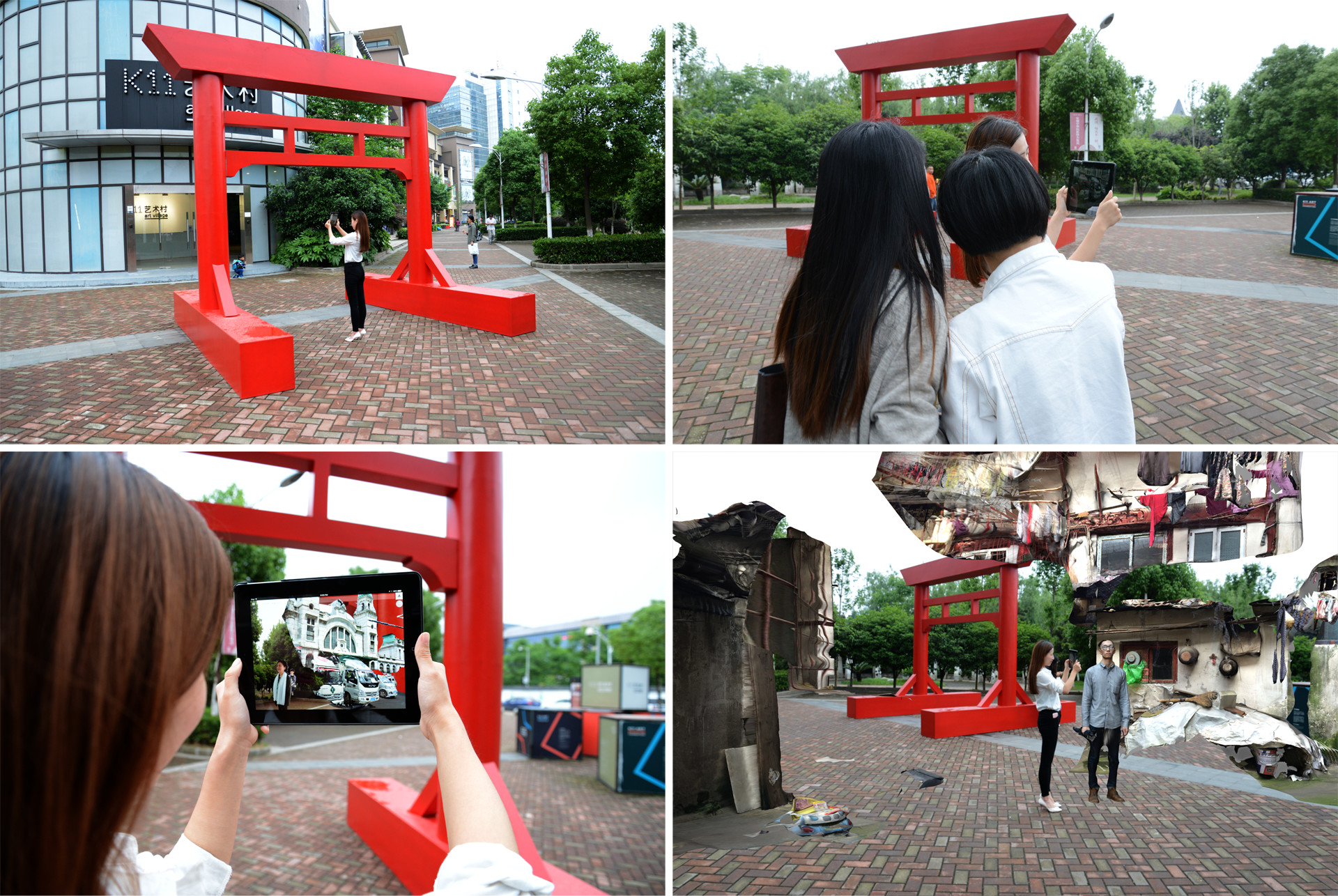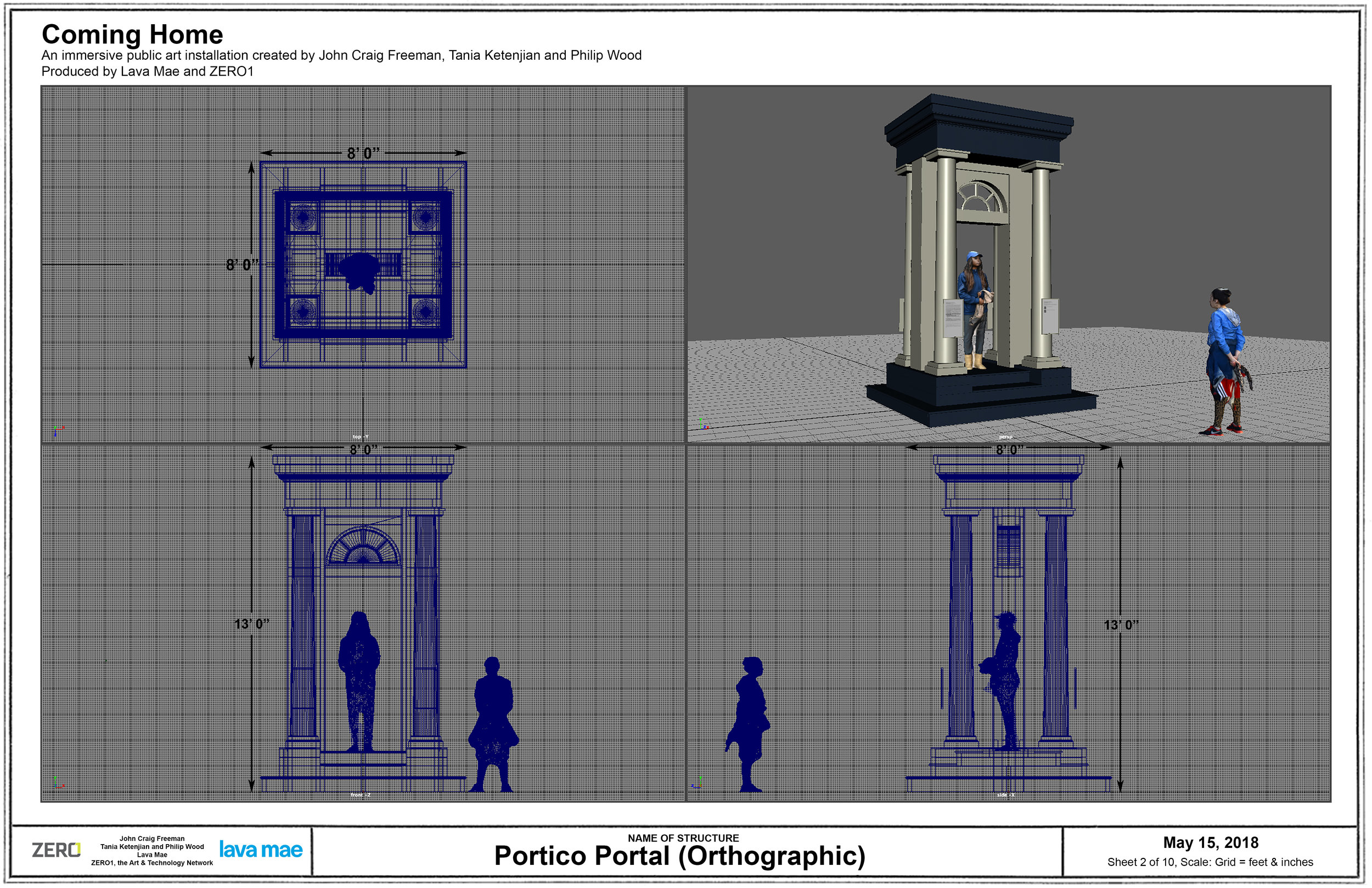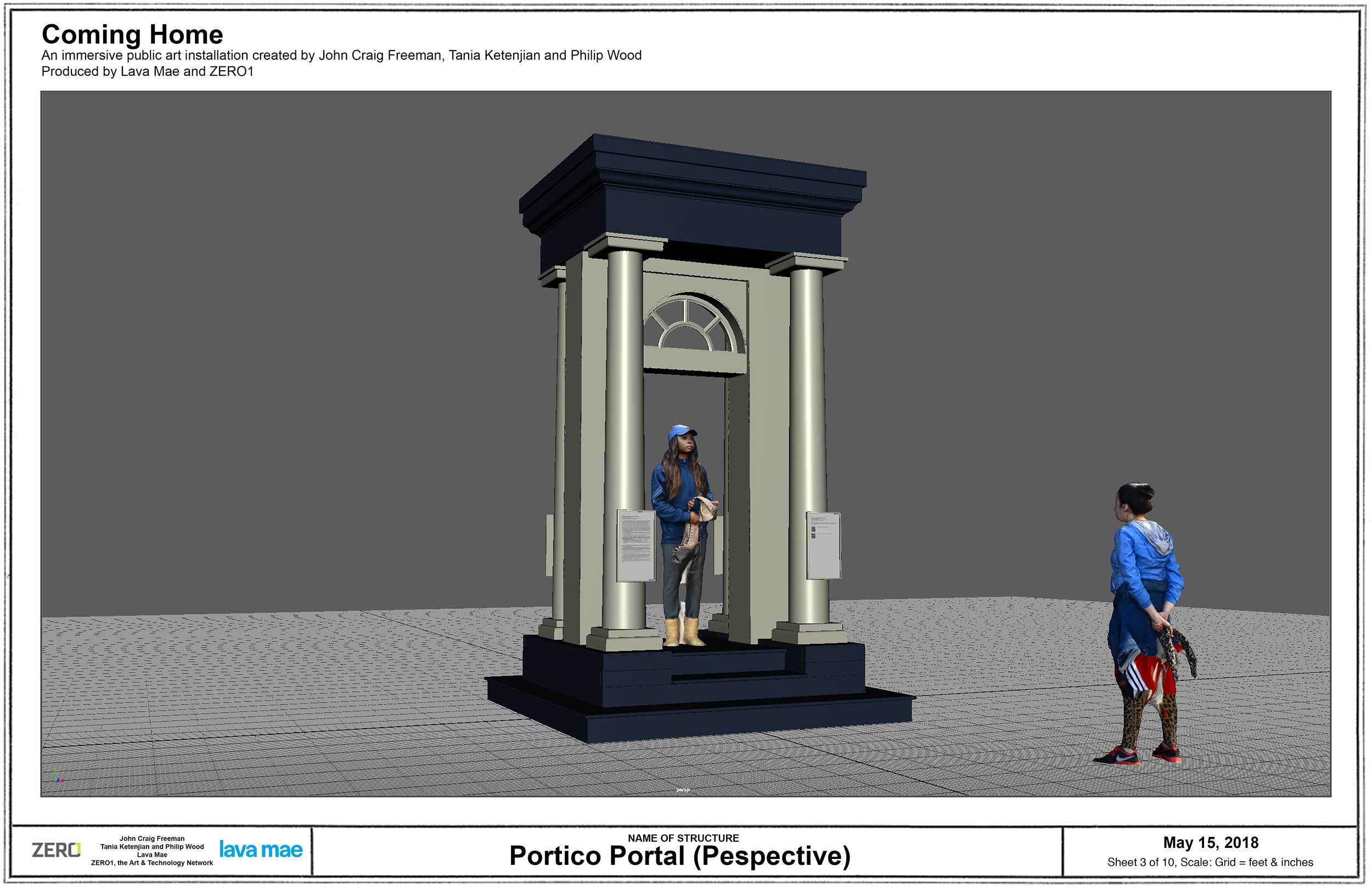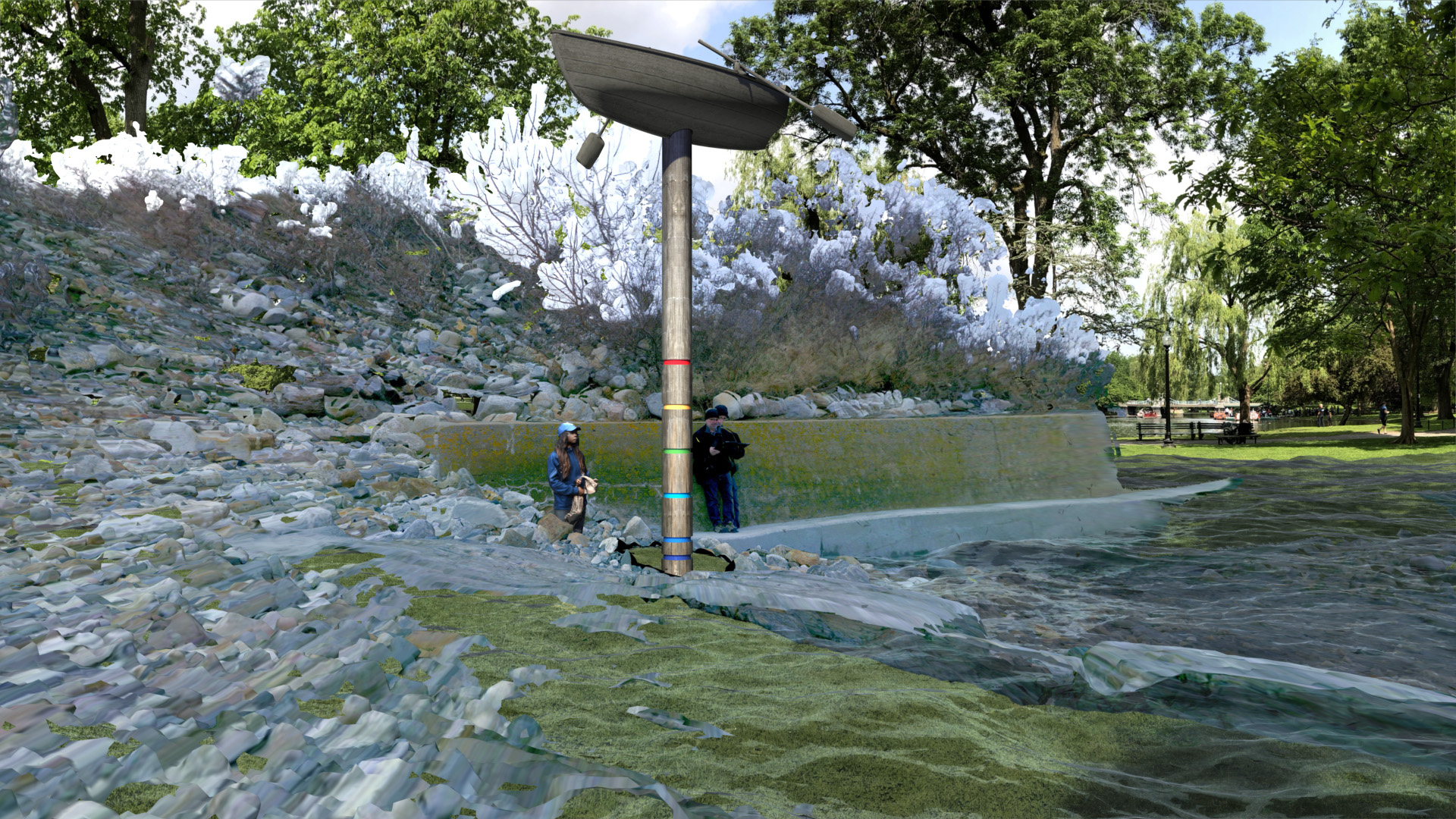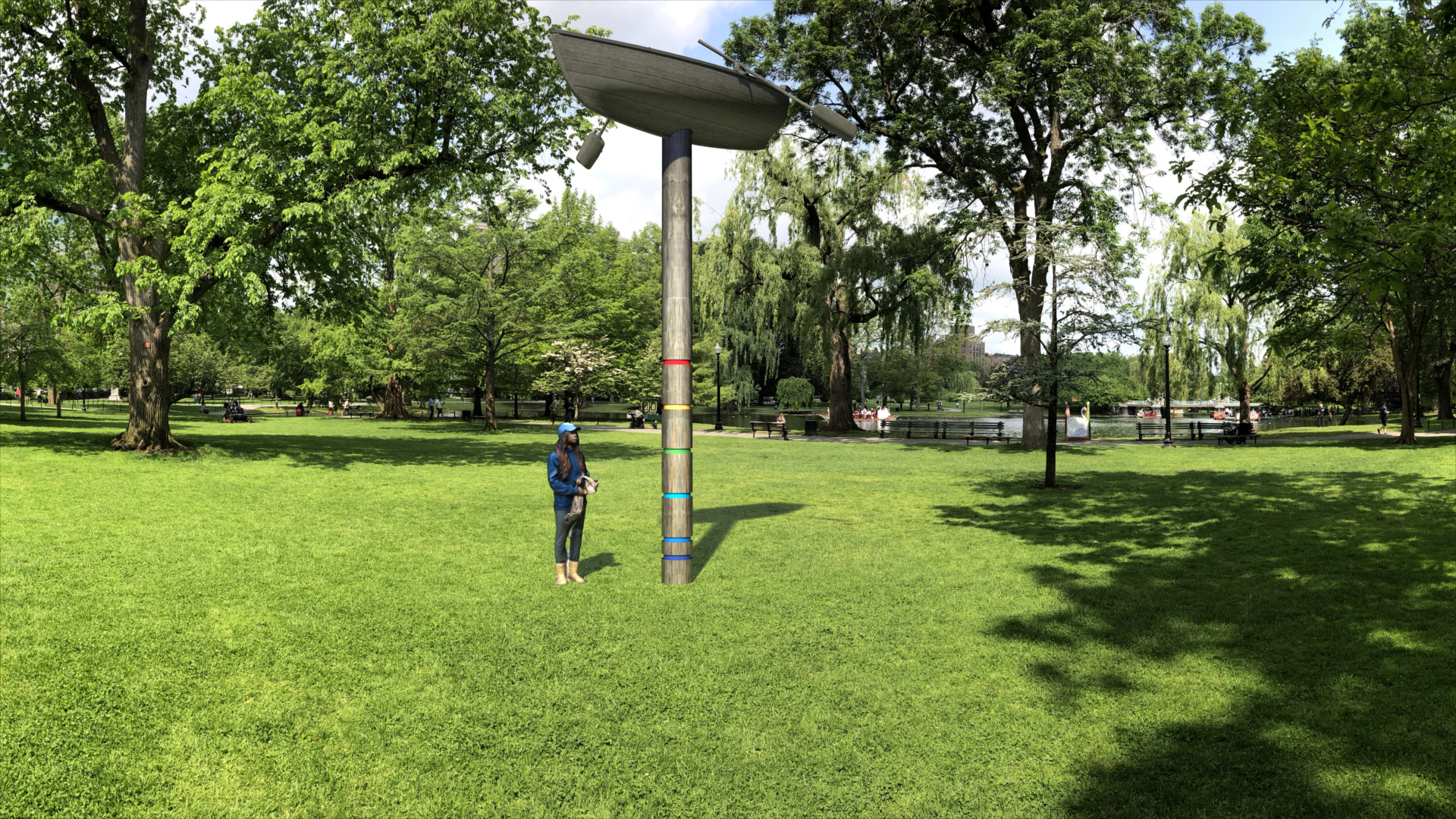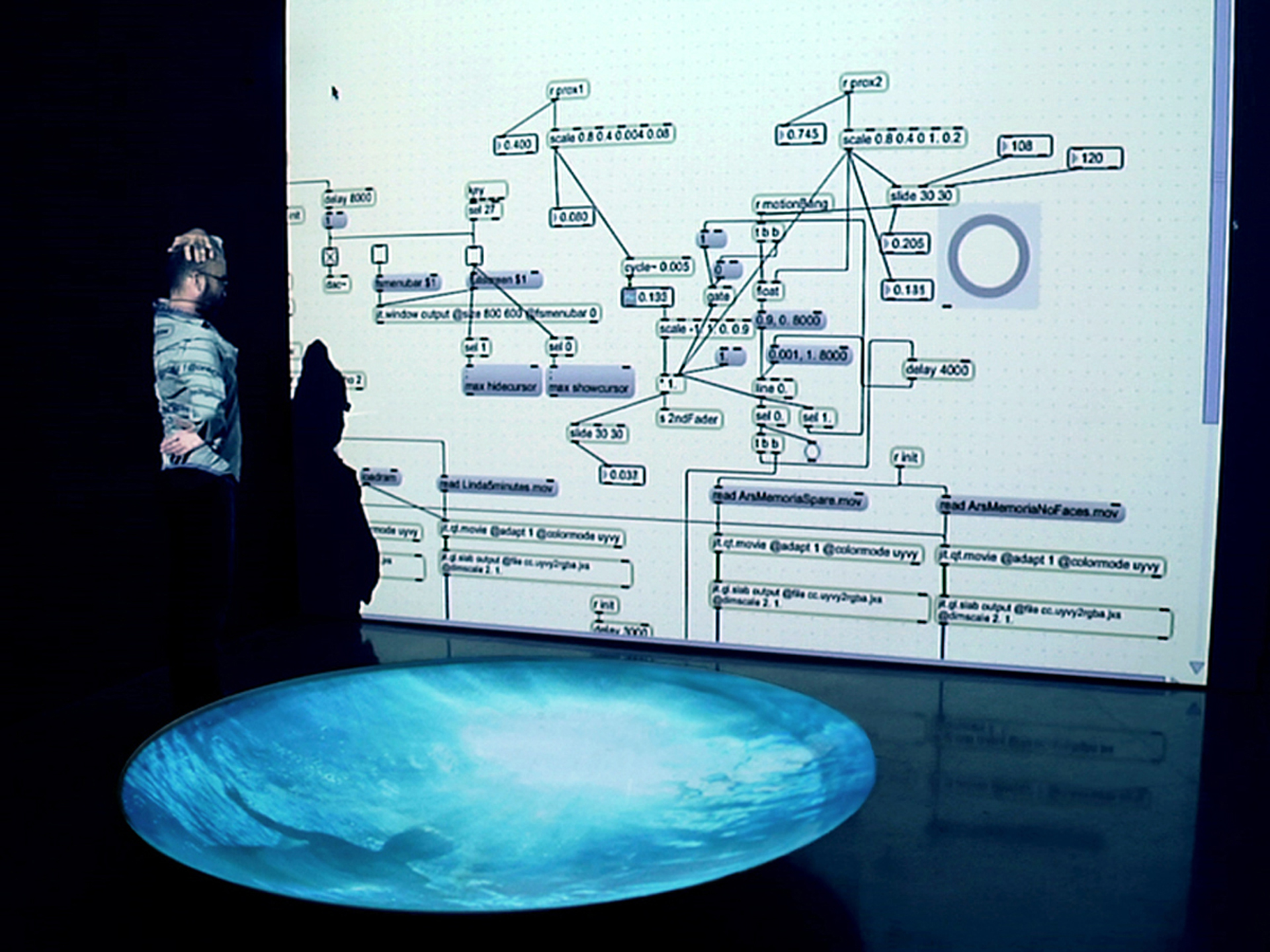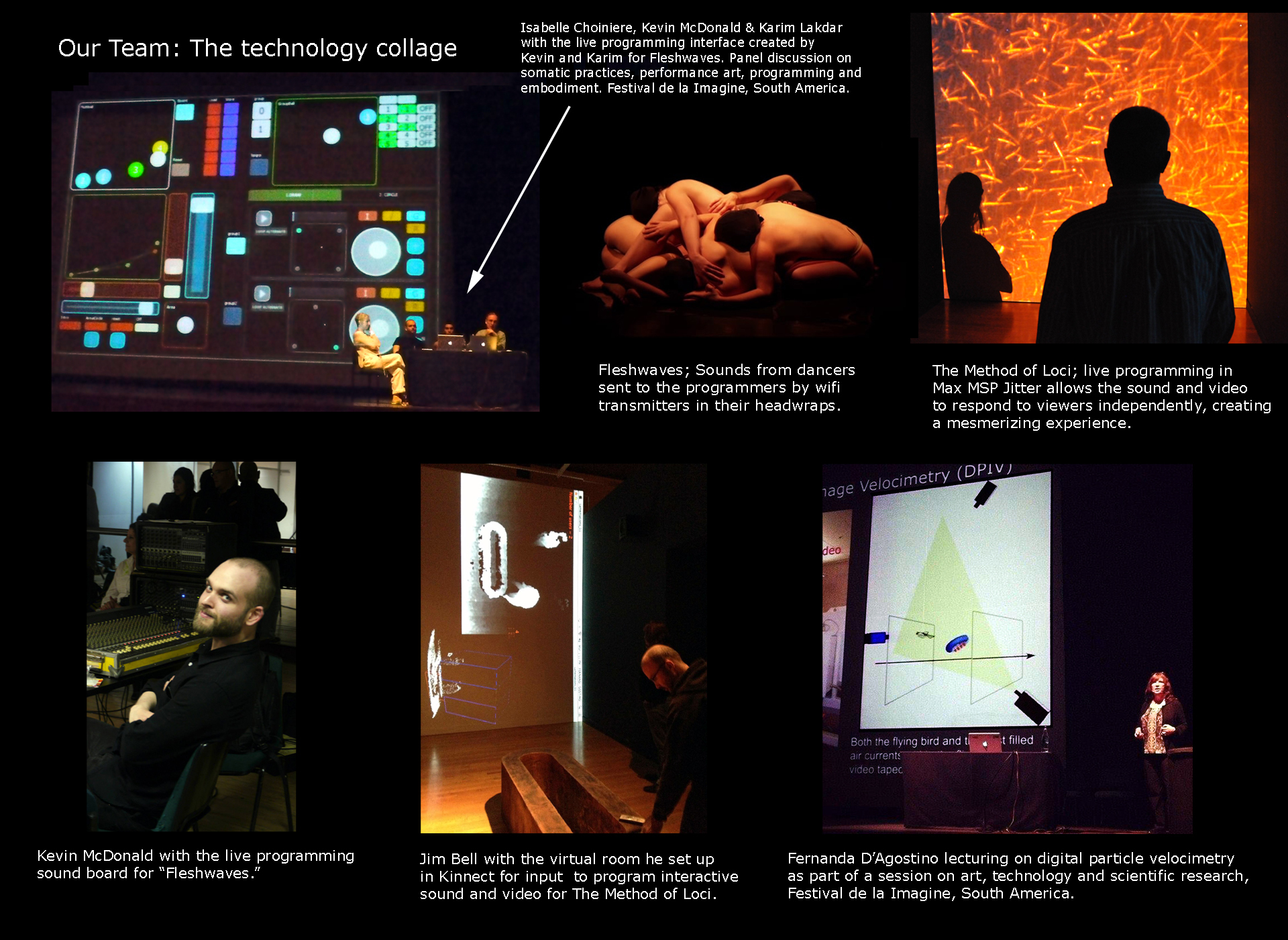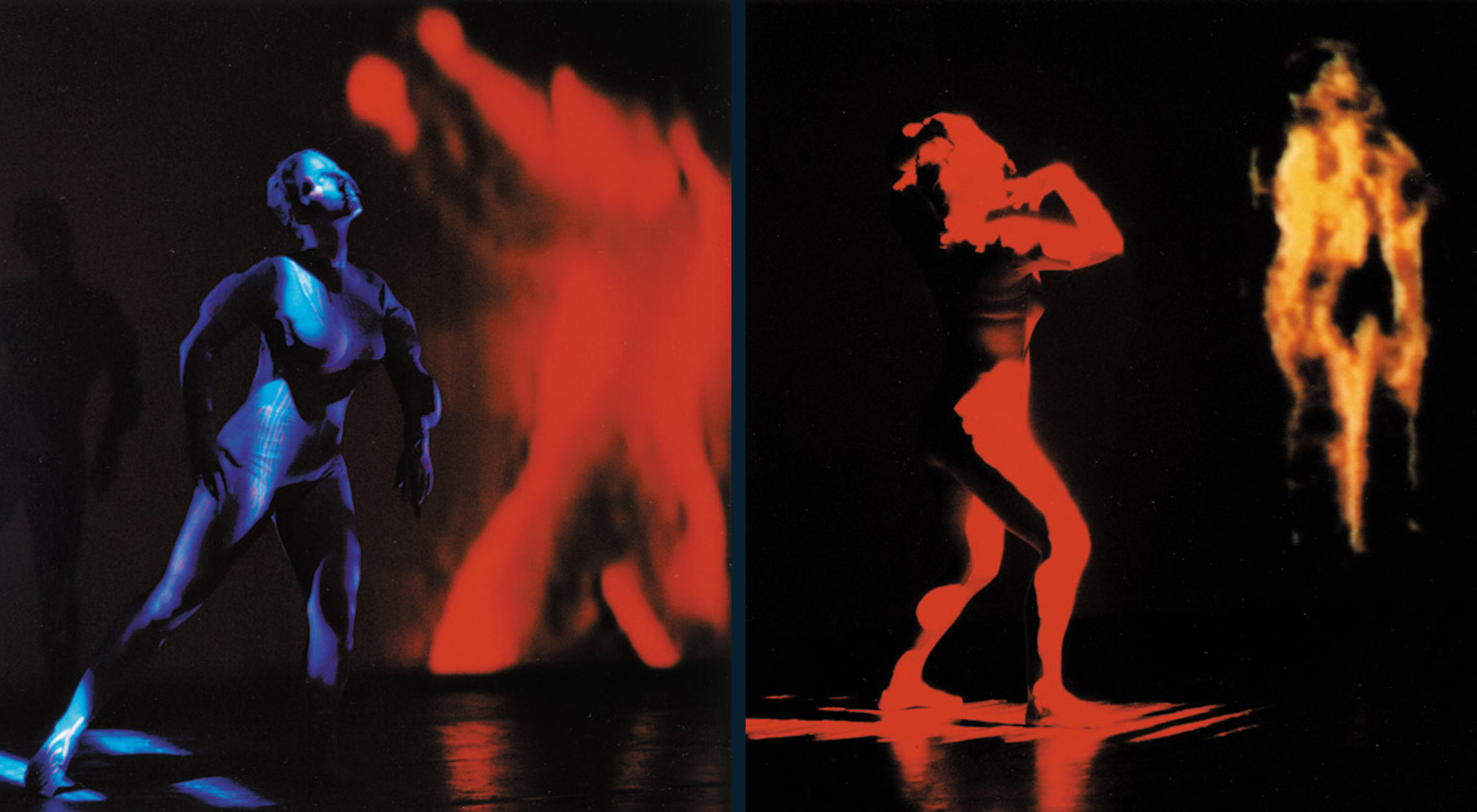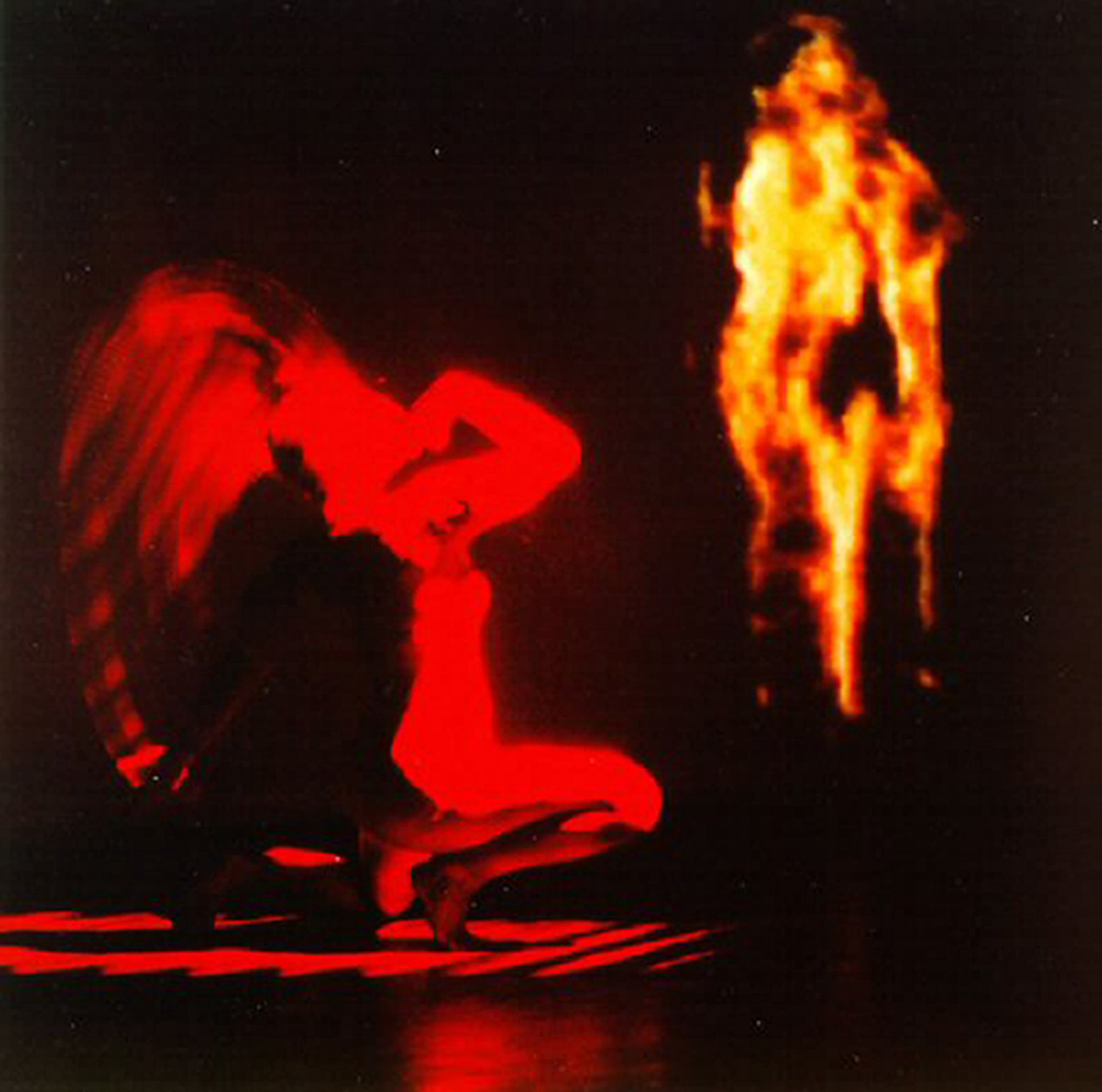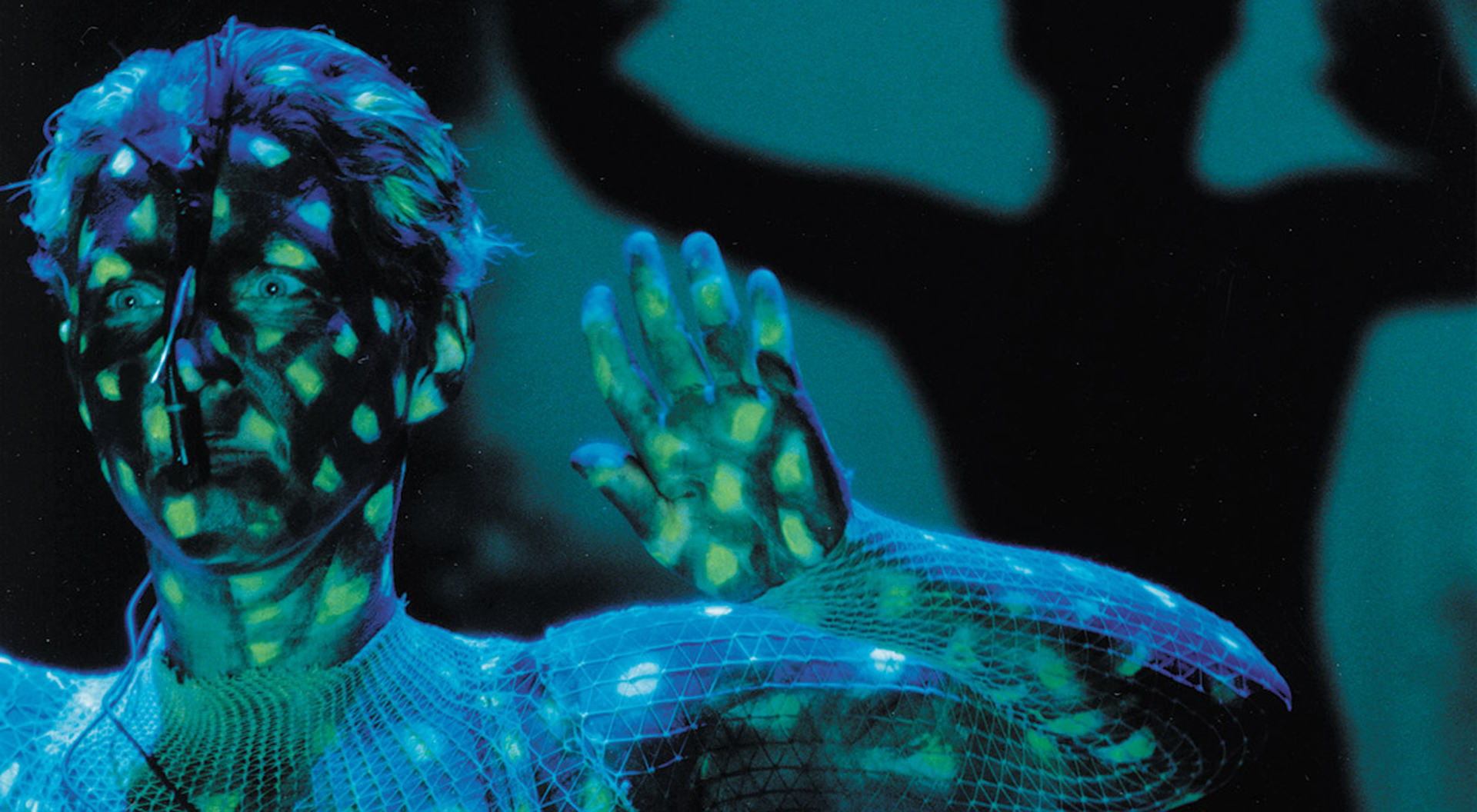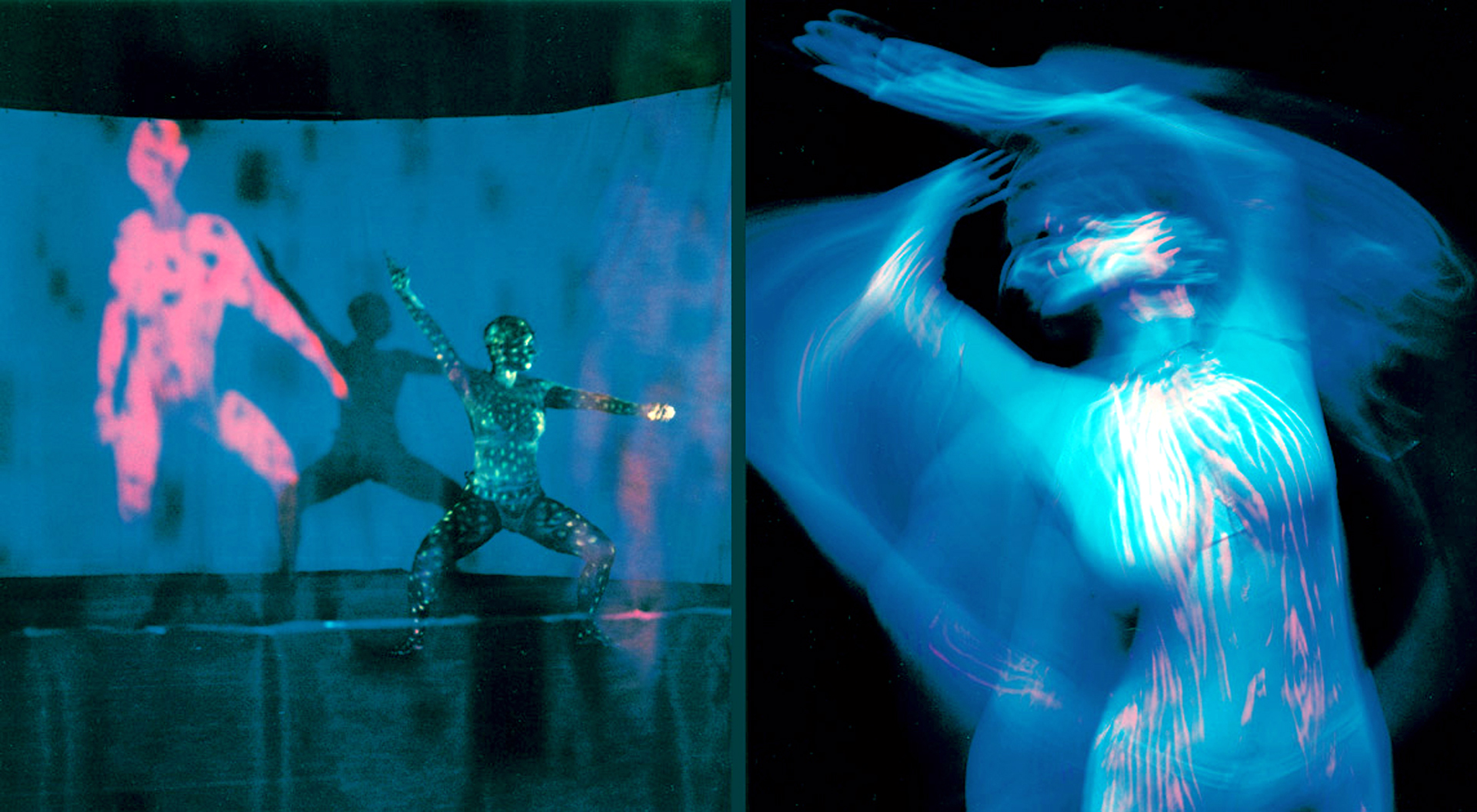Portfolio of Past Projects:
This portfolio shows successfully completed past projects Fernanda D’Agostino, John Craig Freeman and Justin Charles Hoover.
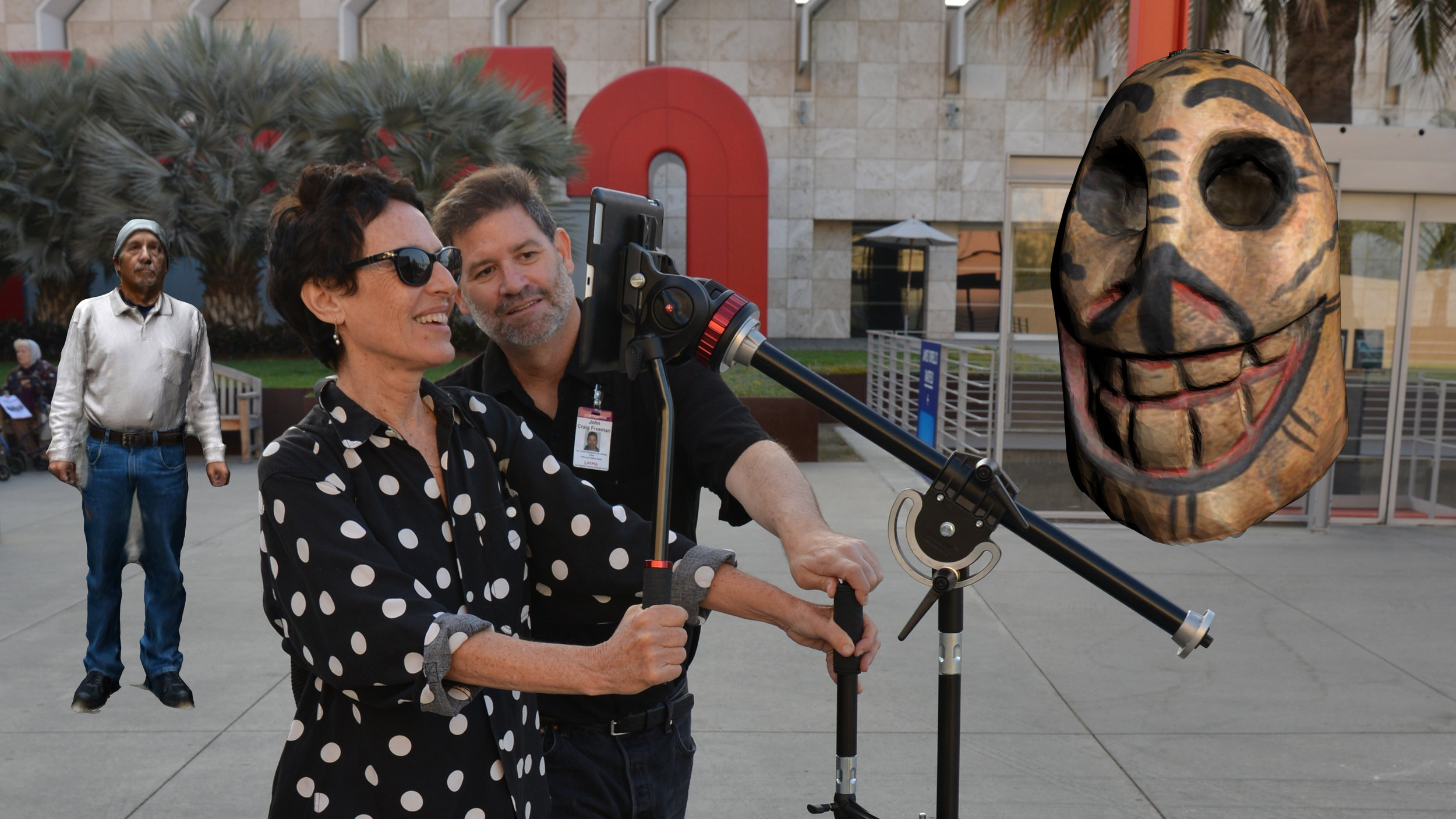
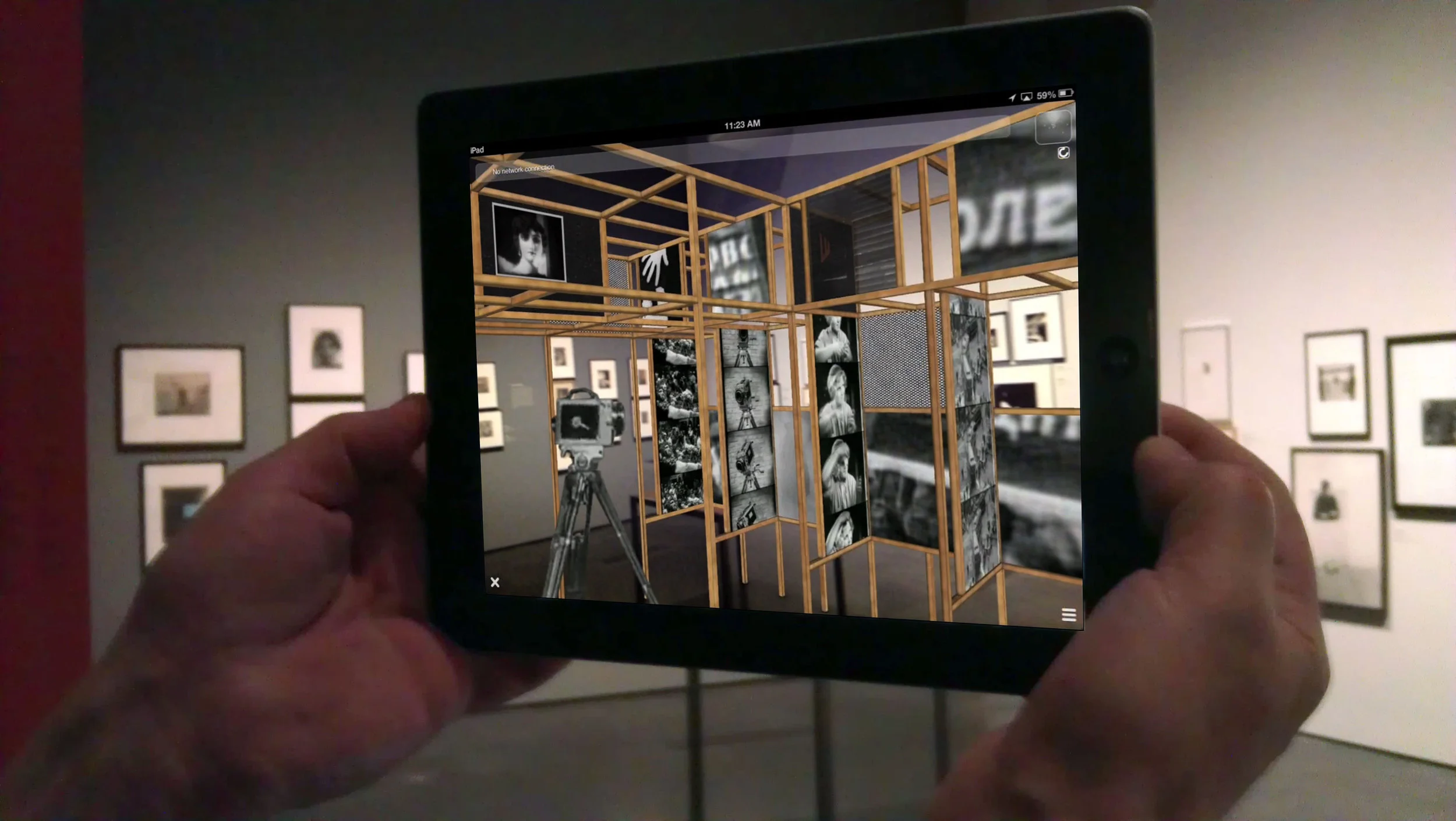

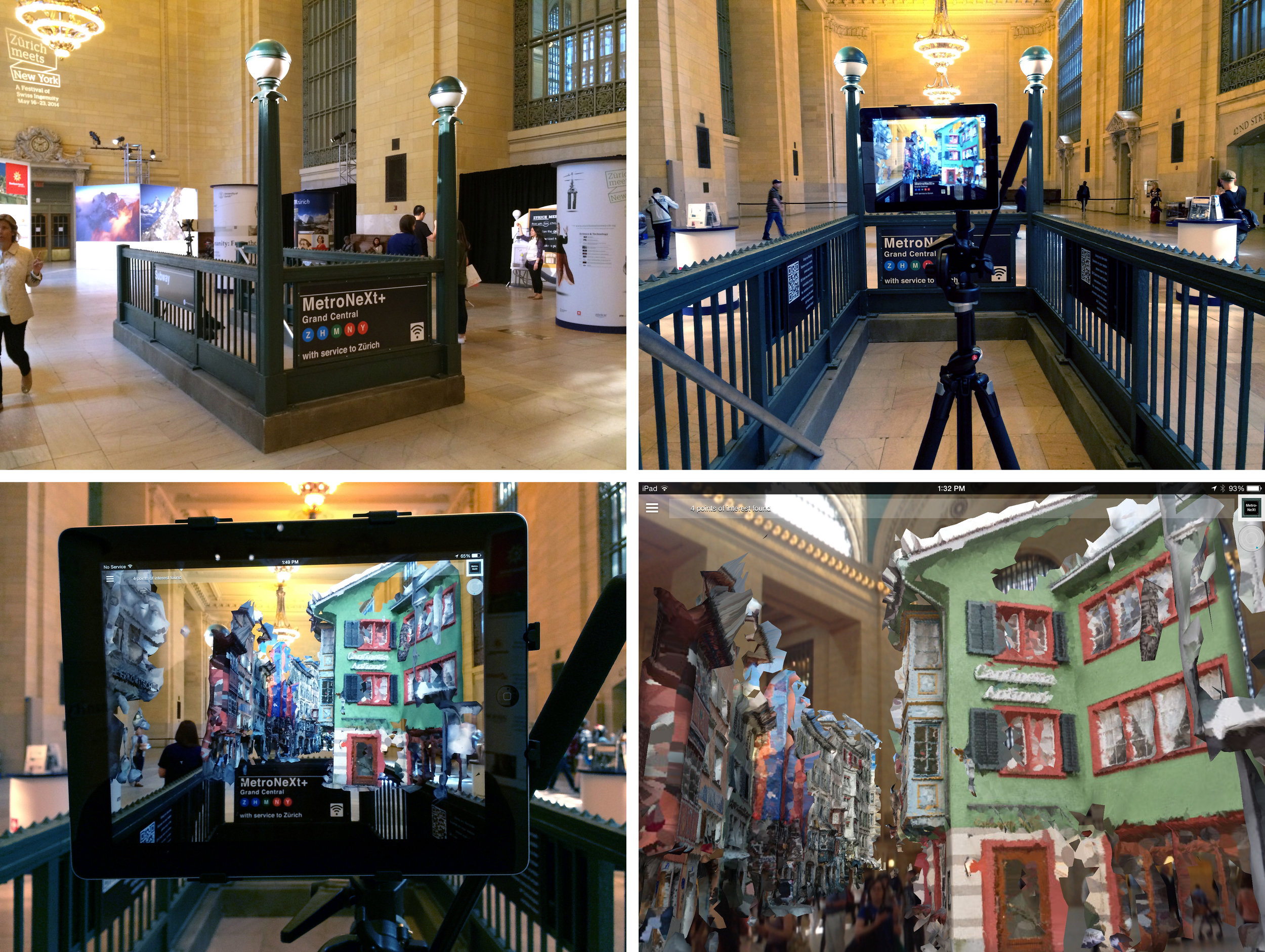
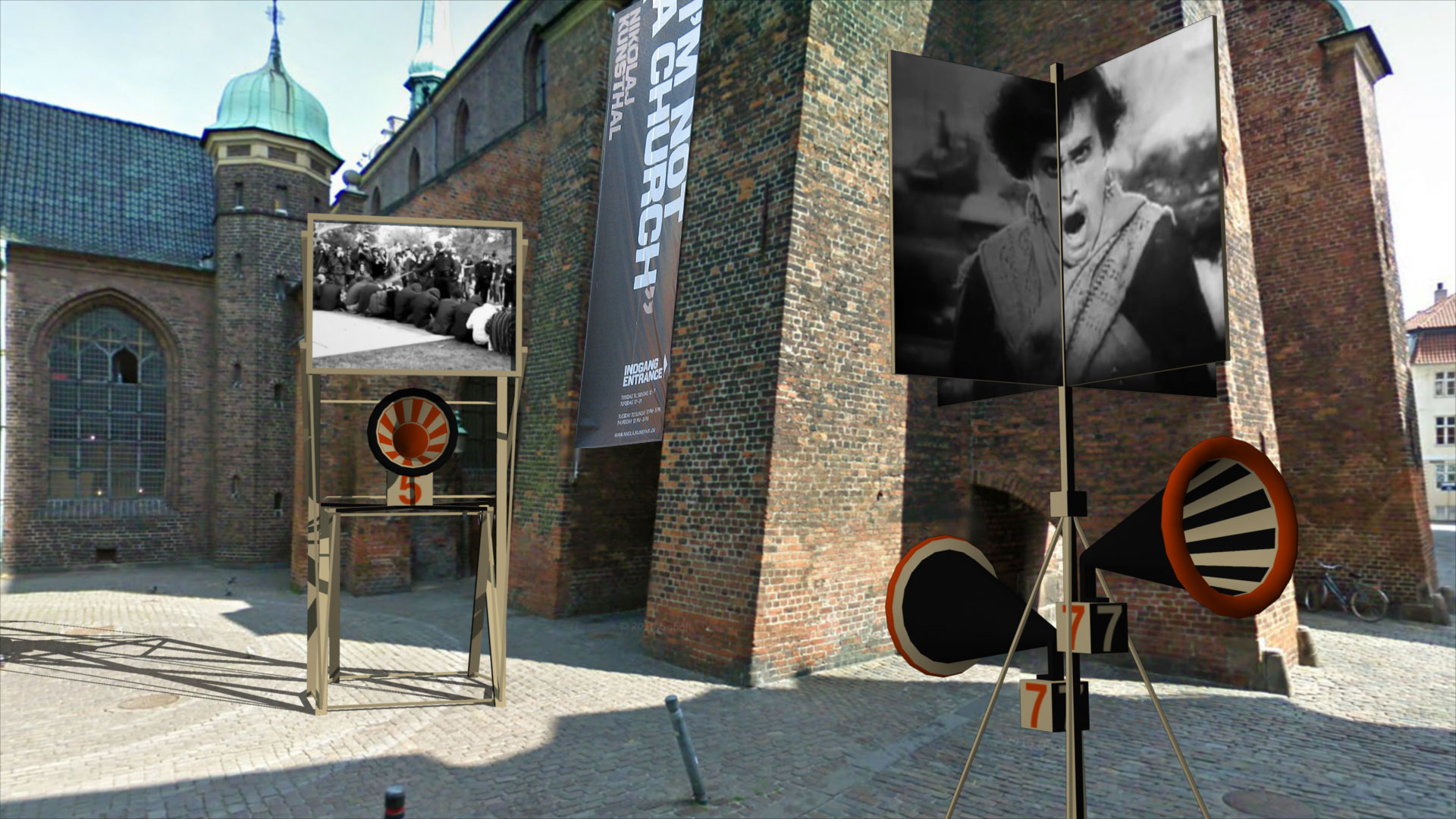


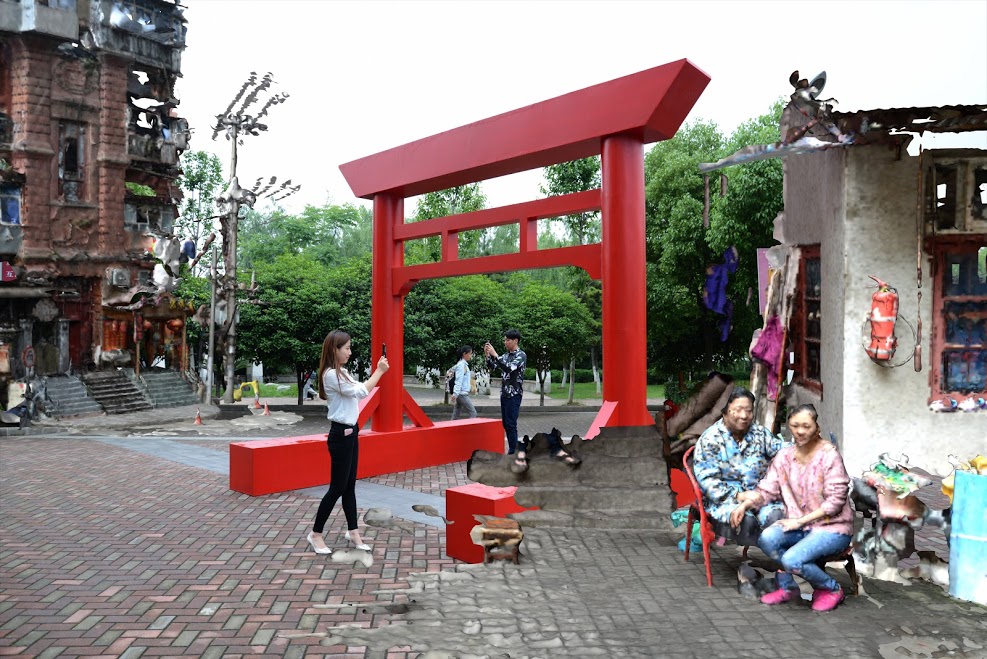
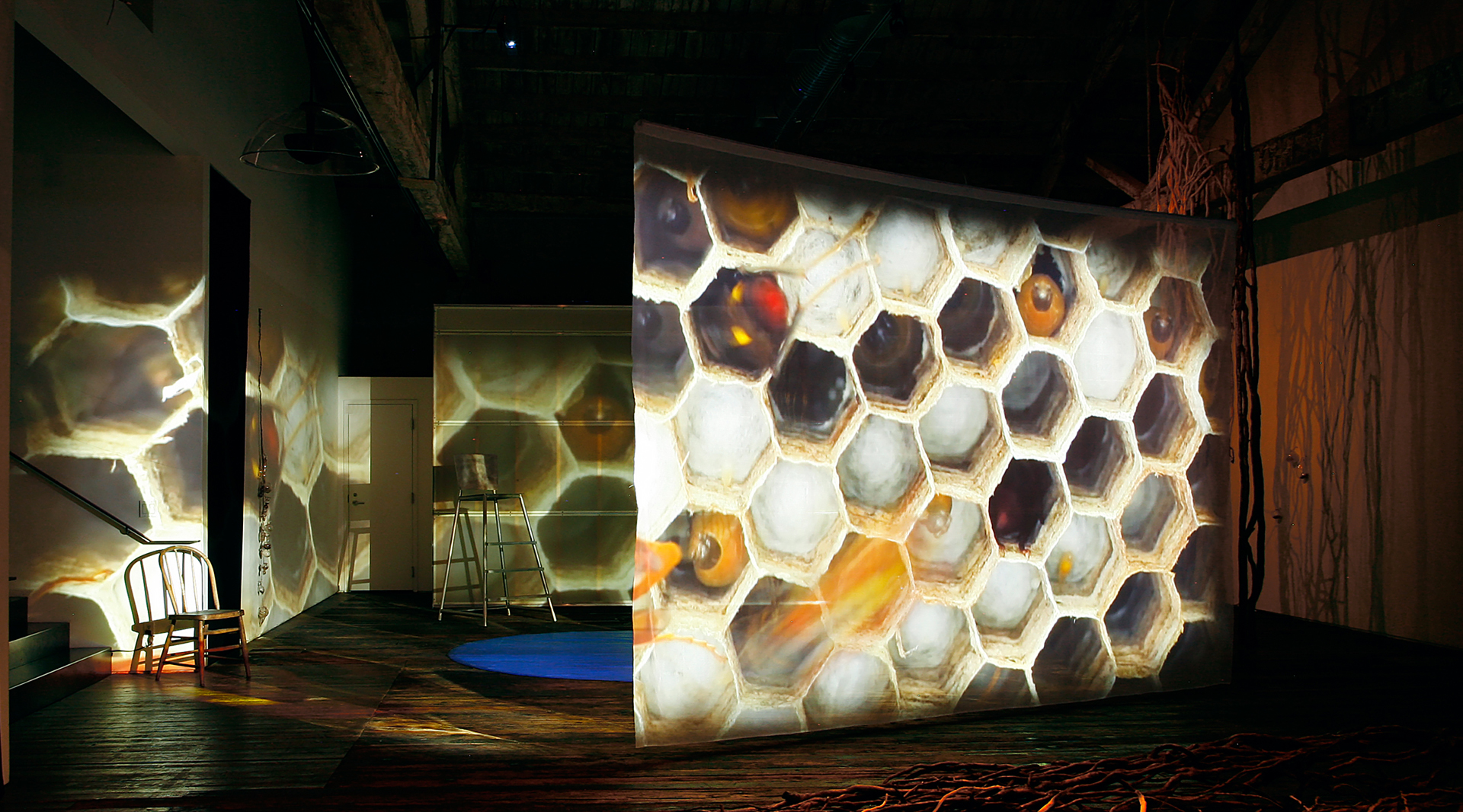
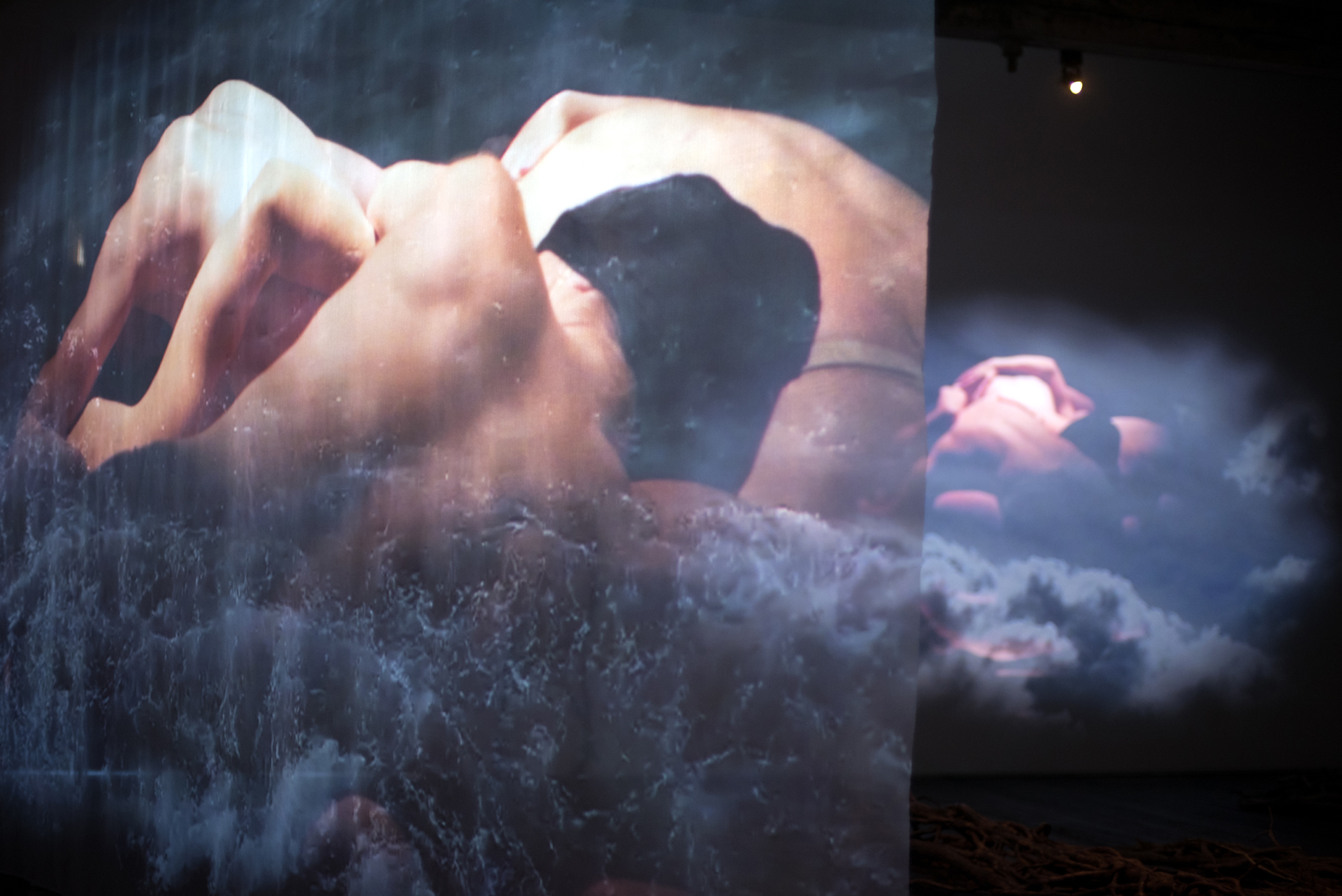
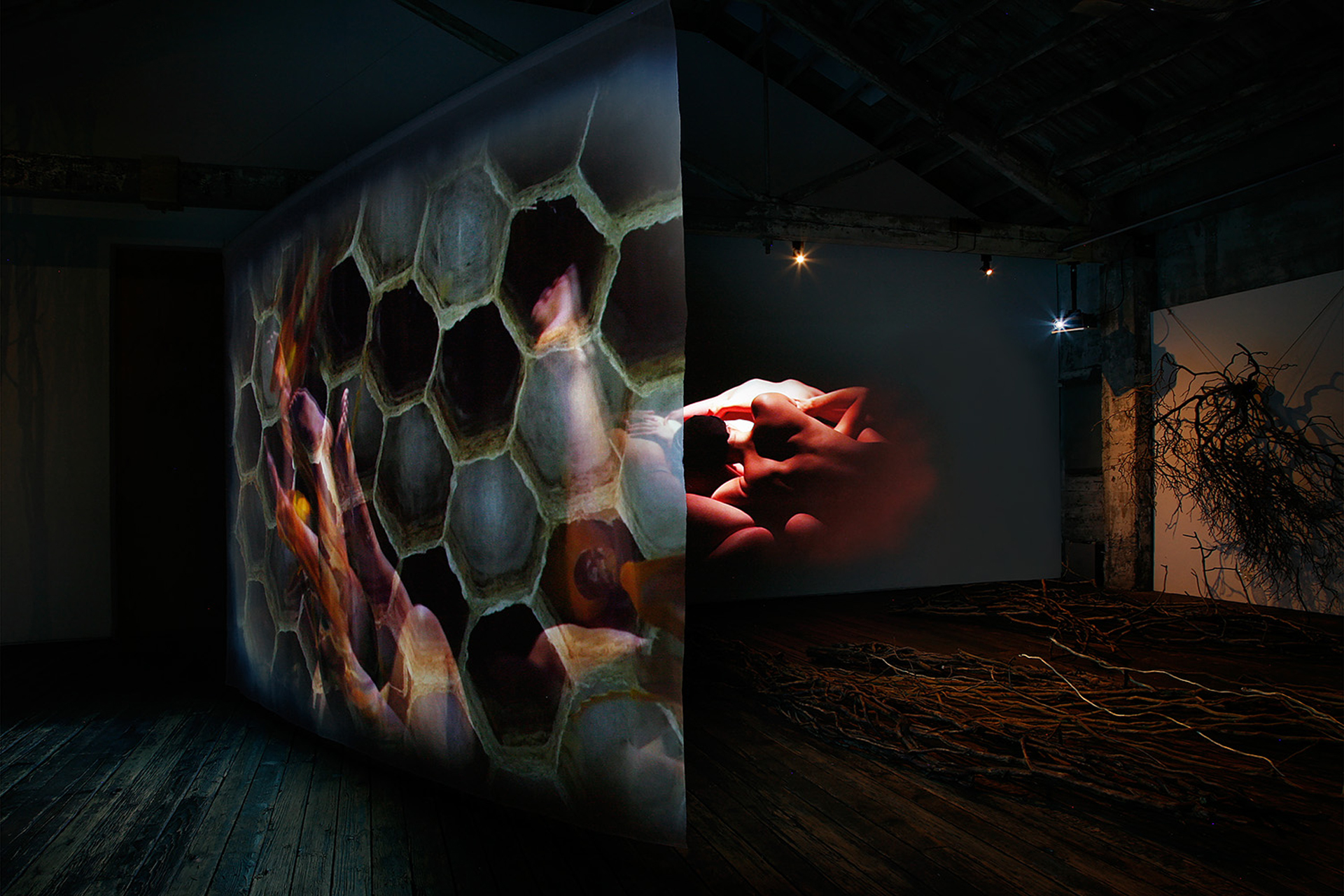
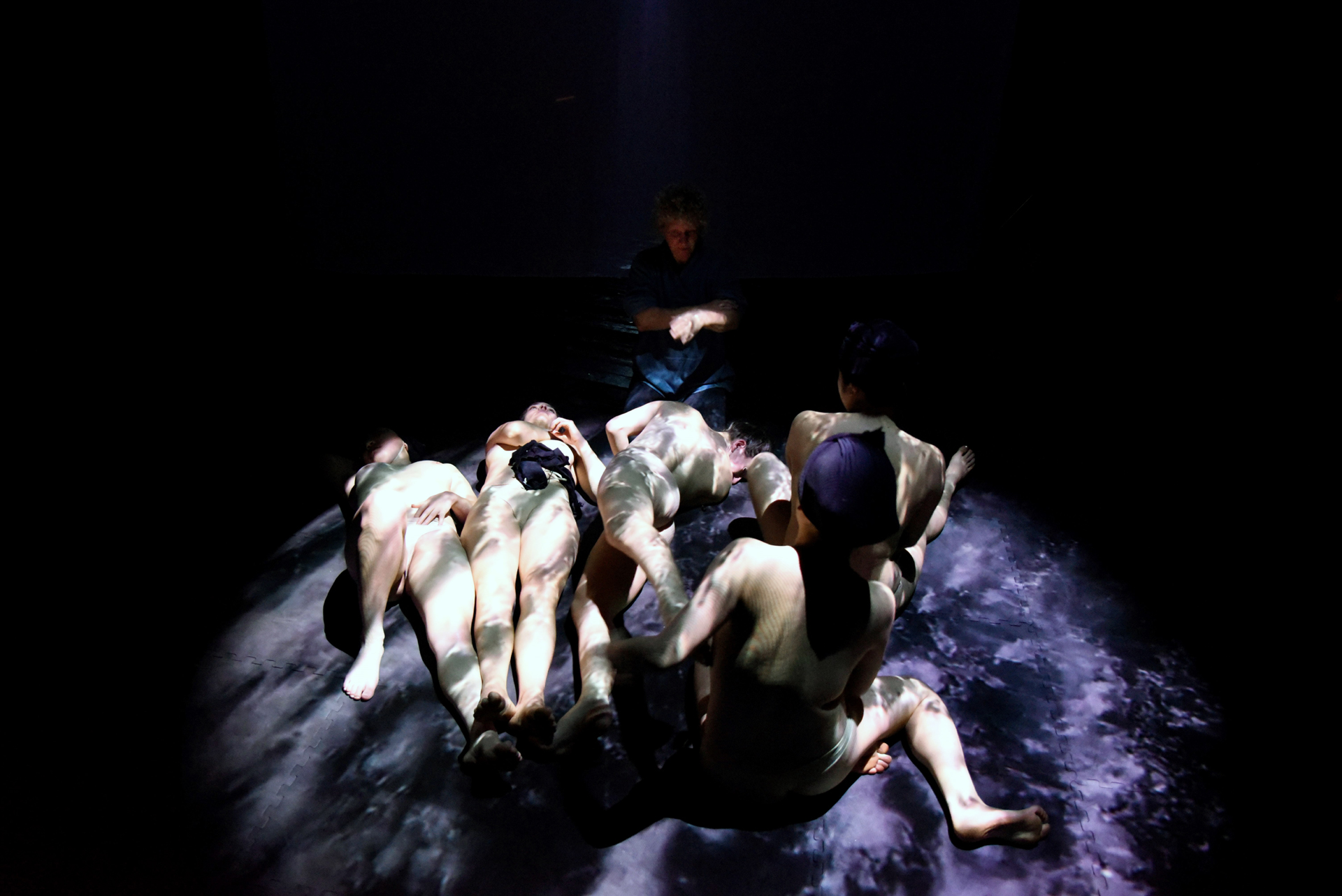
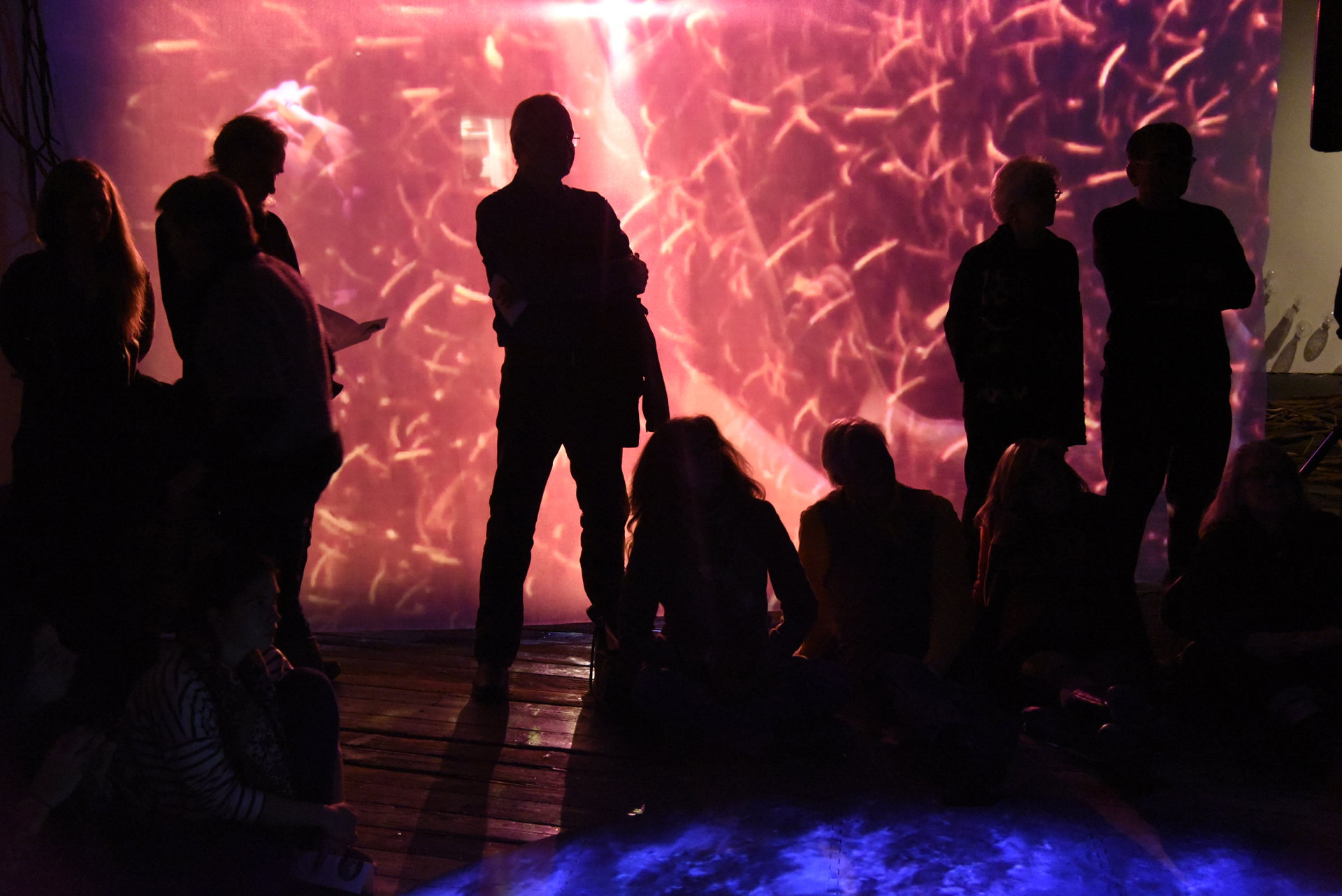
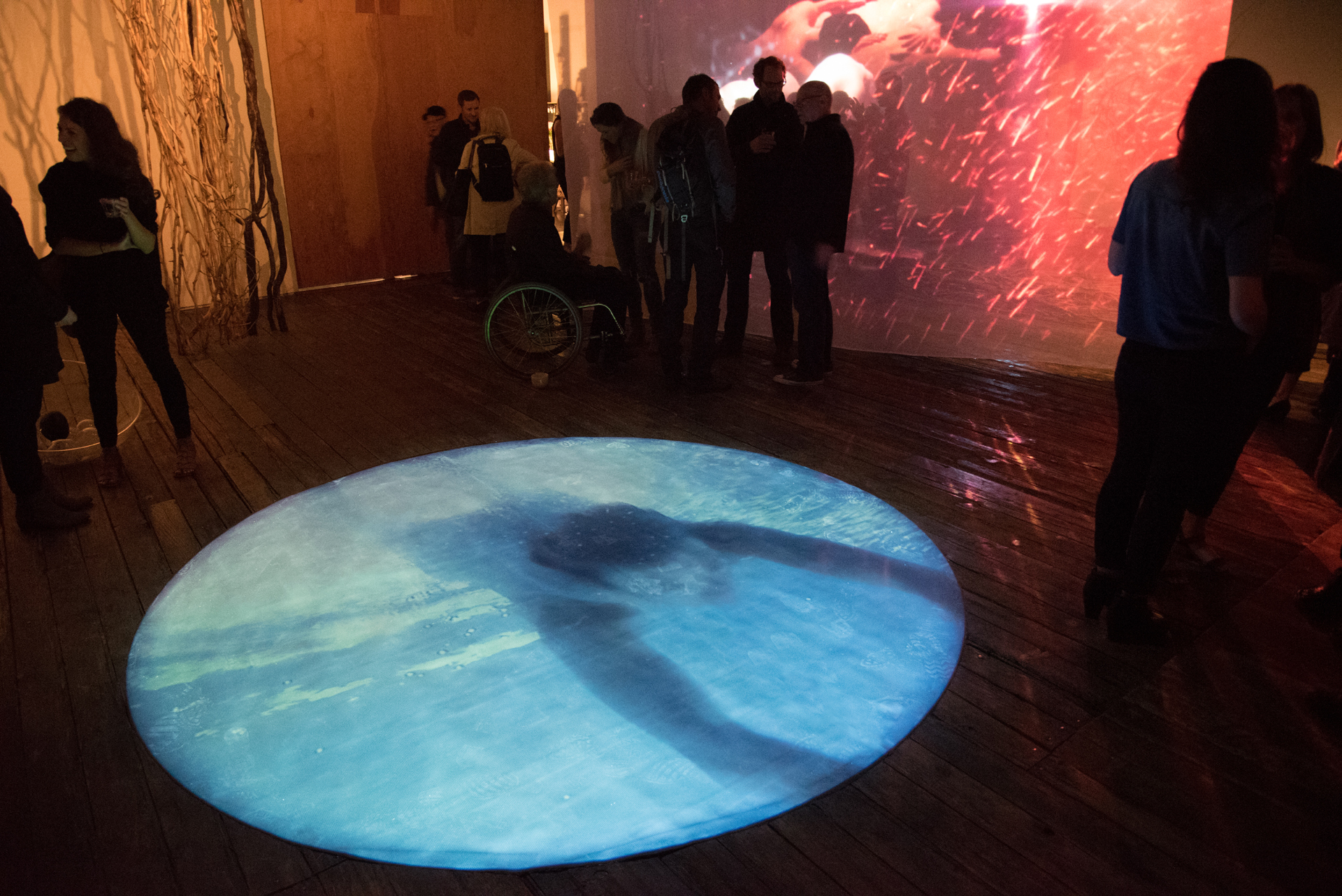
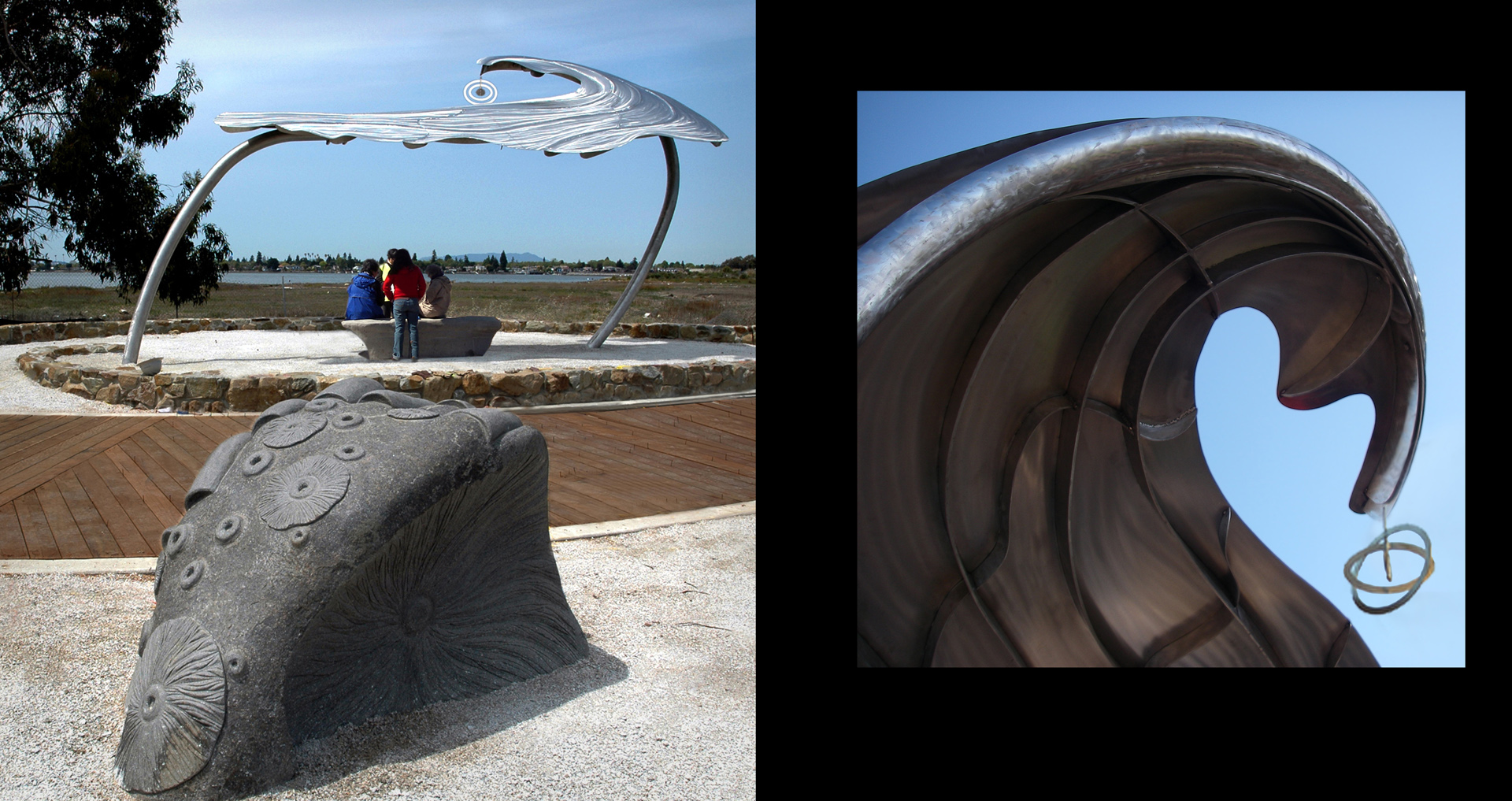
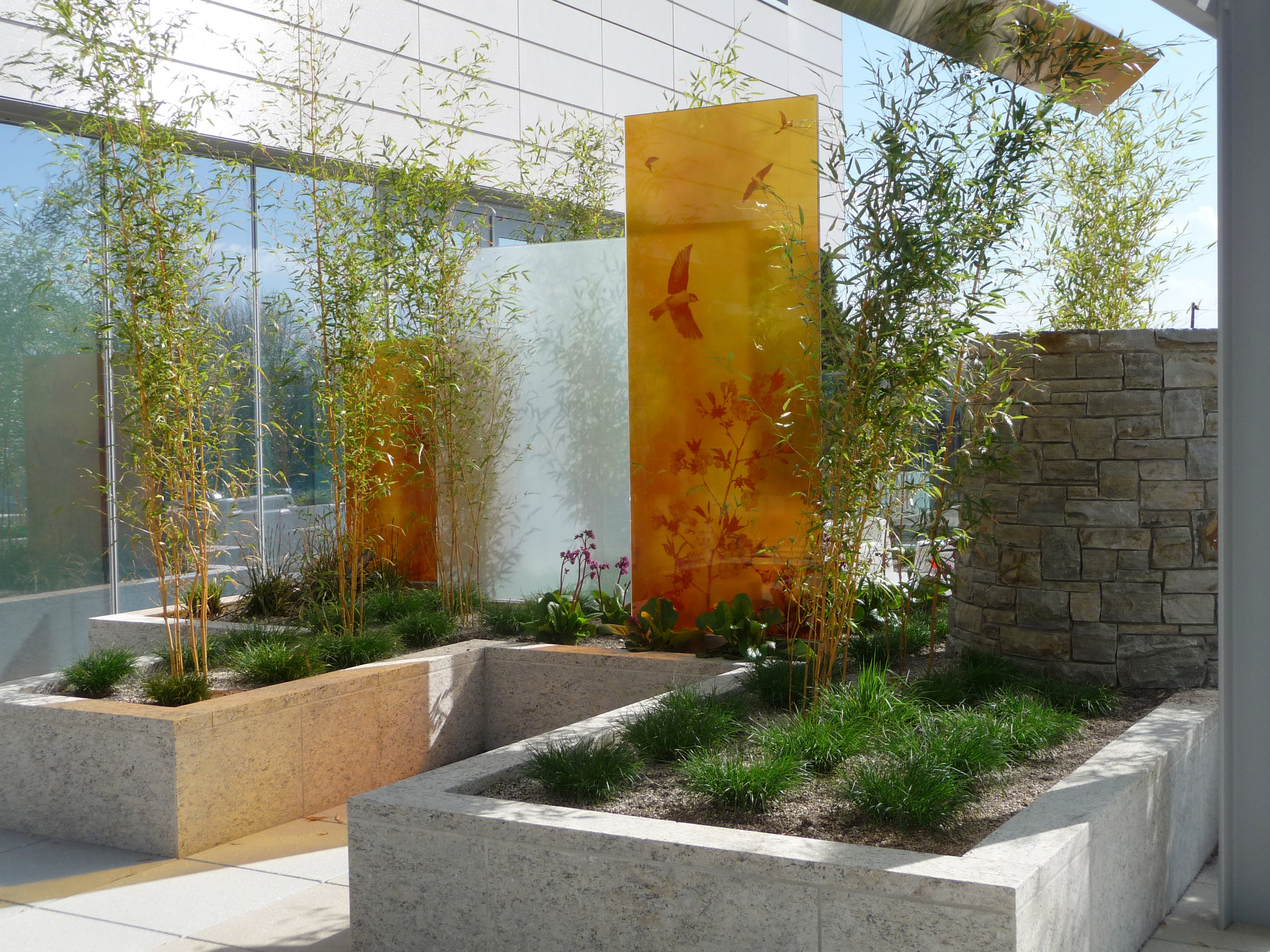
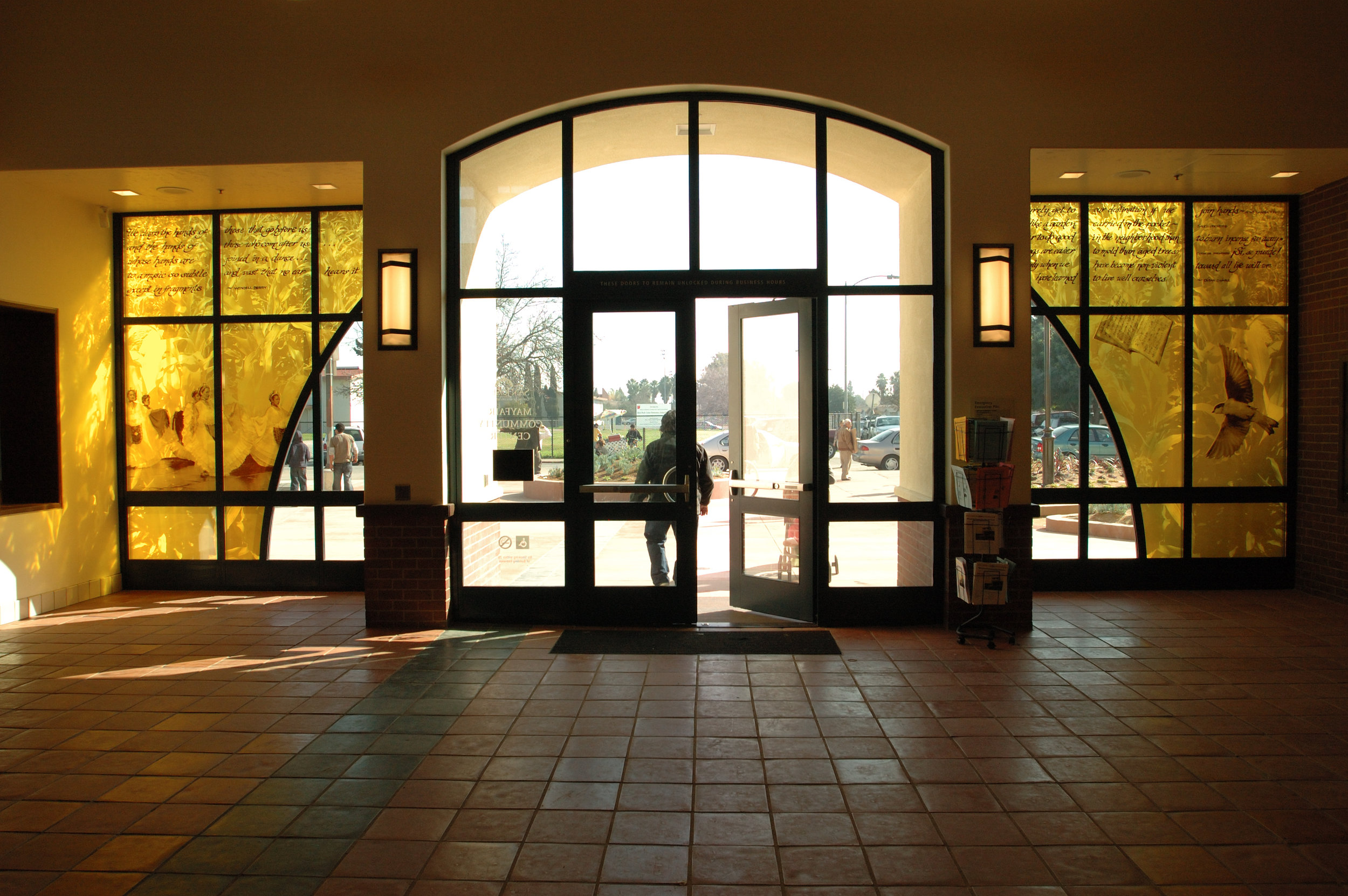
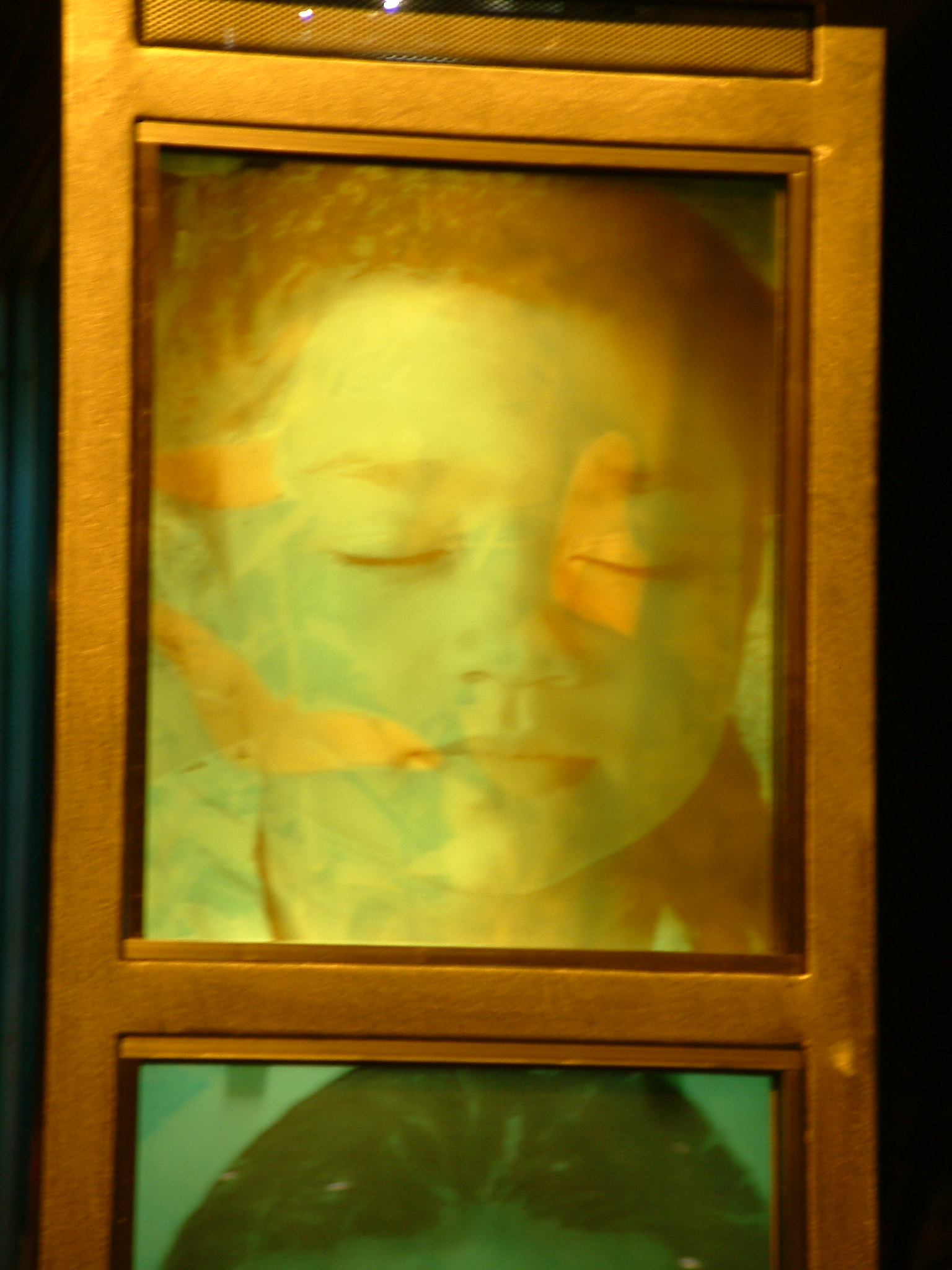
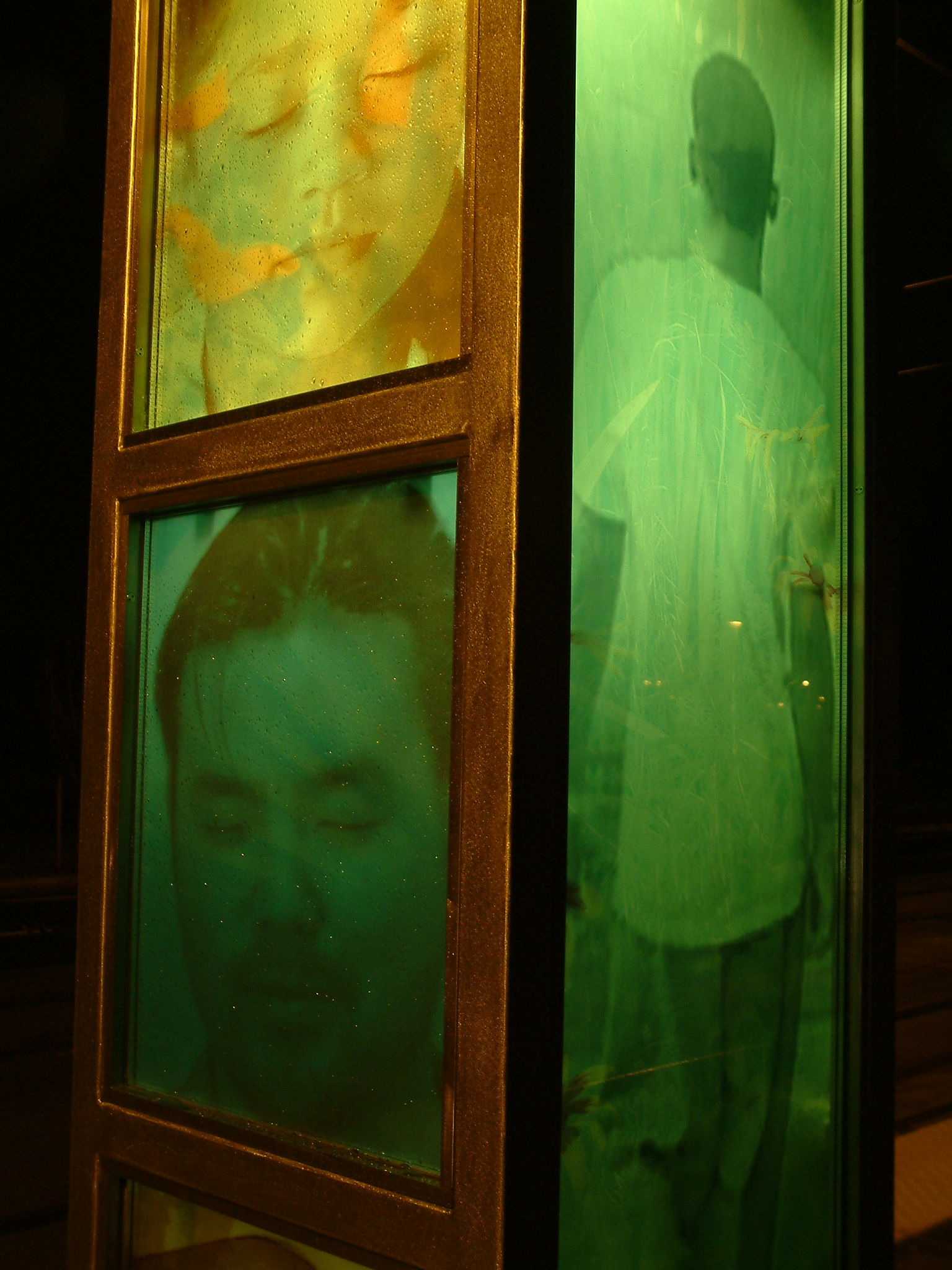
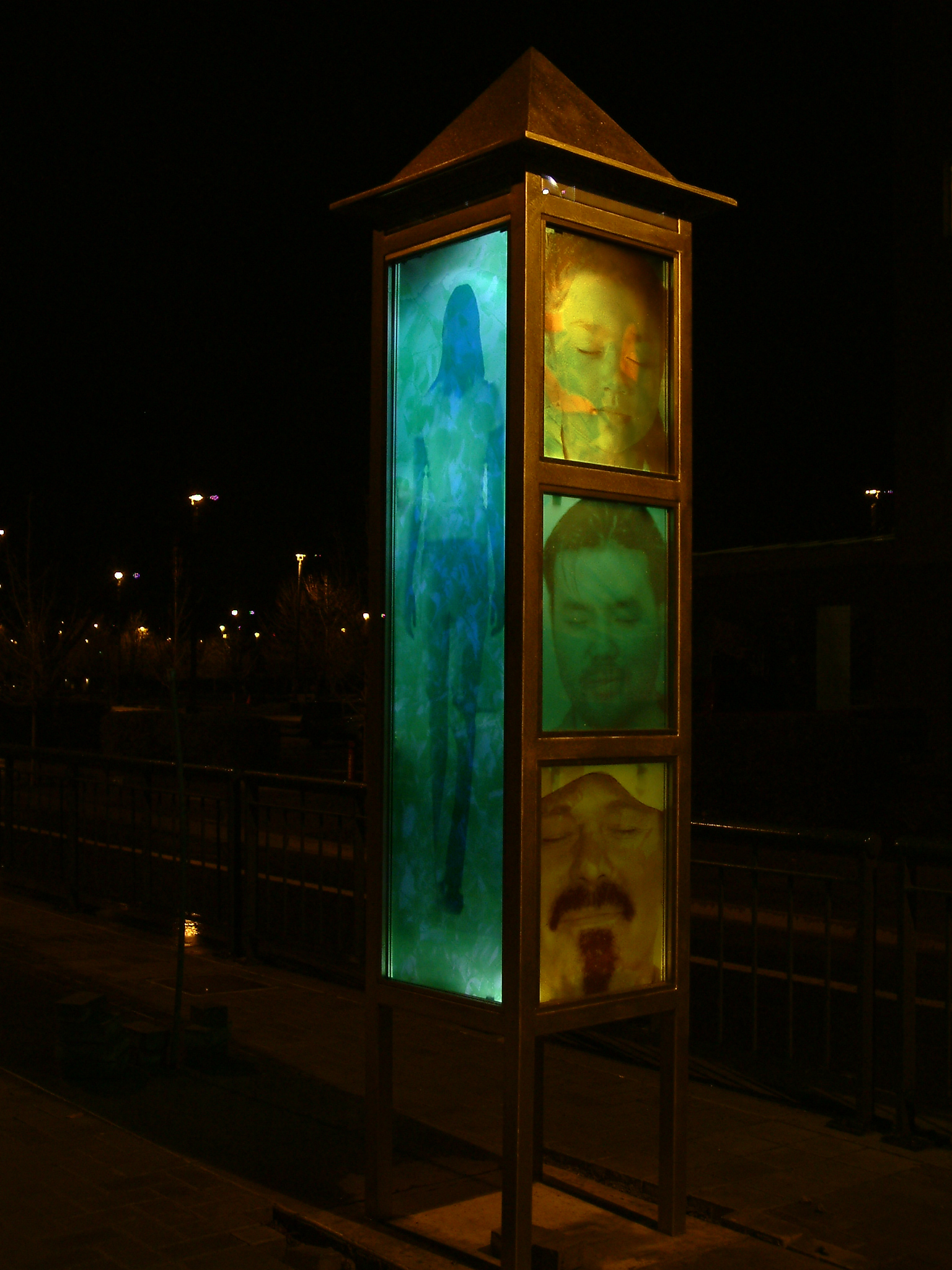
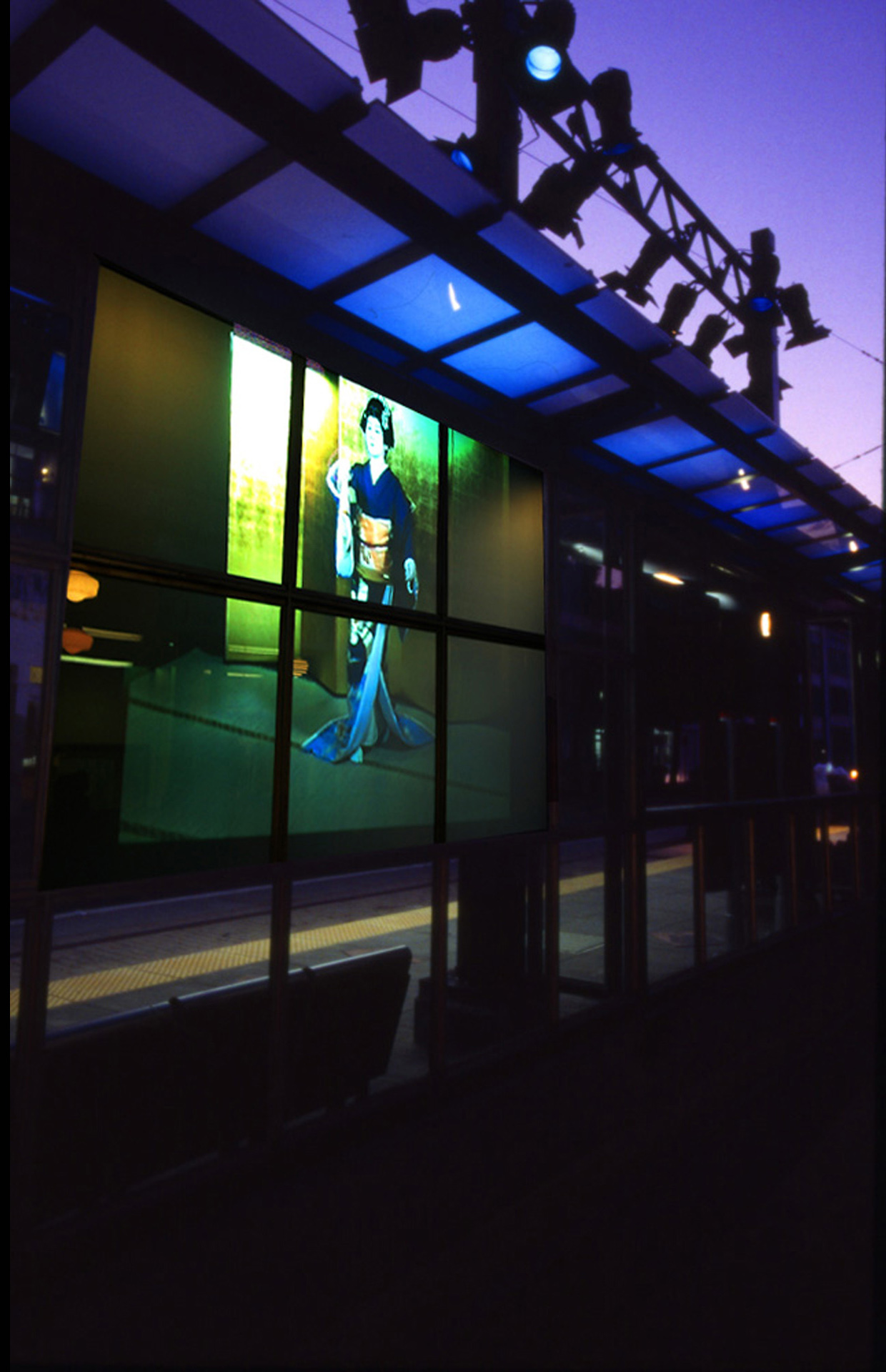
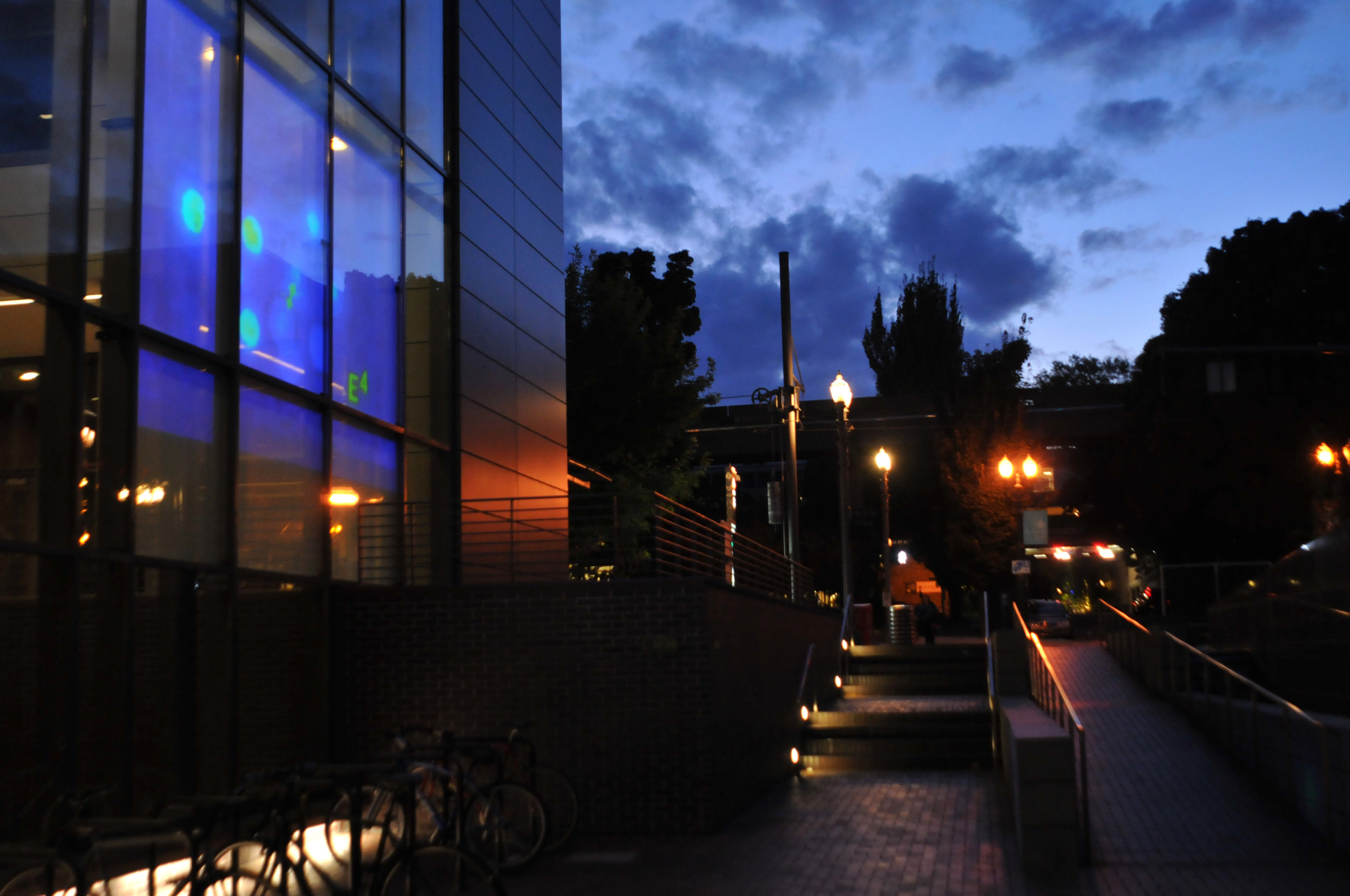

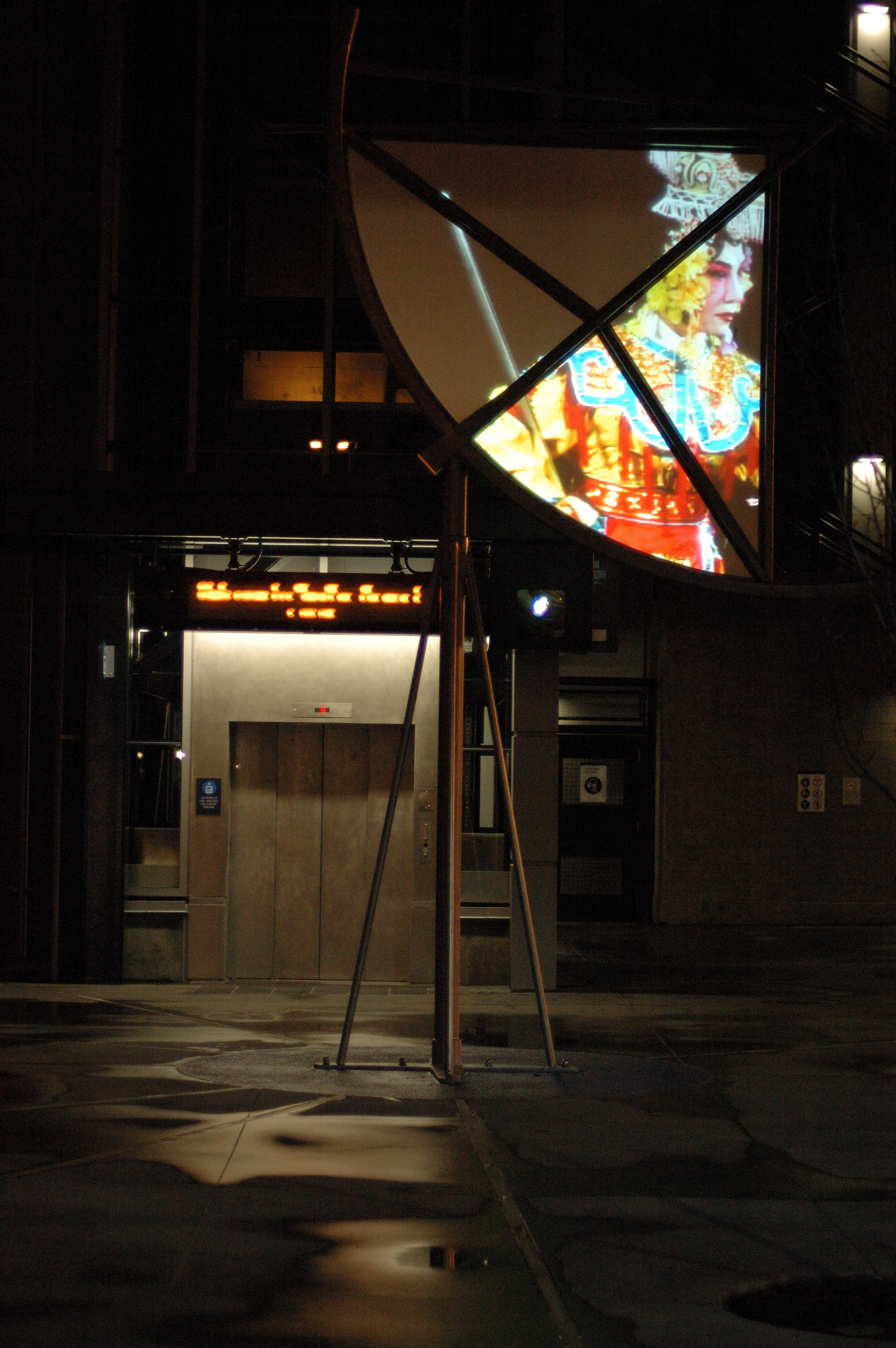
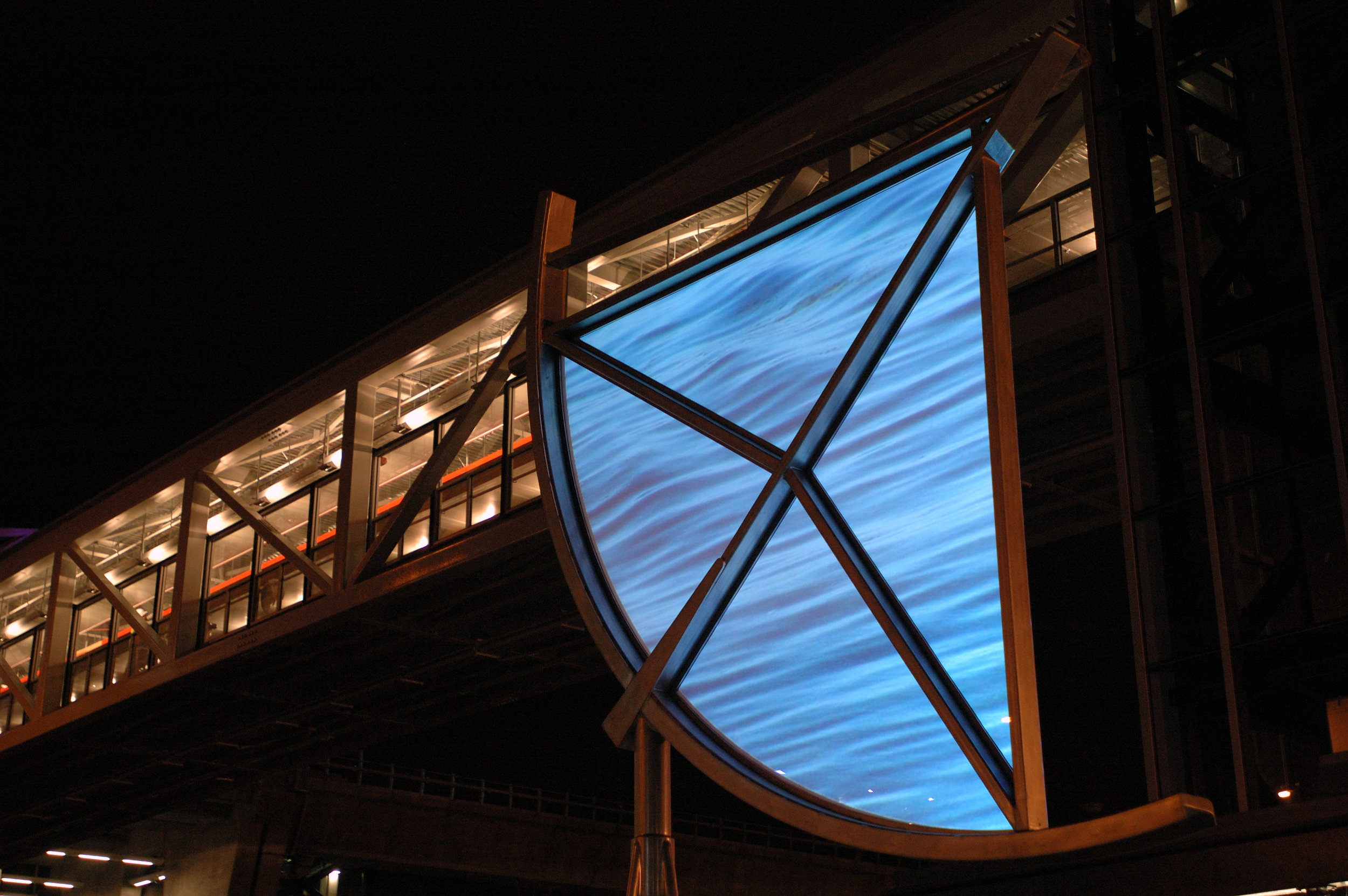
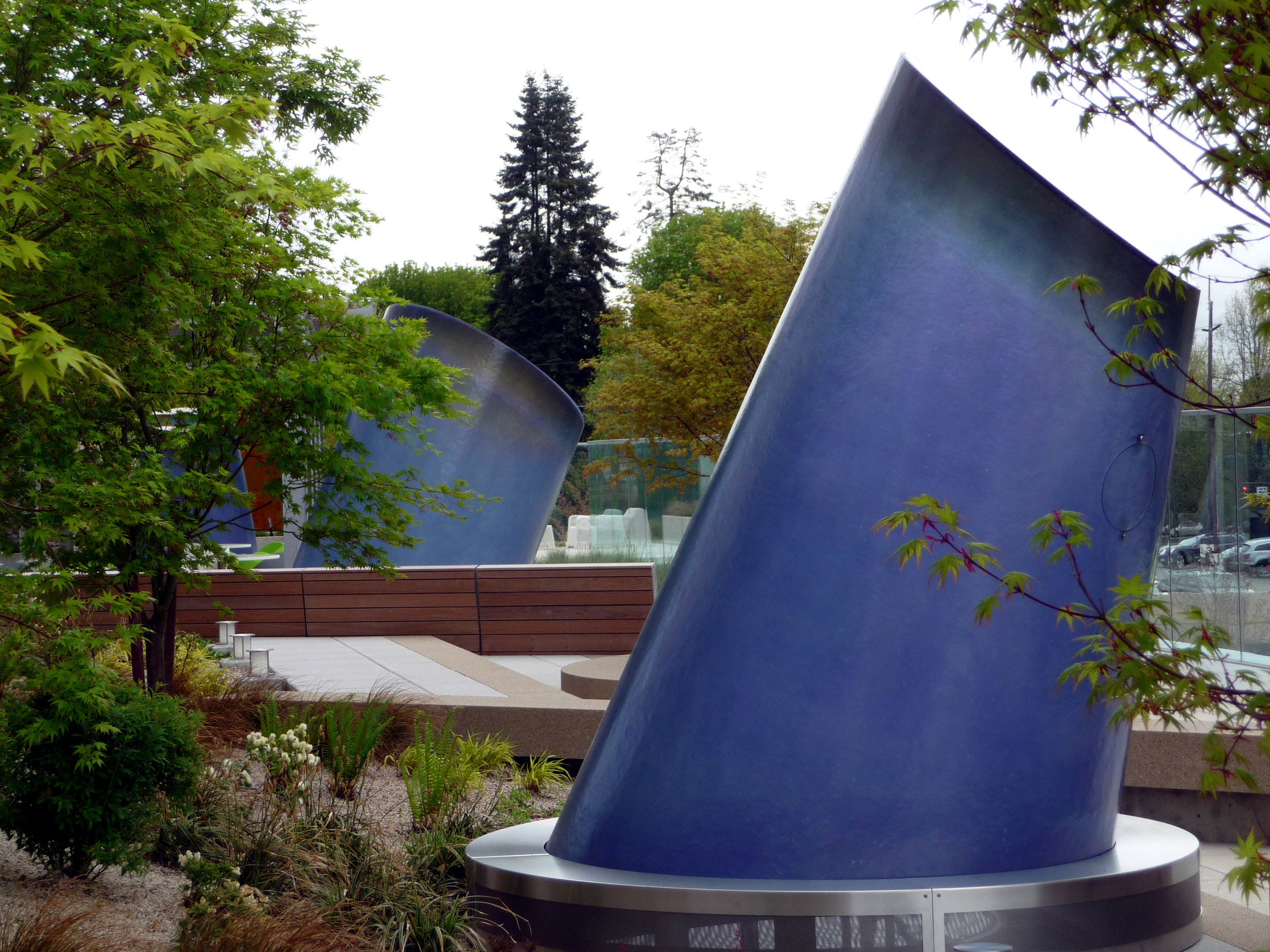
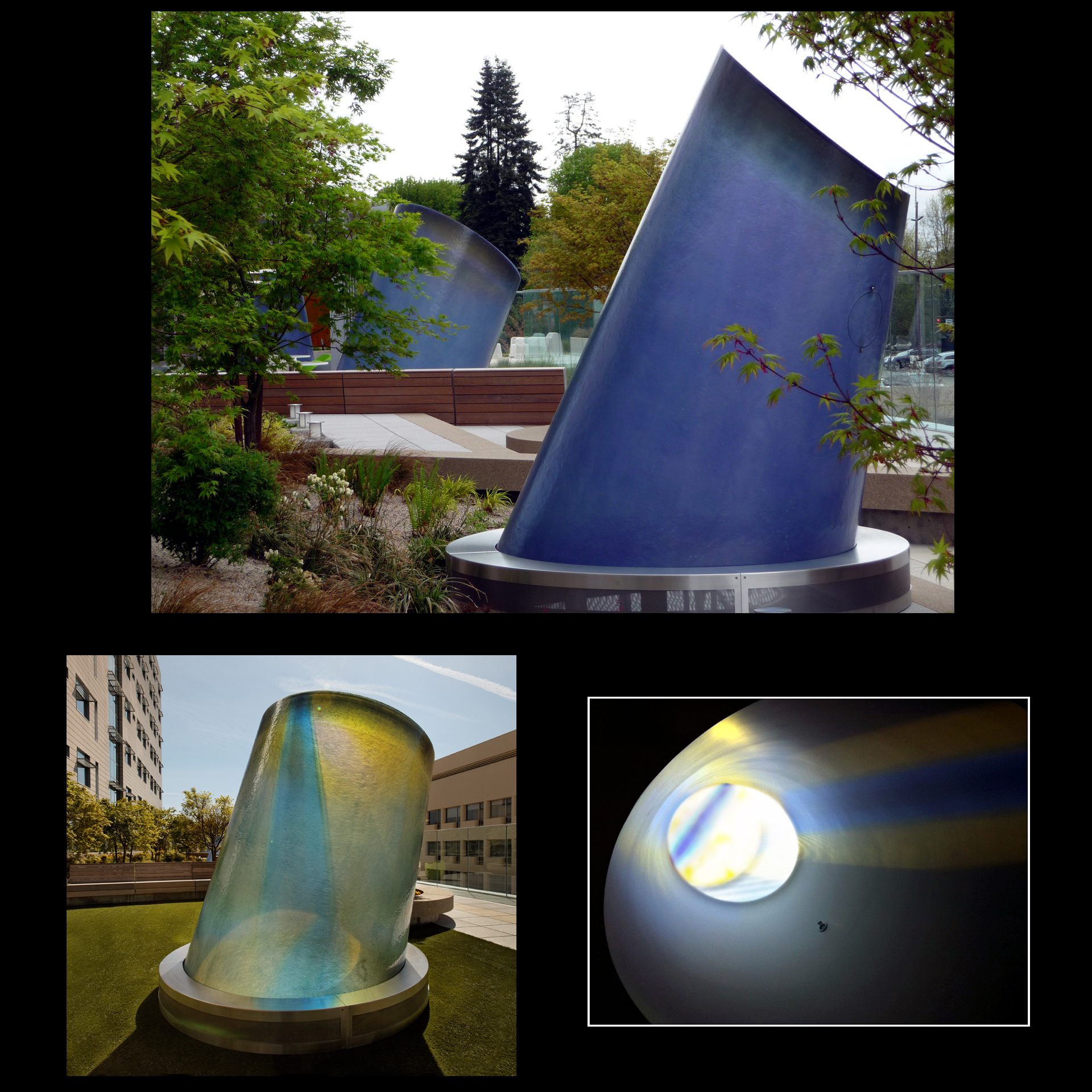
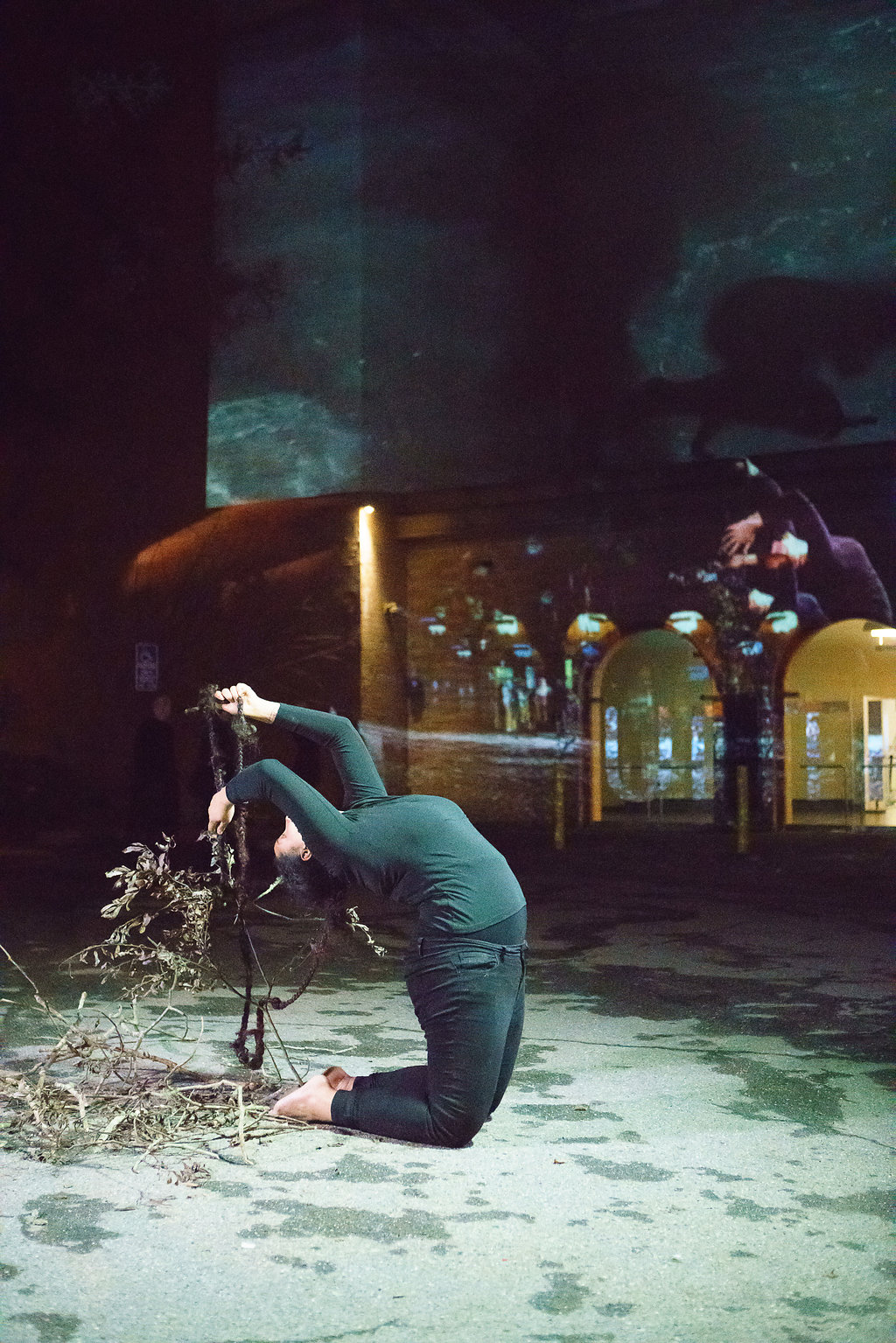
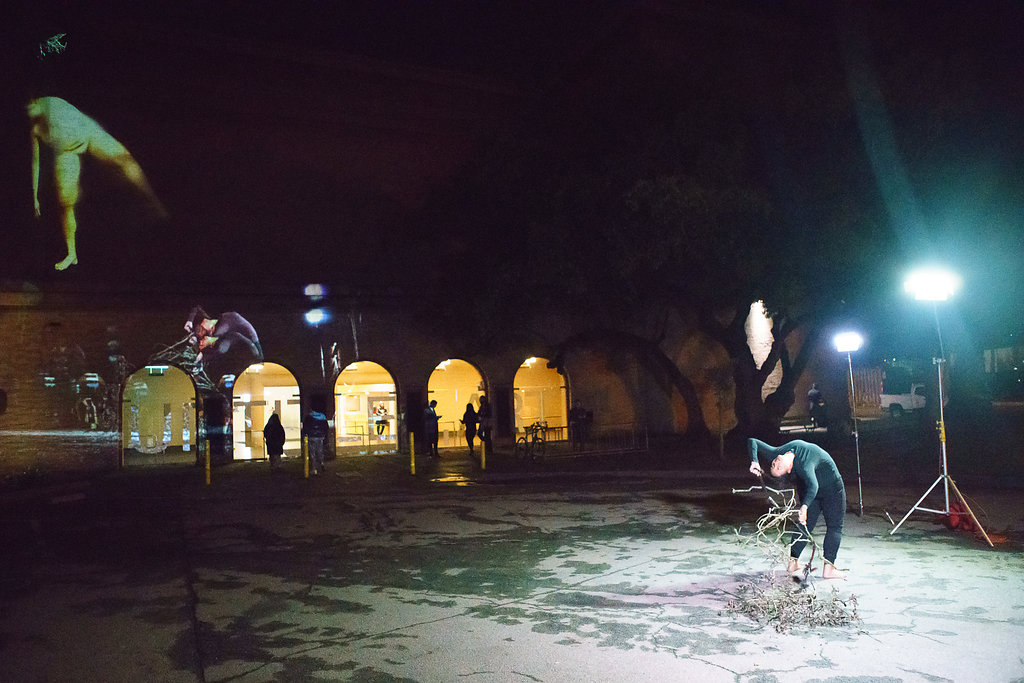
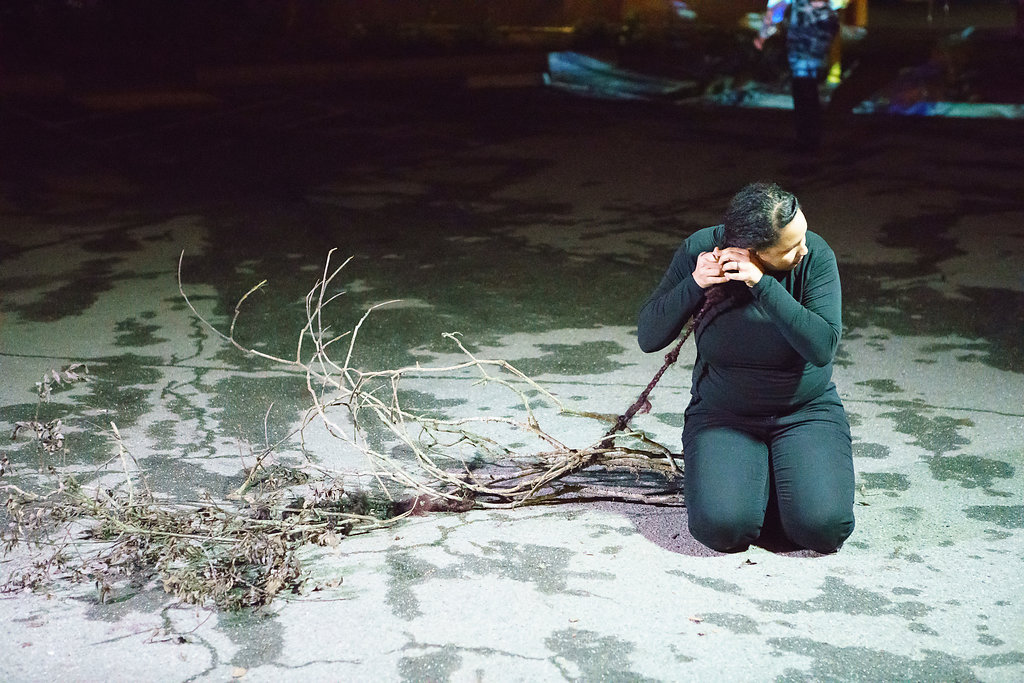

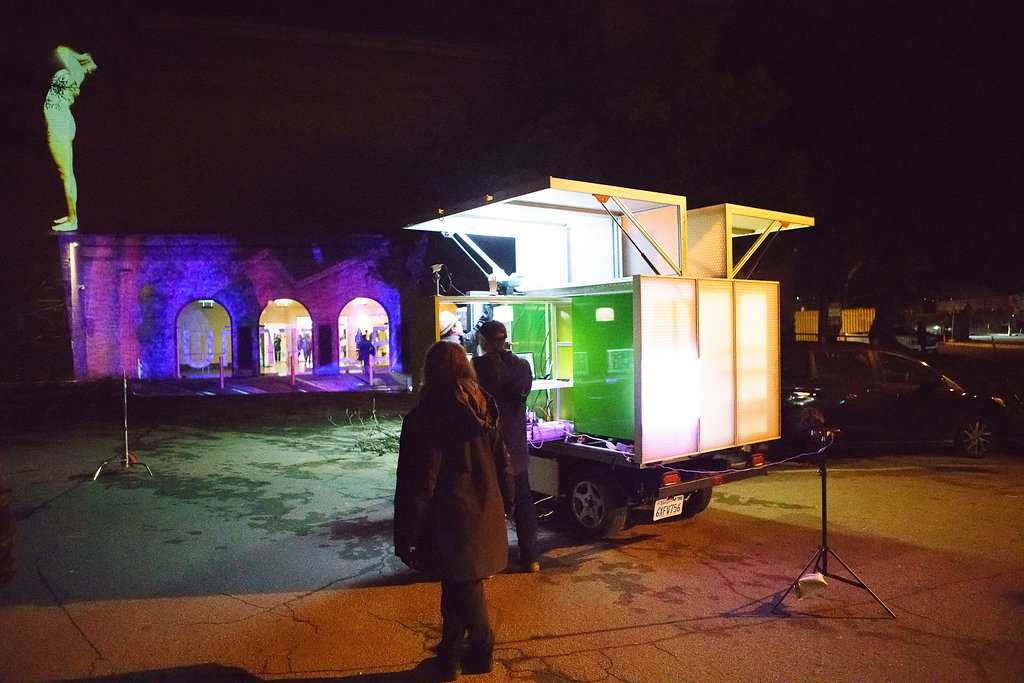
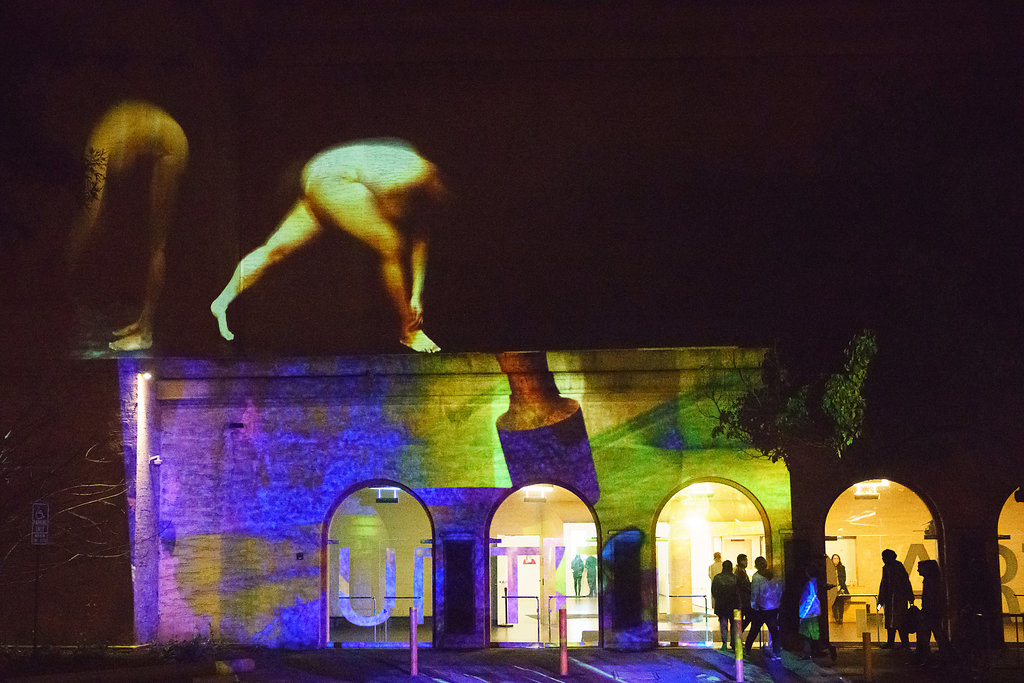

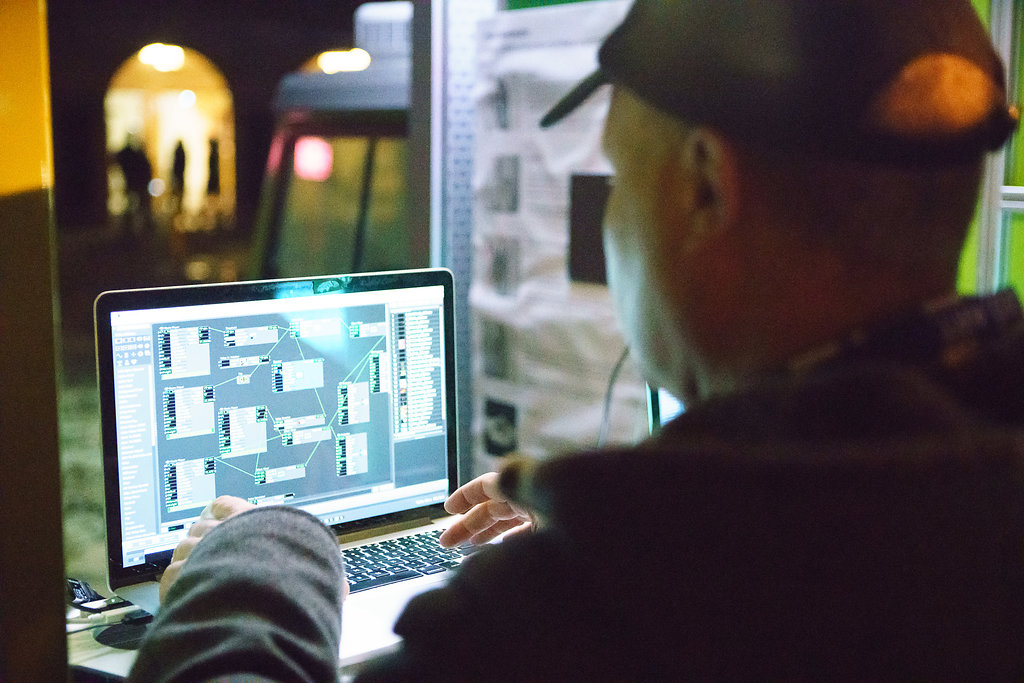
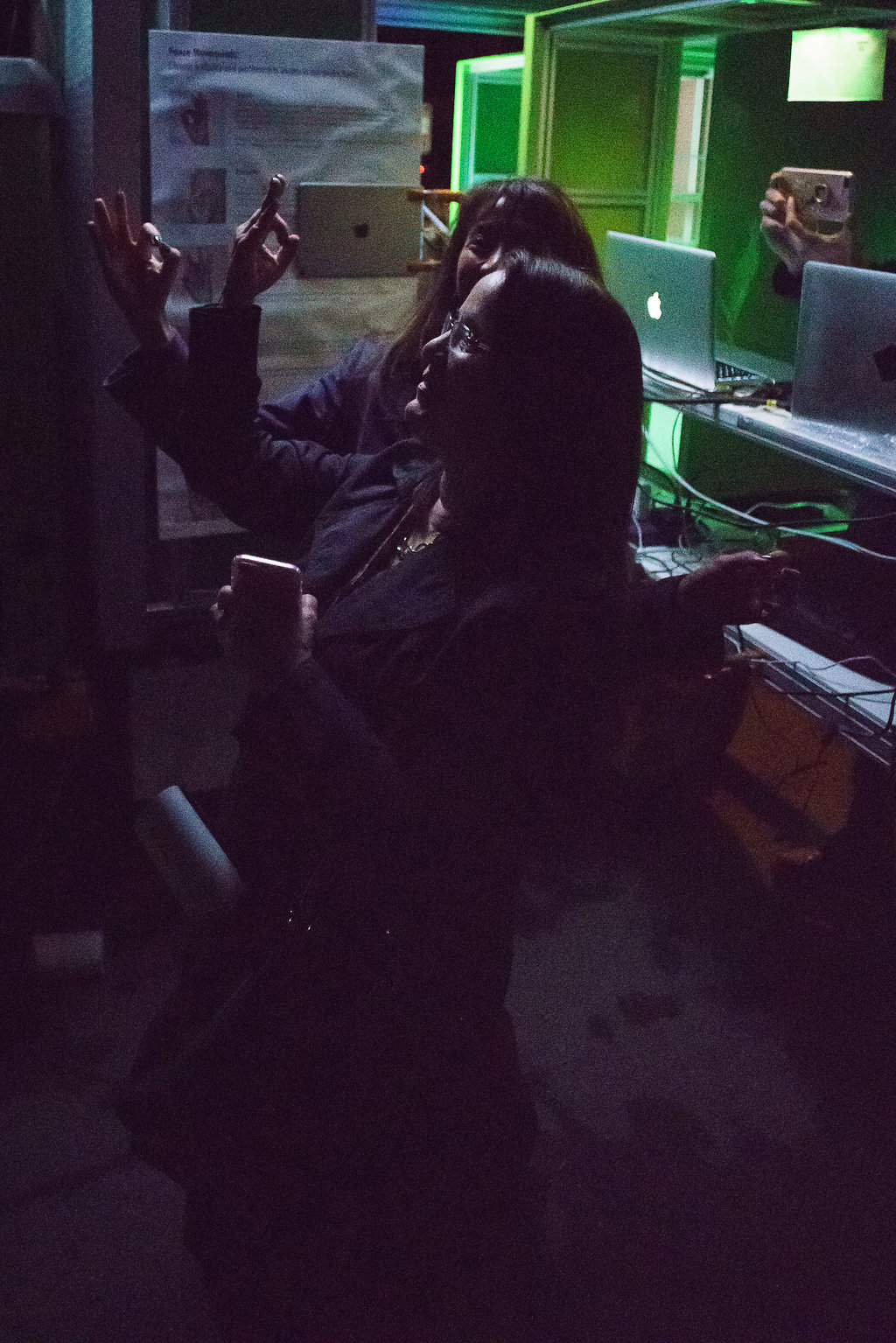
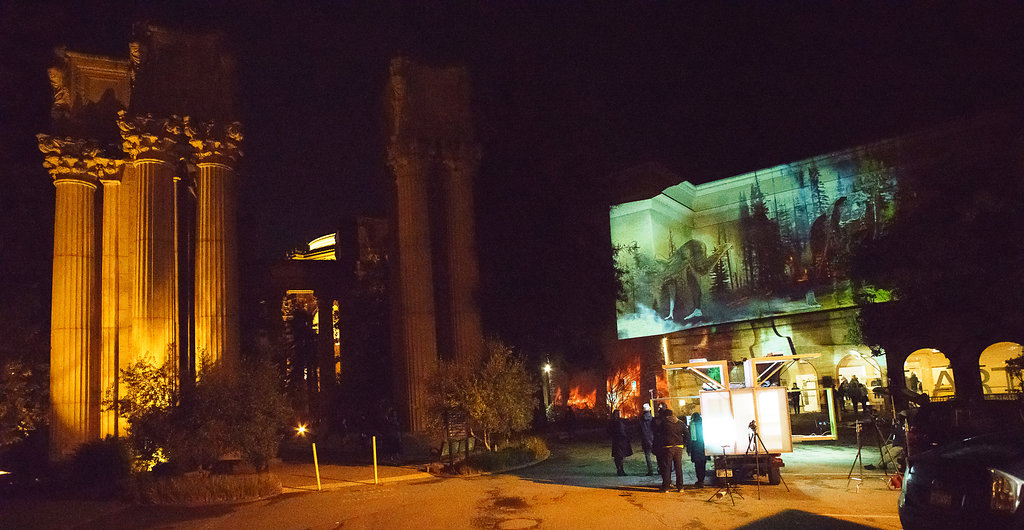
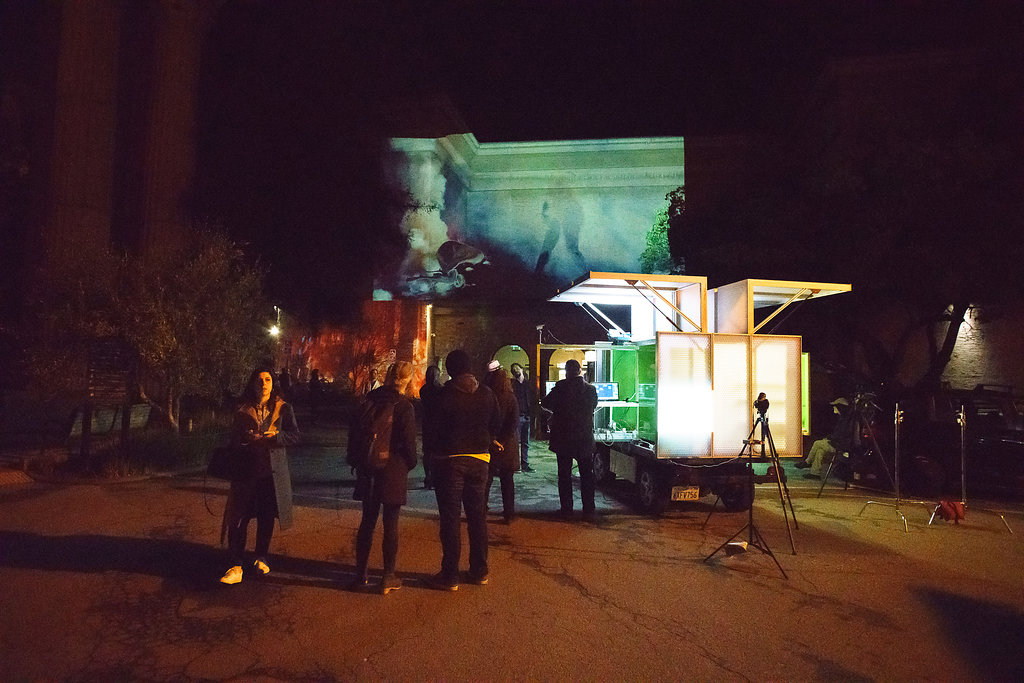

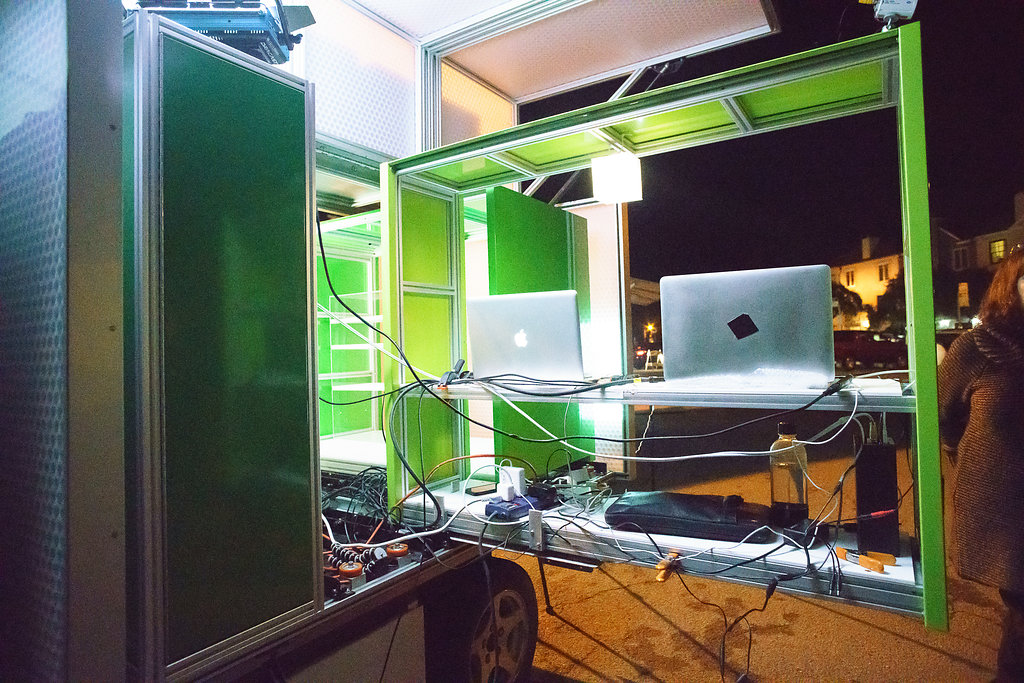
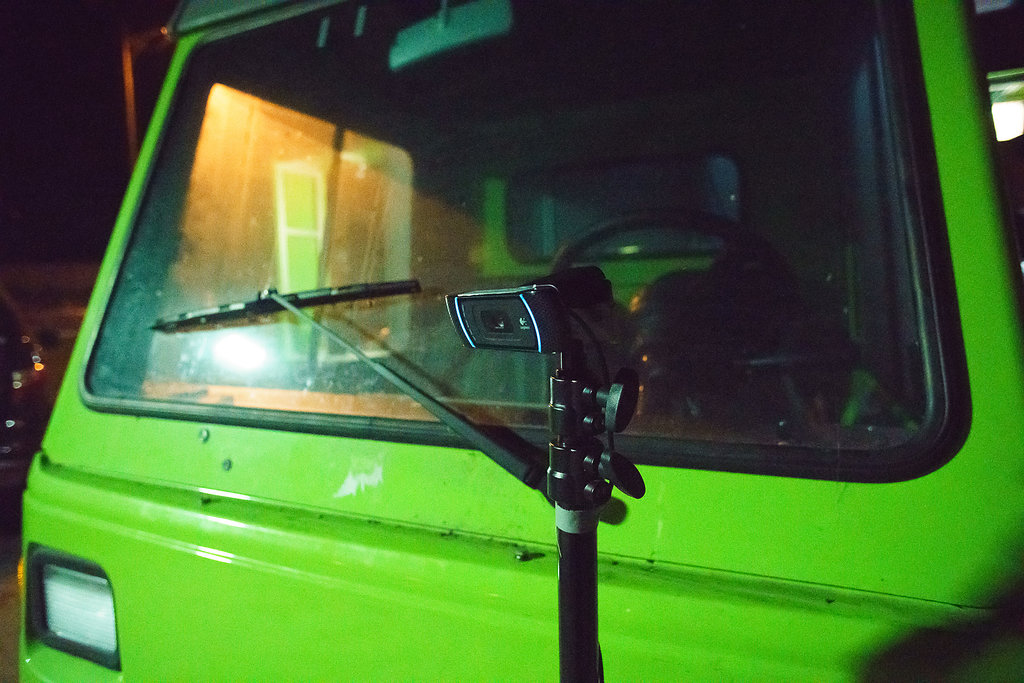

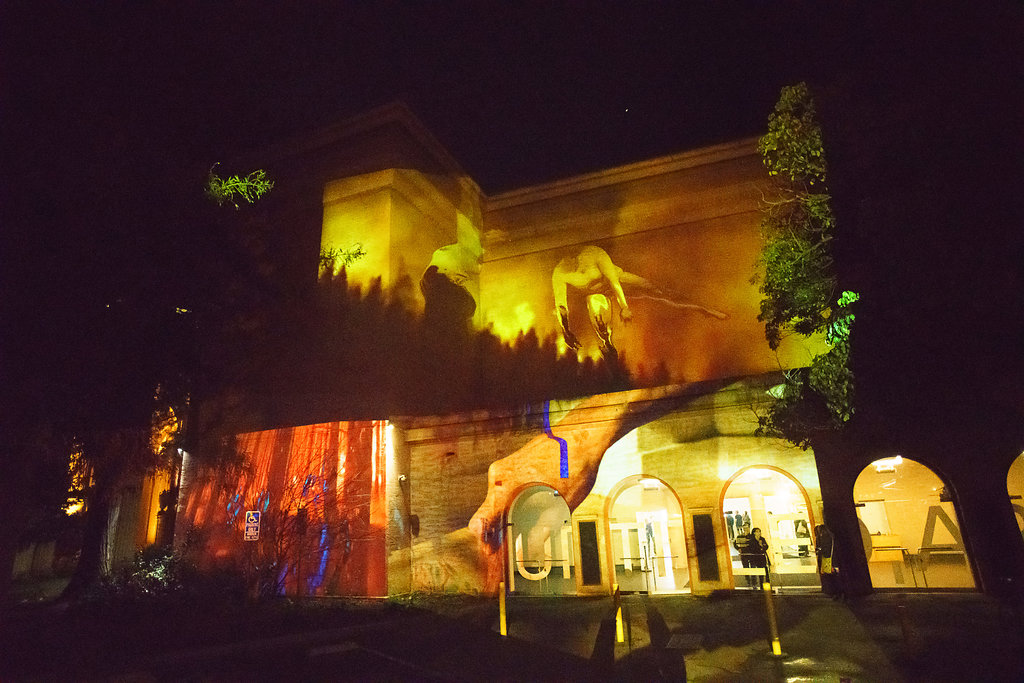
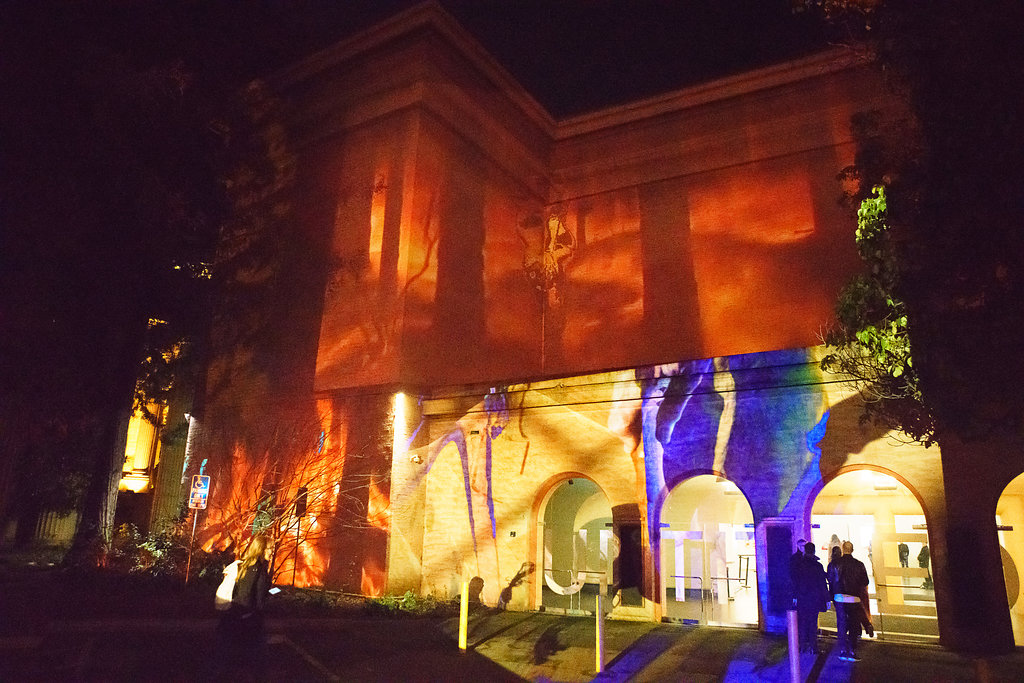
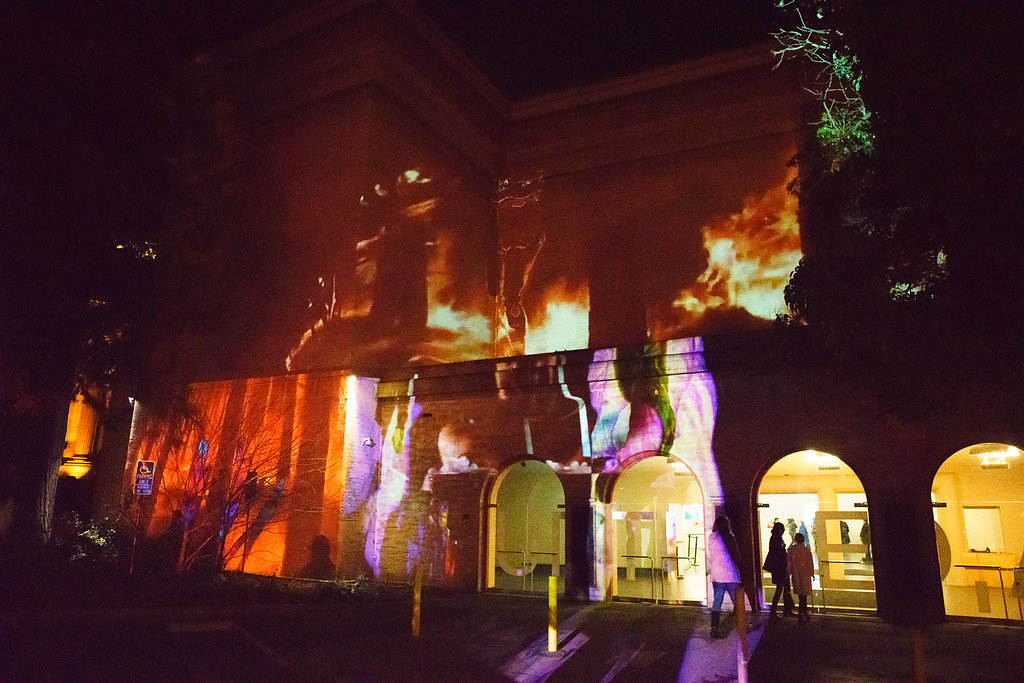

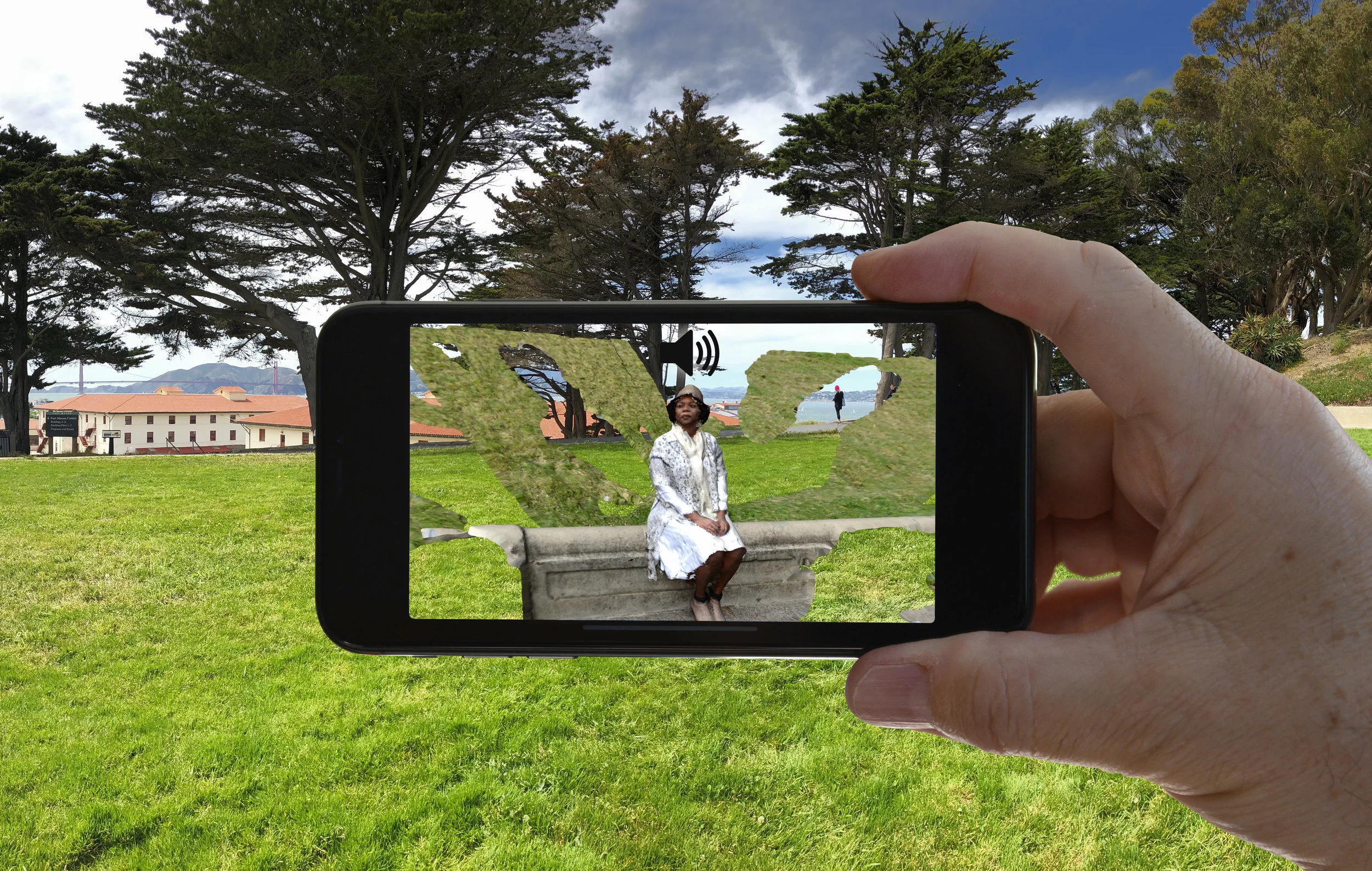
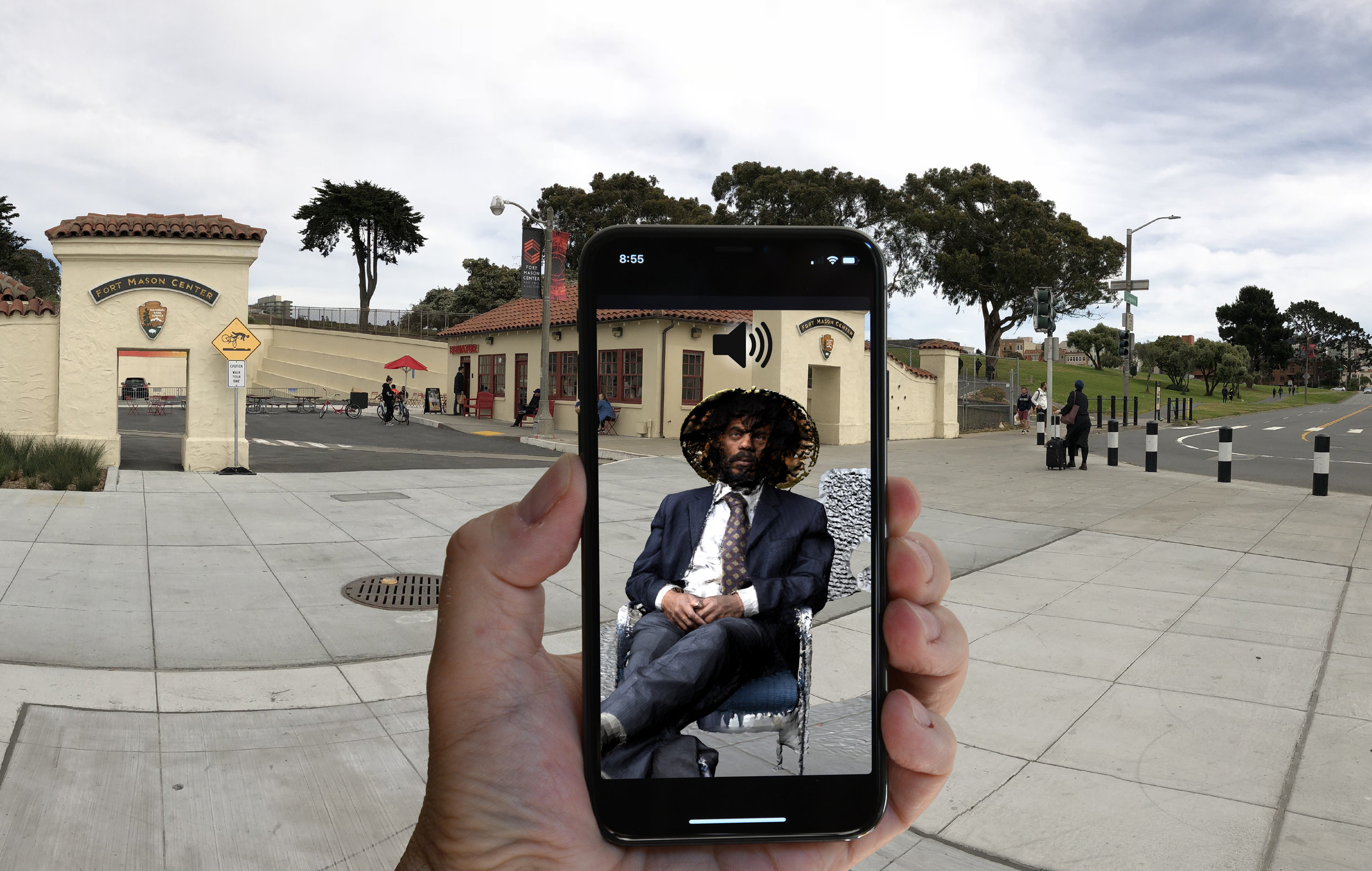

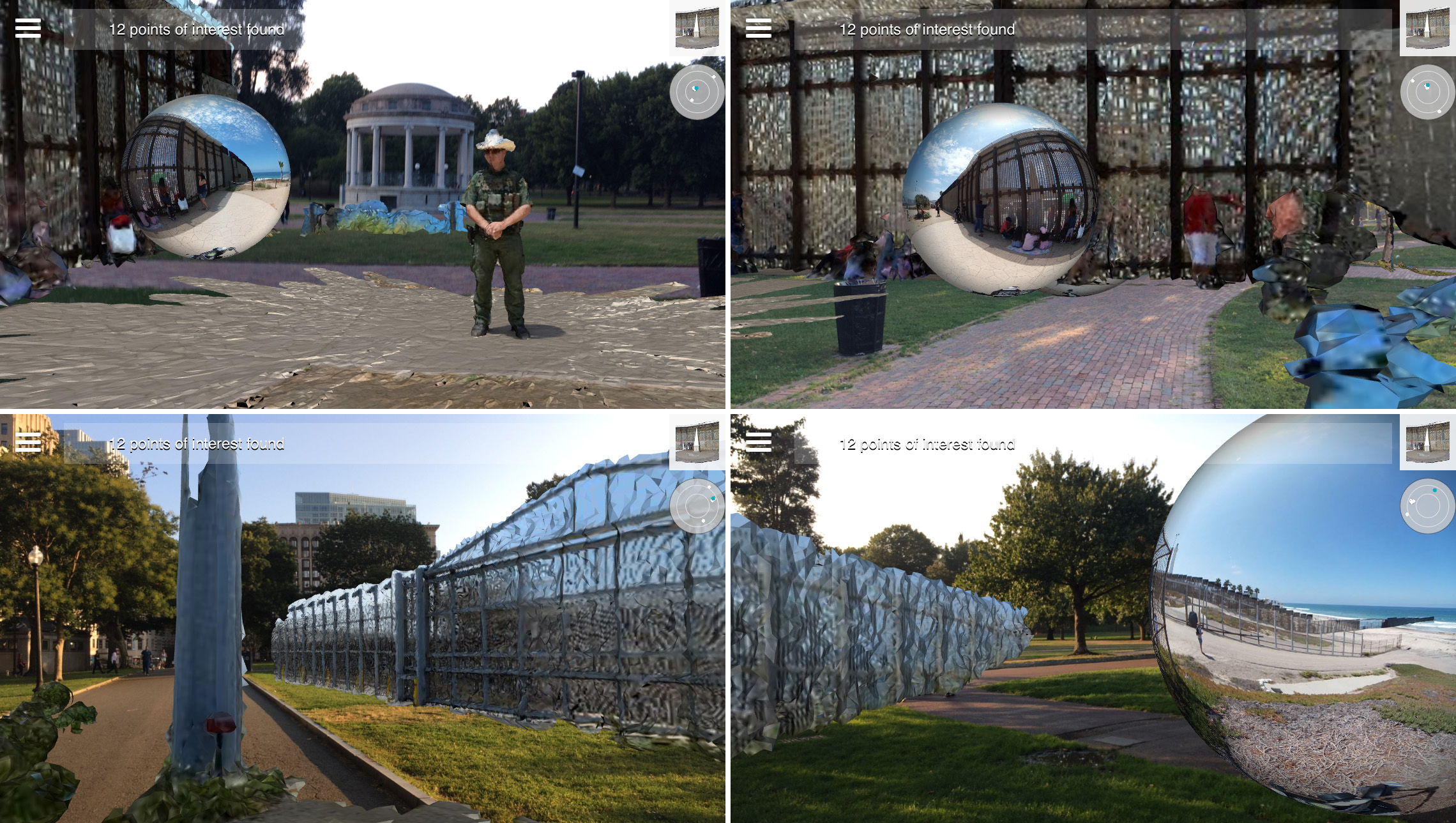

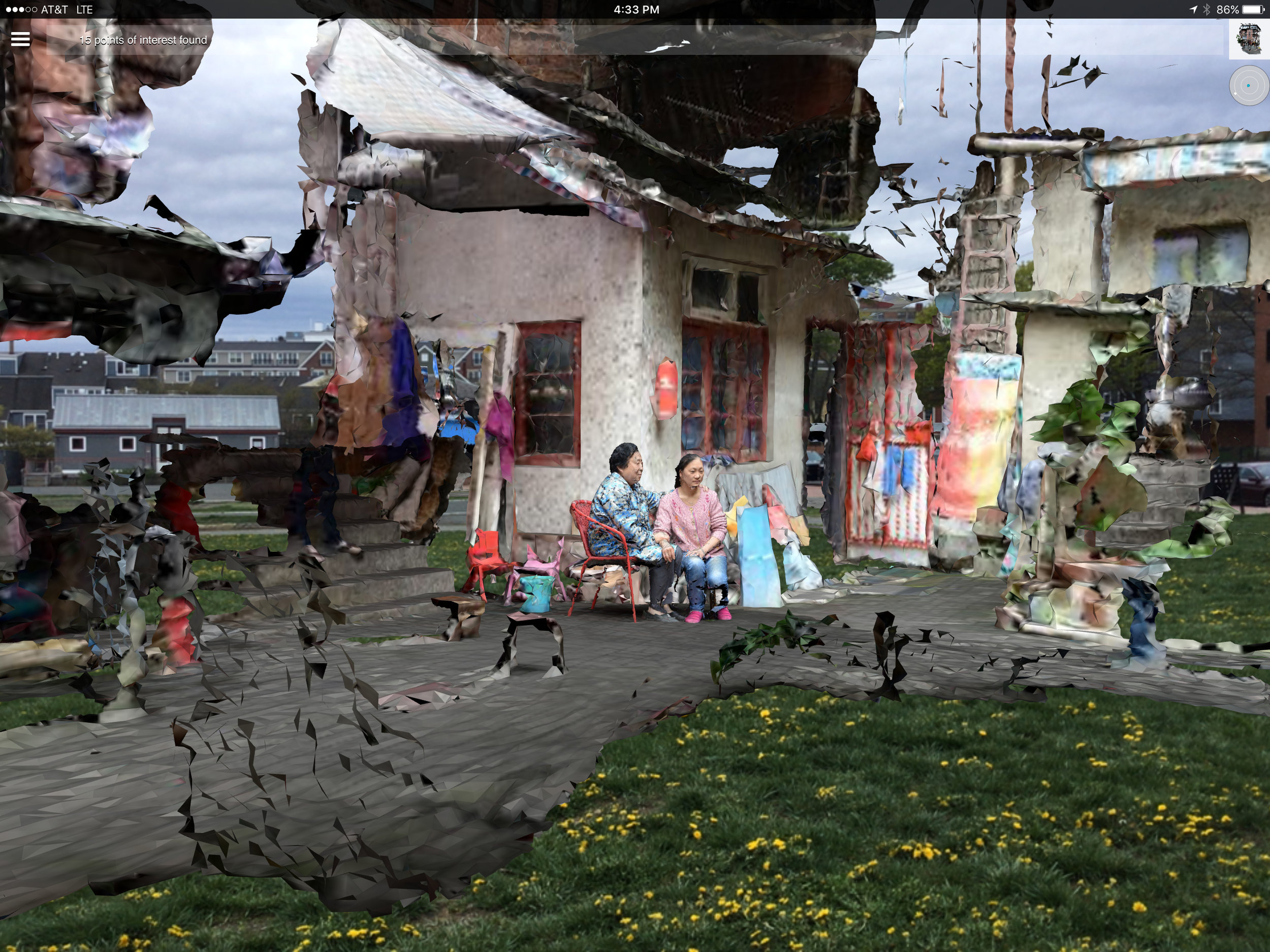
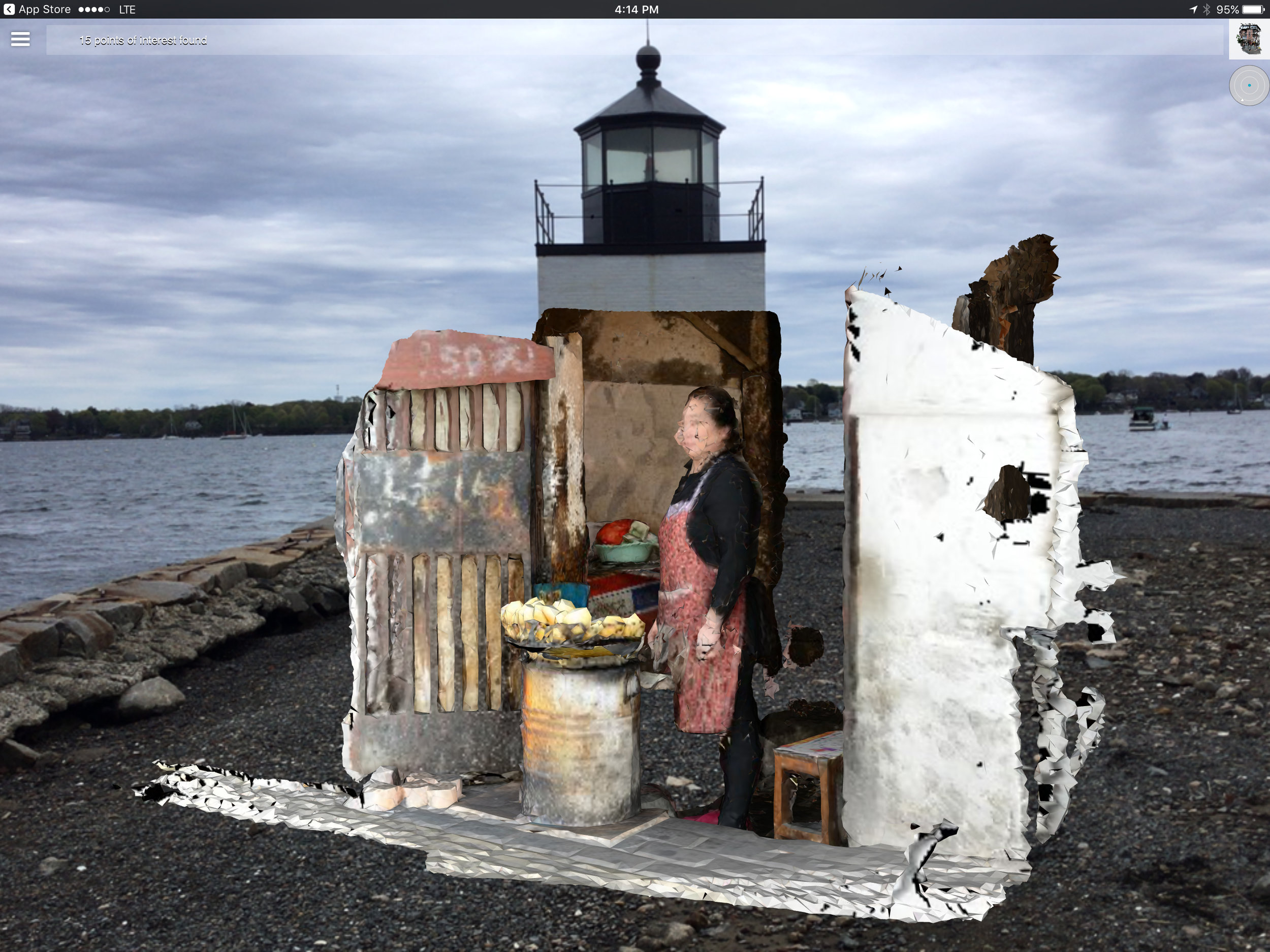
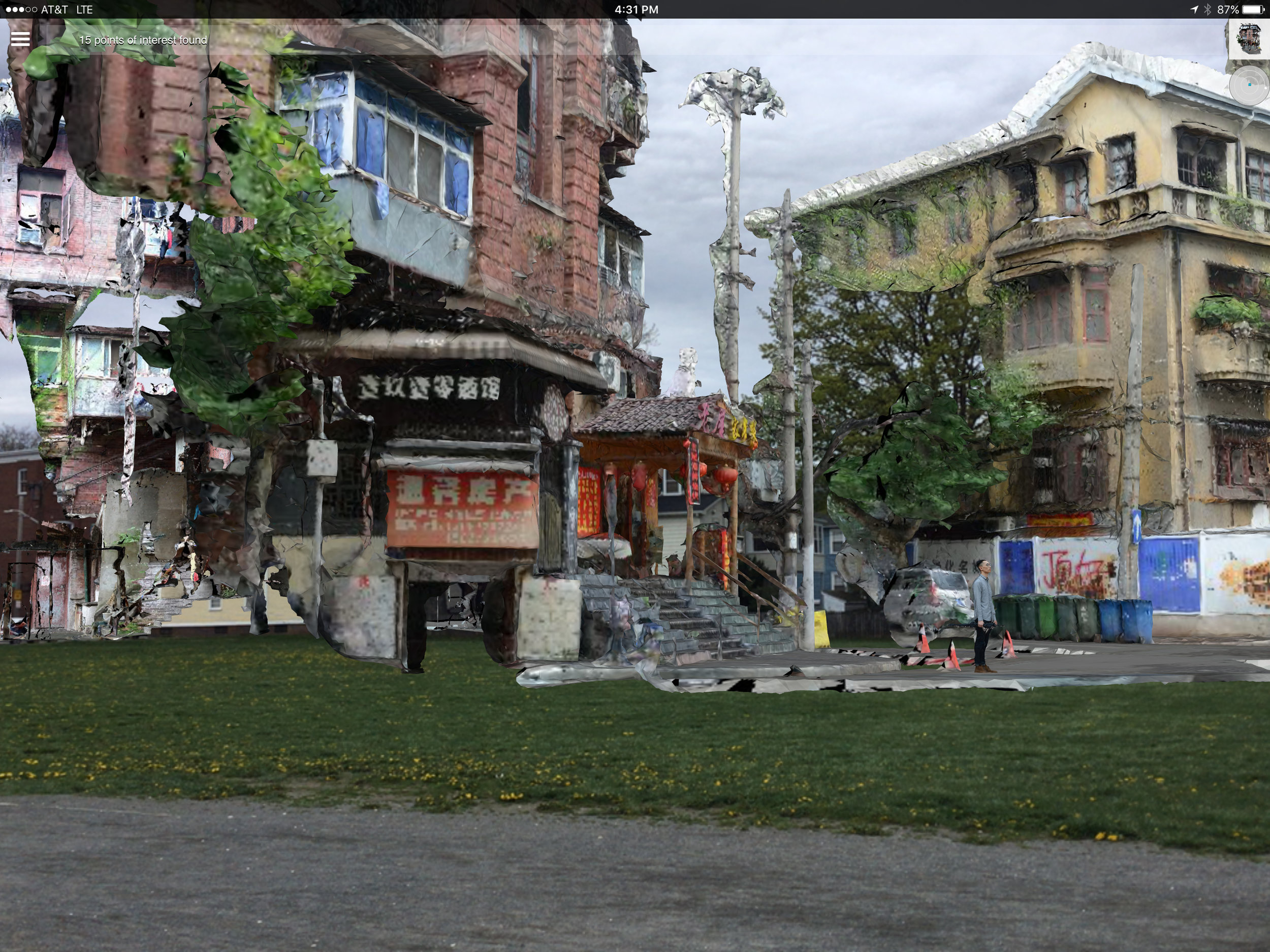
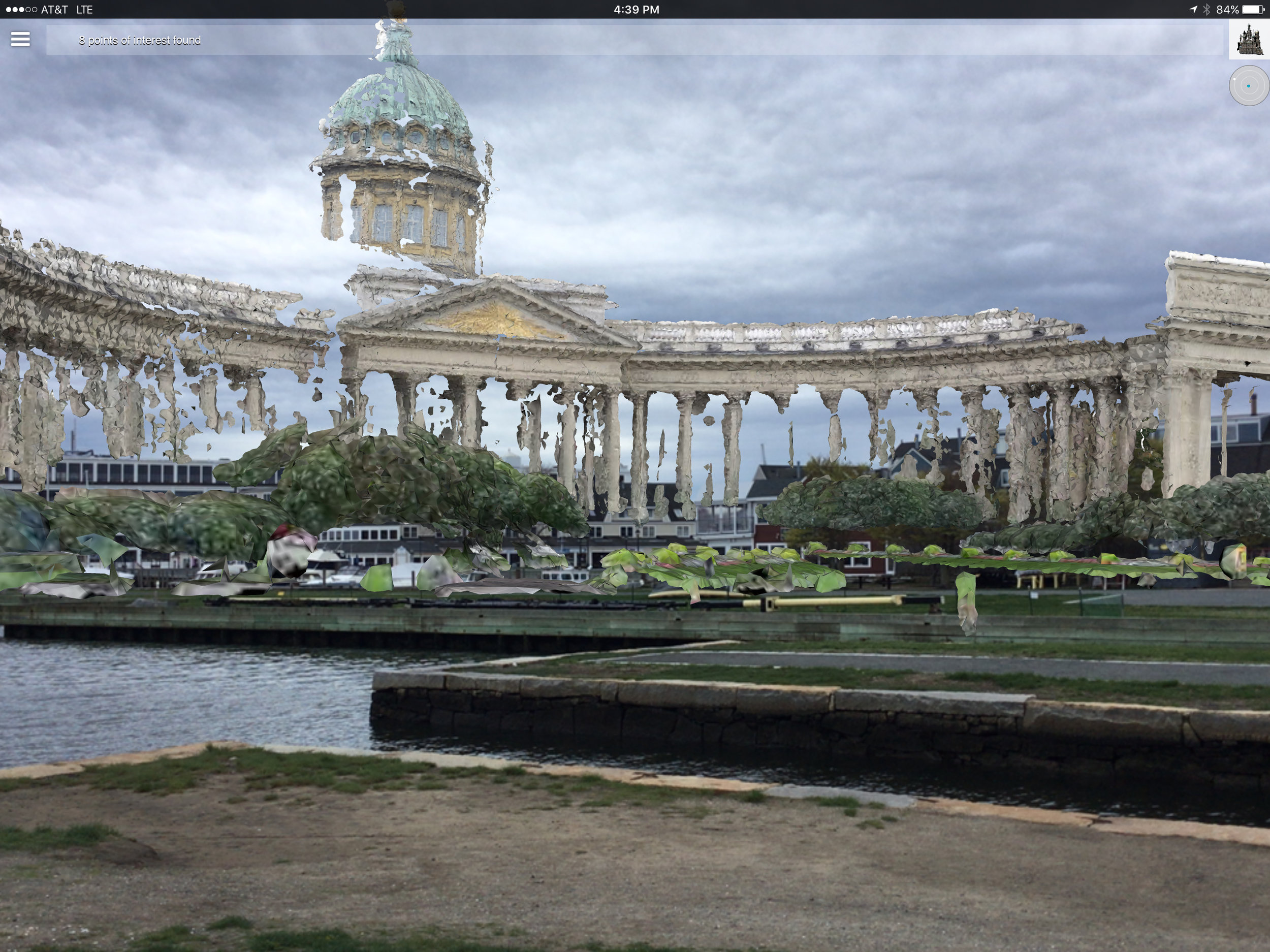
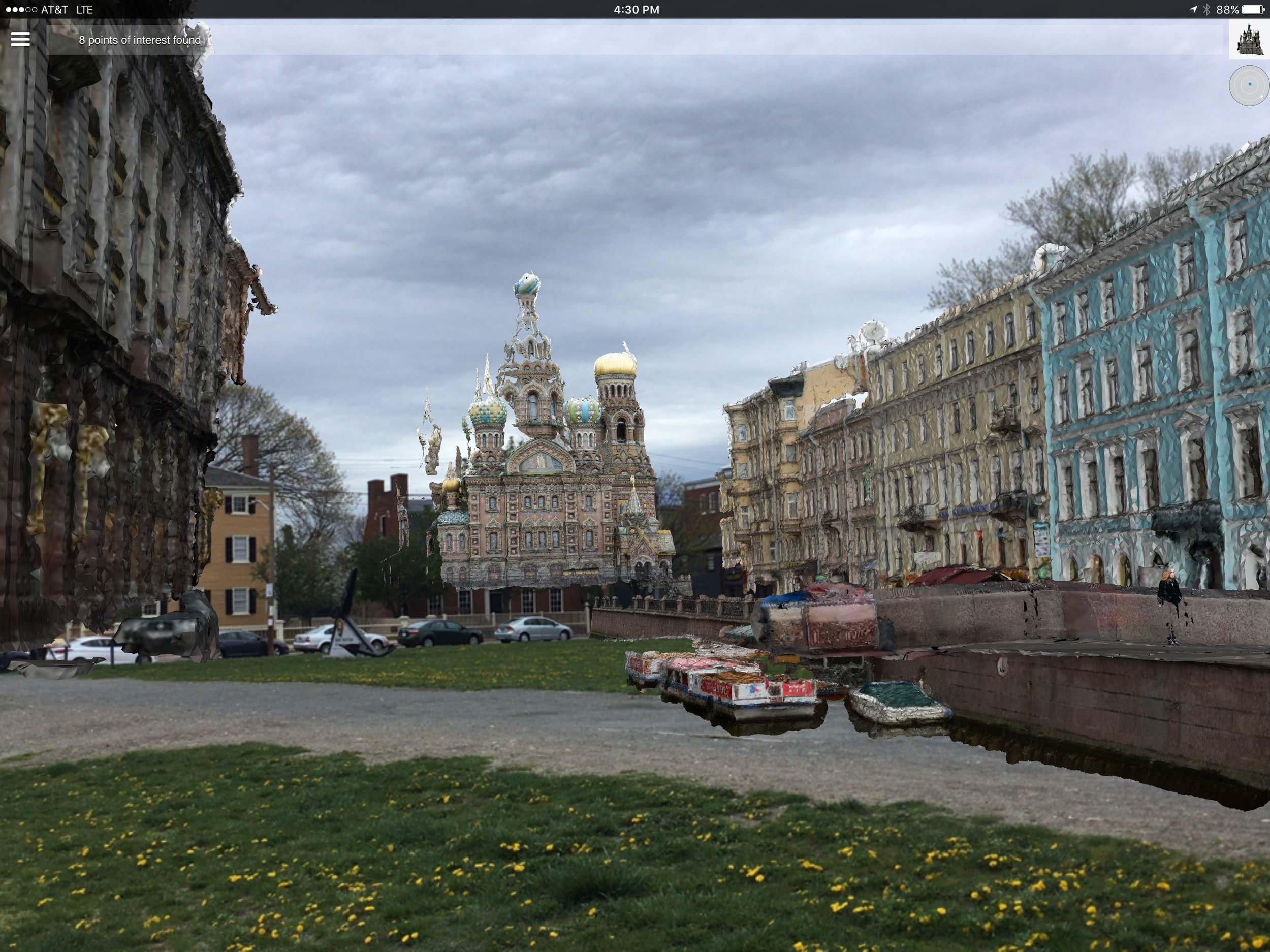
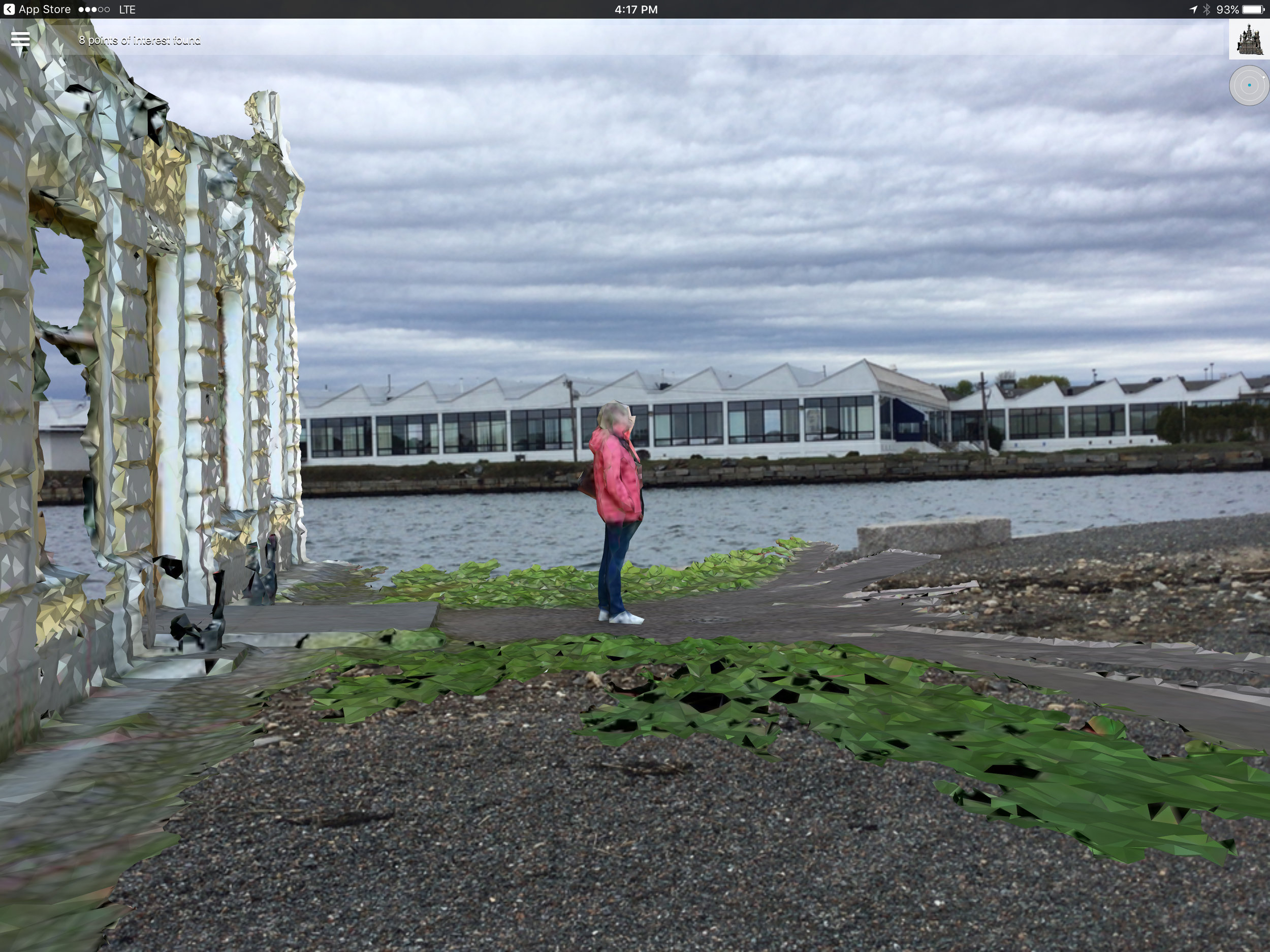

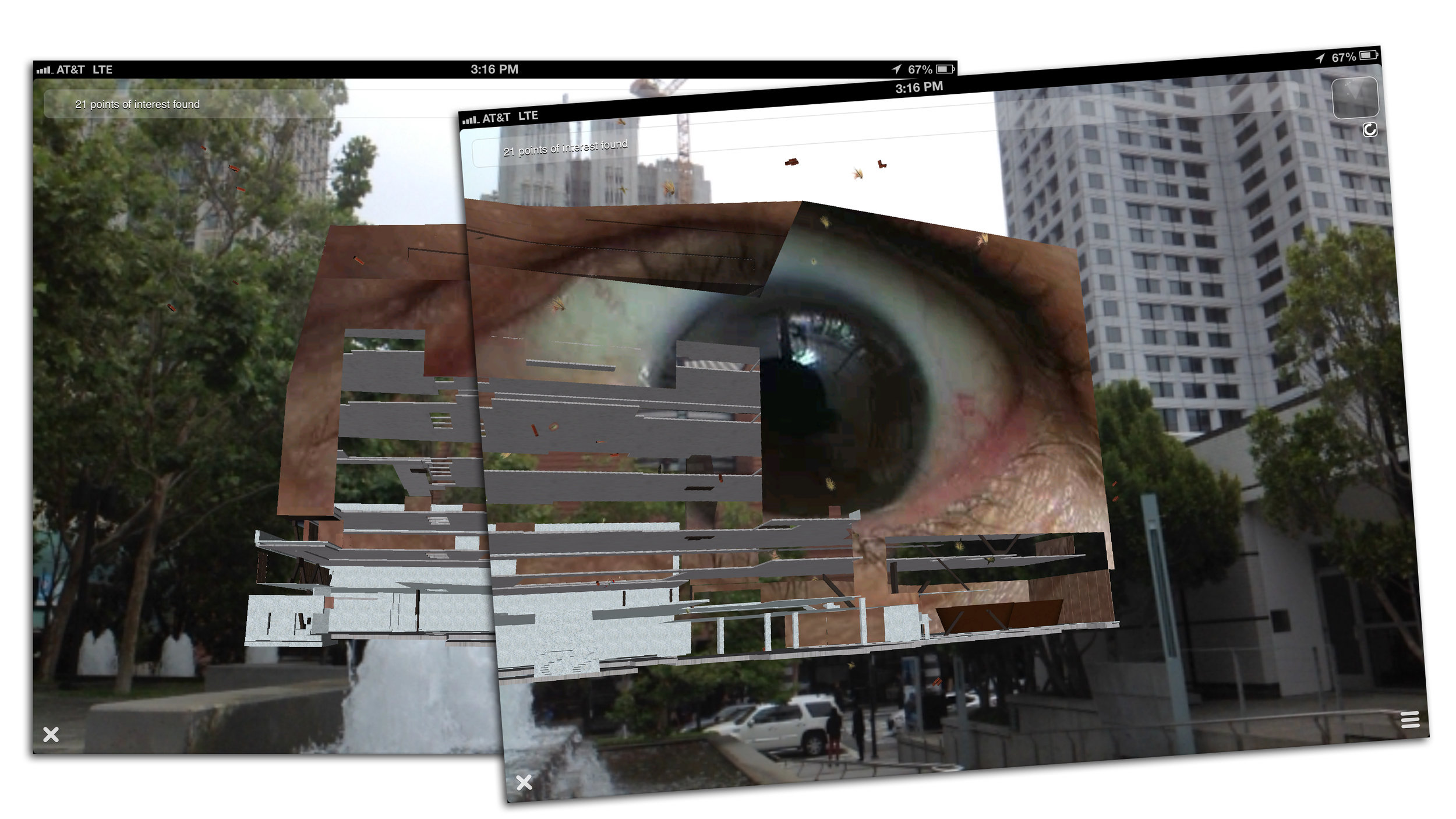
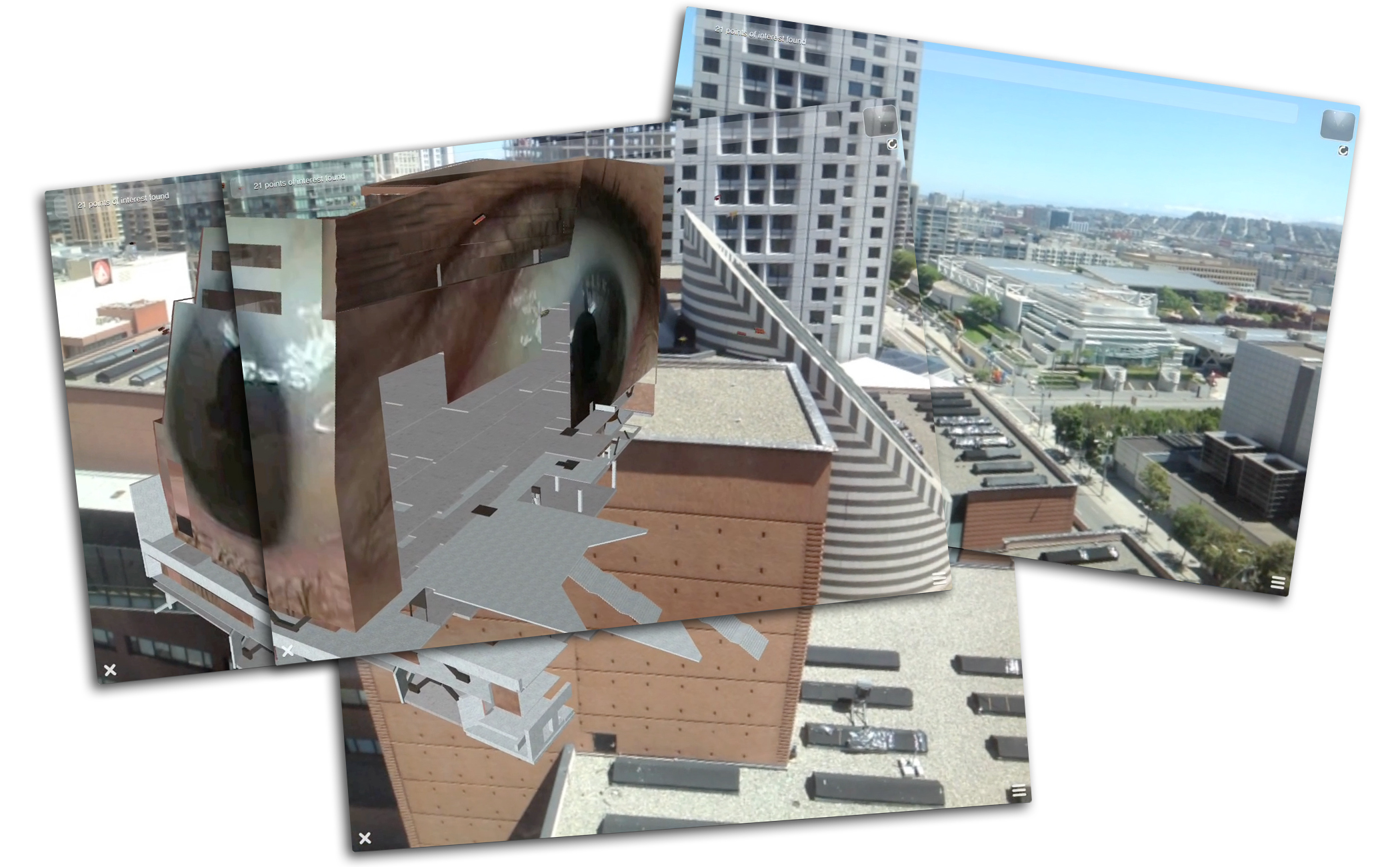

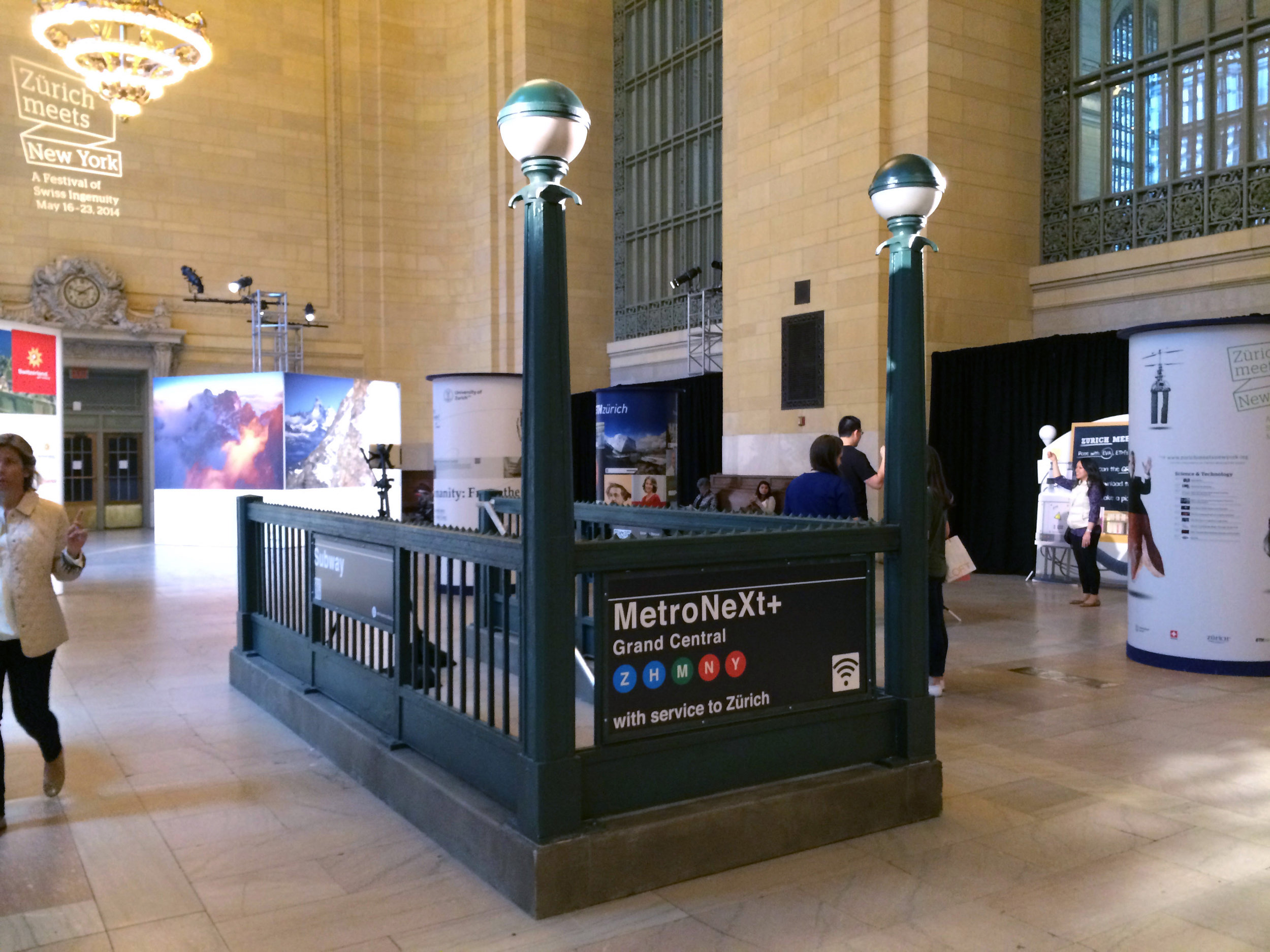
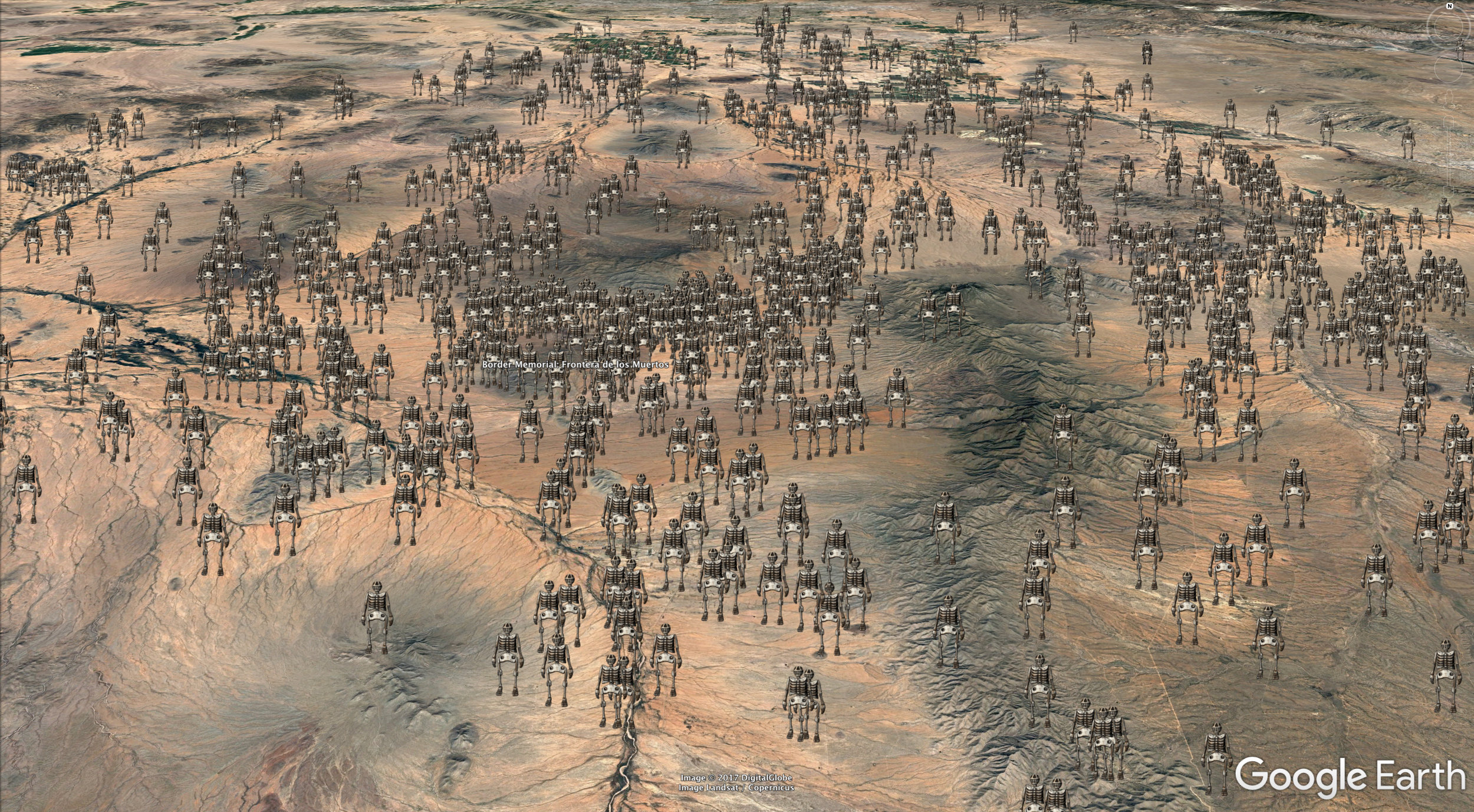
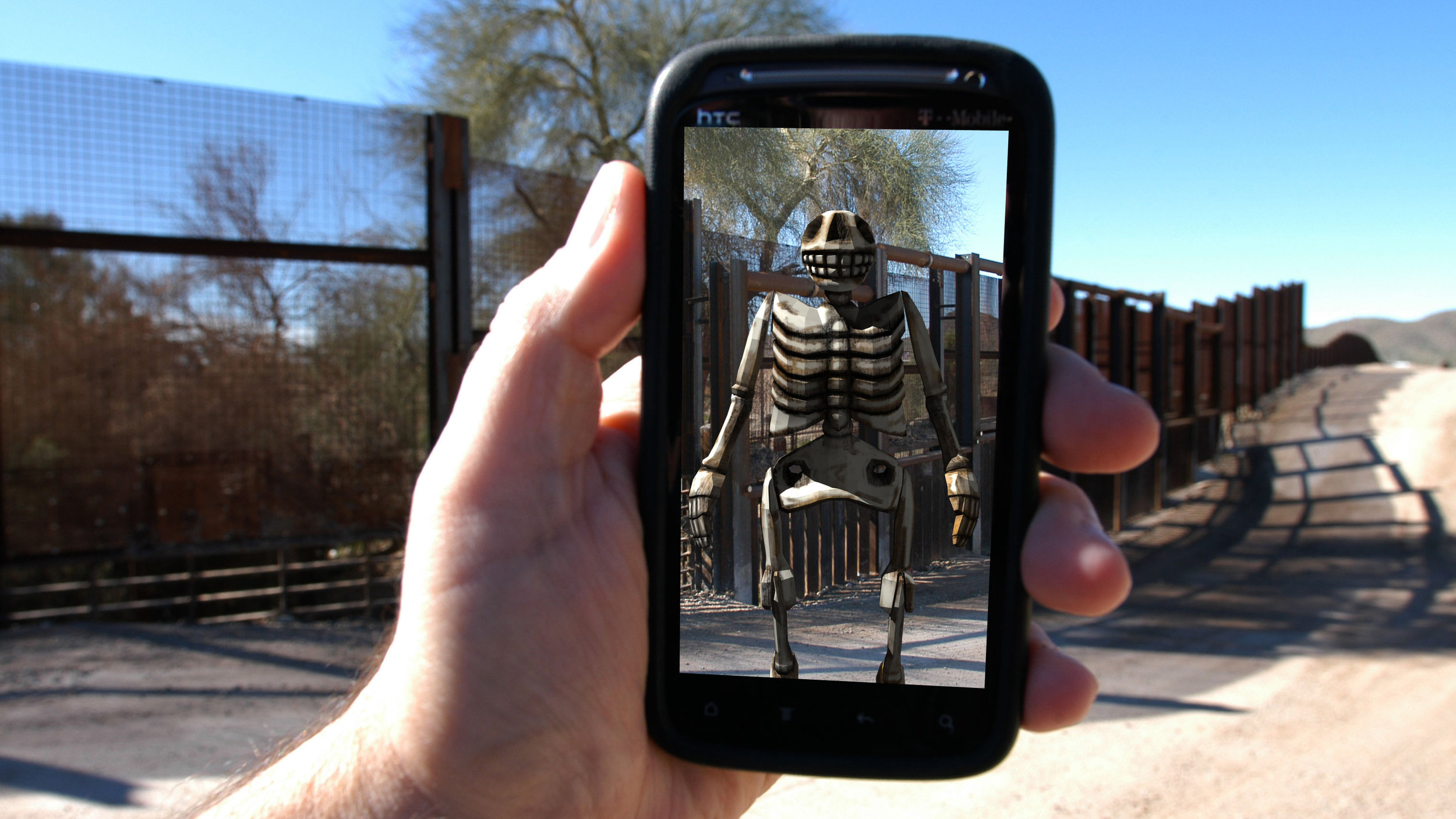
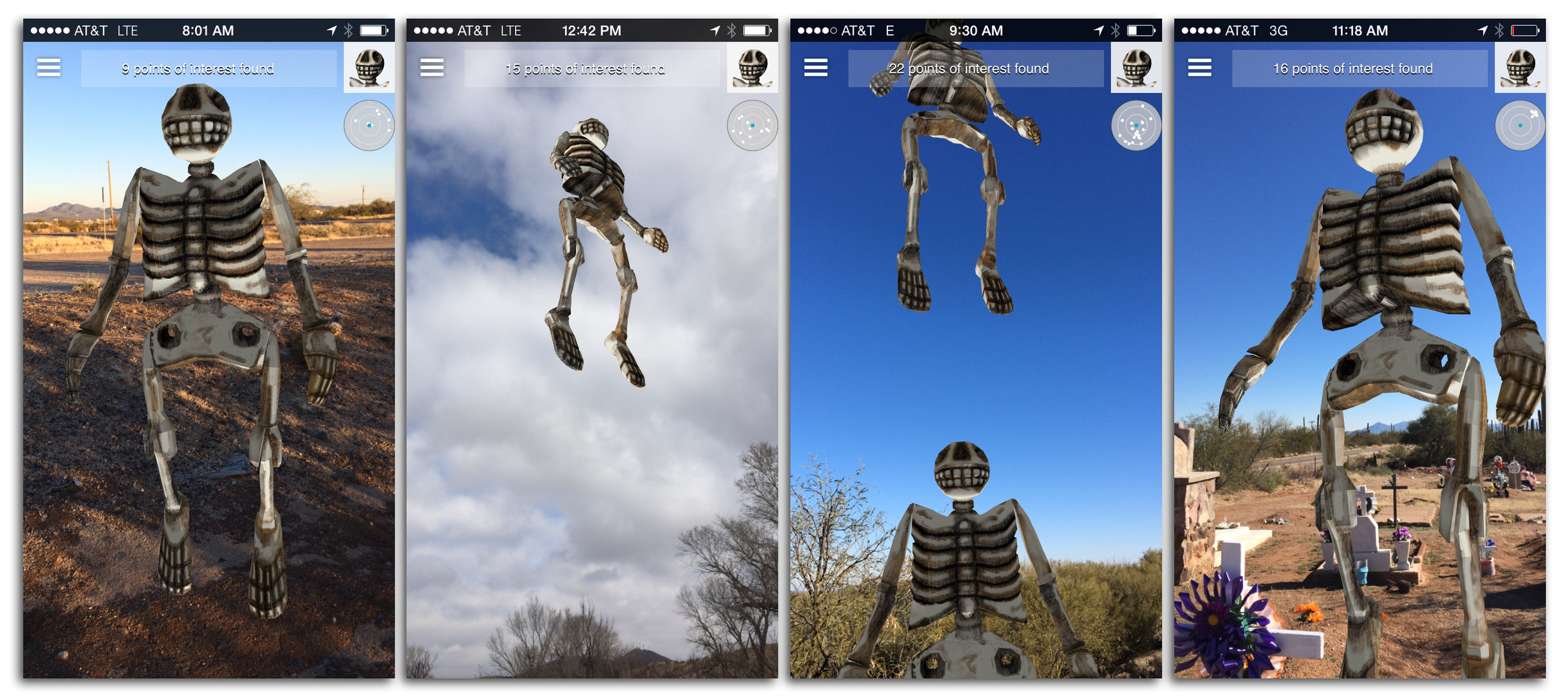
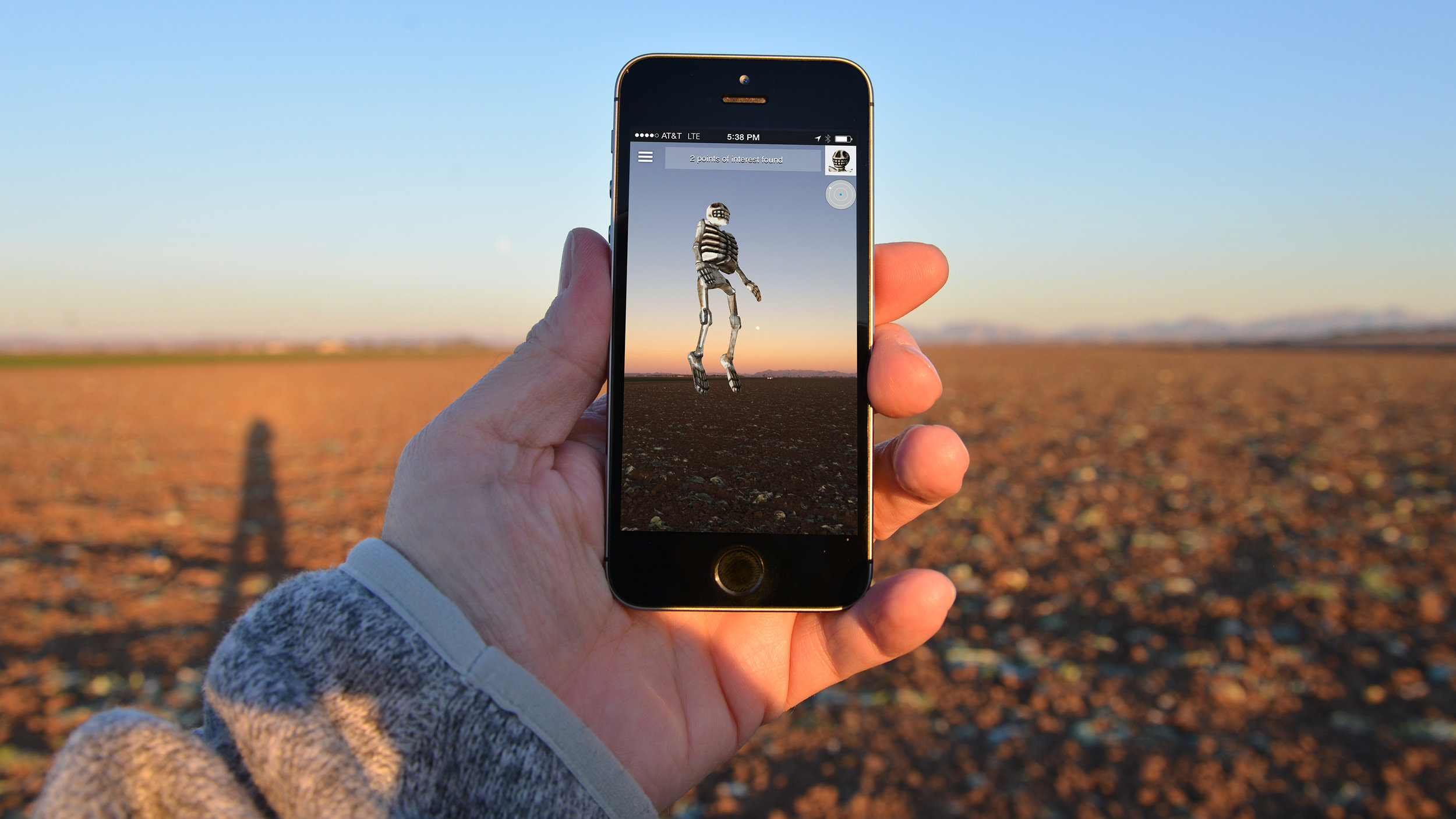

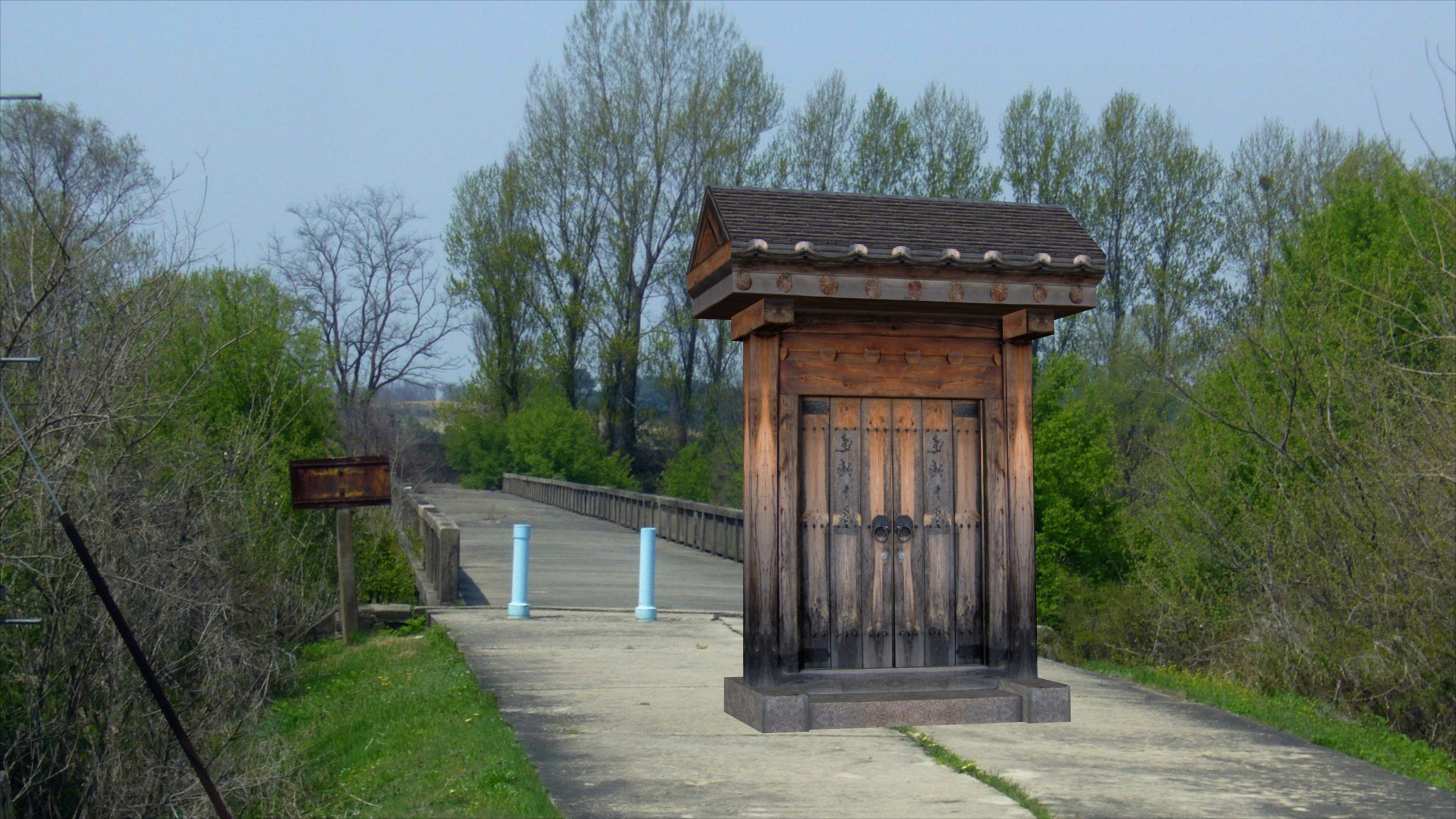
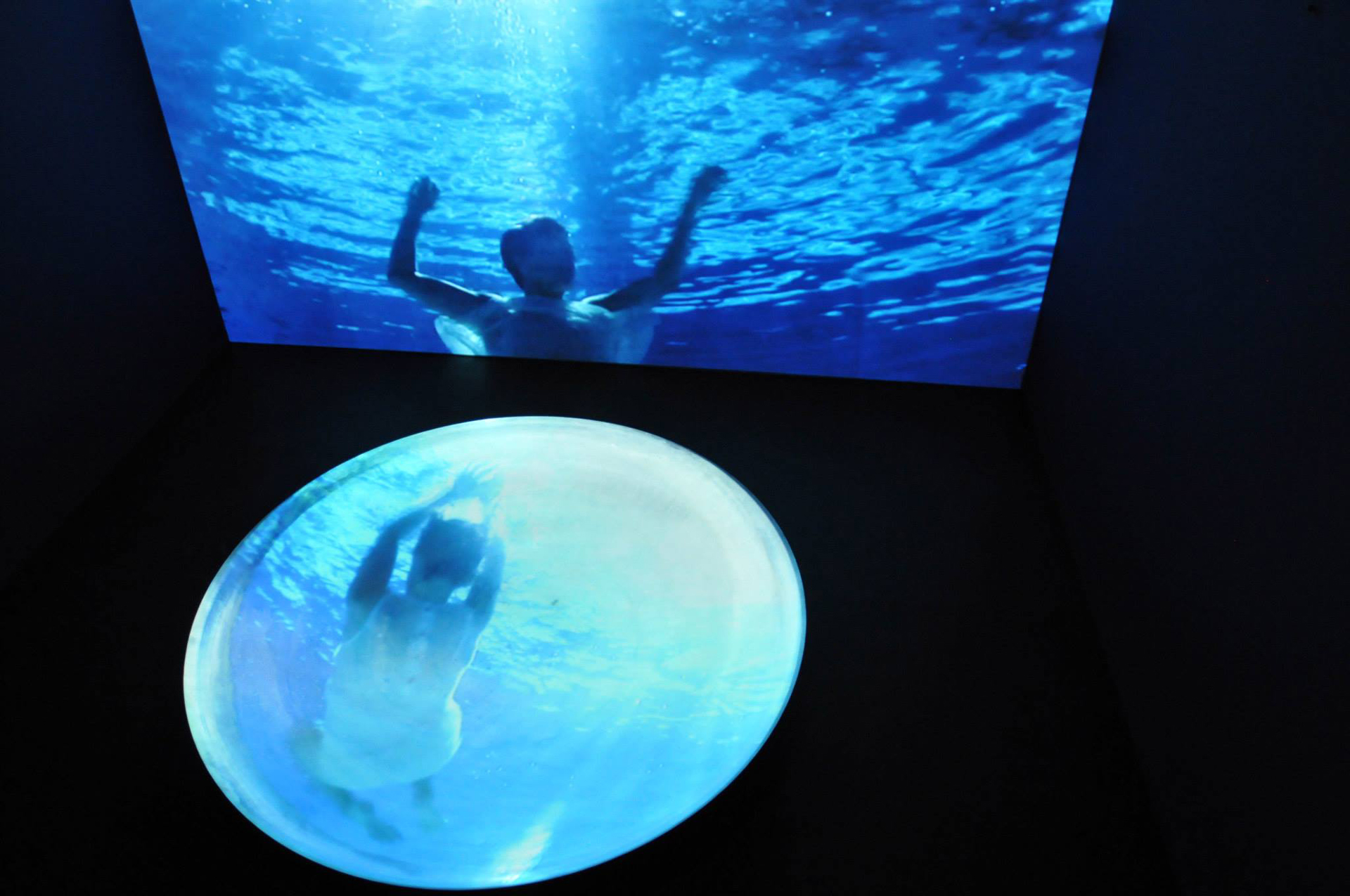
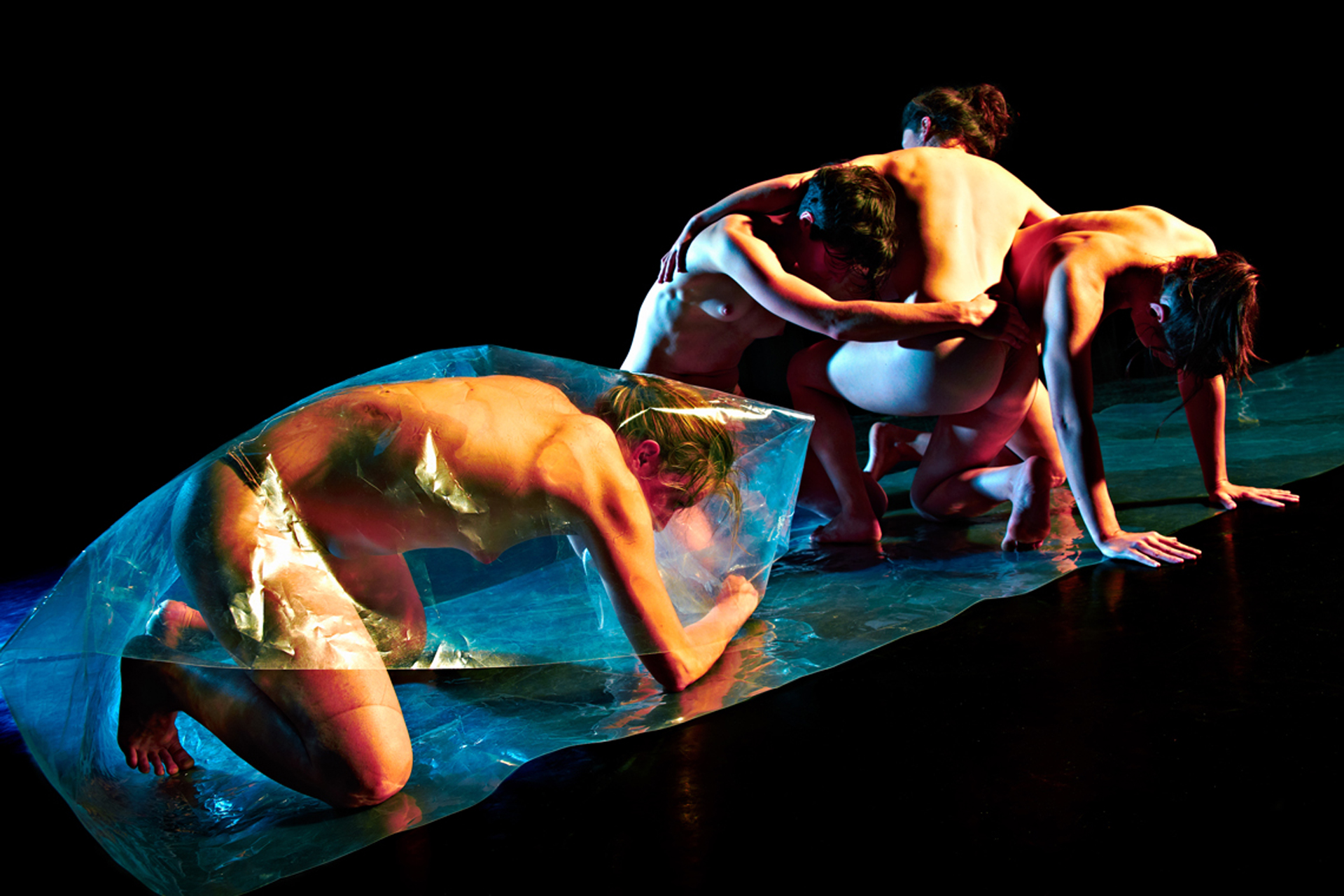
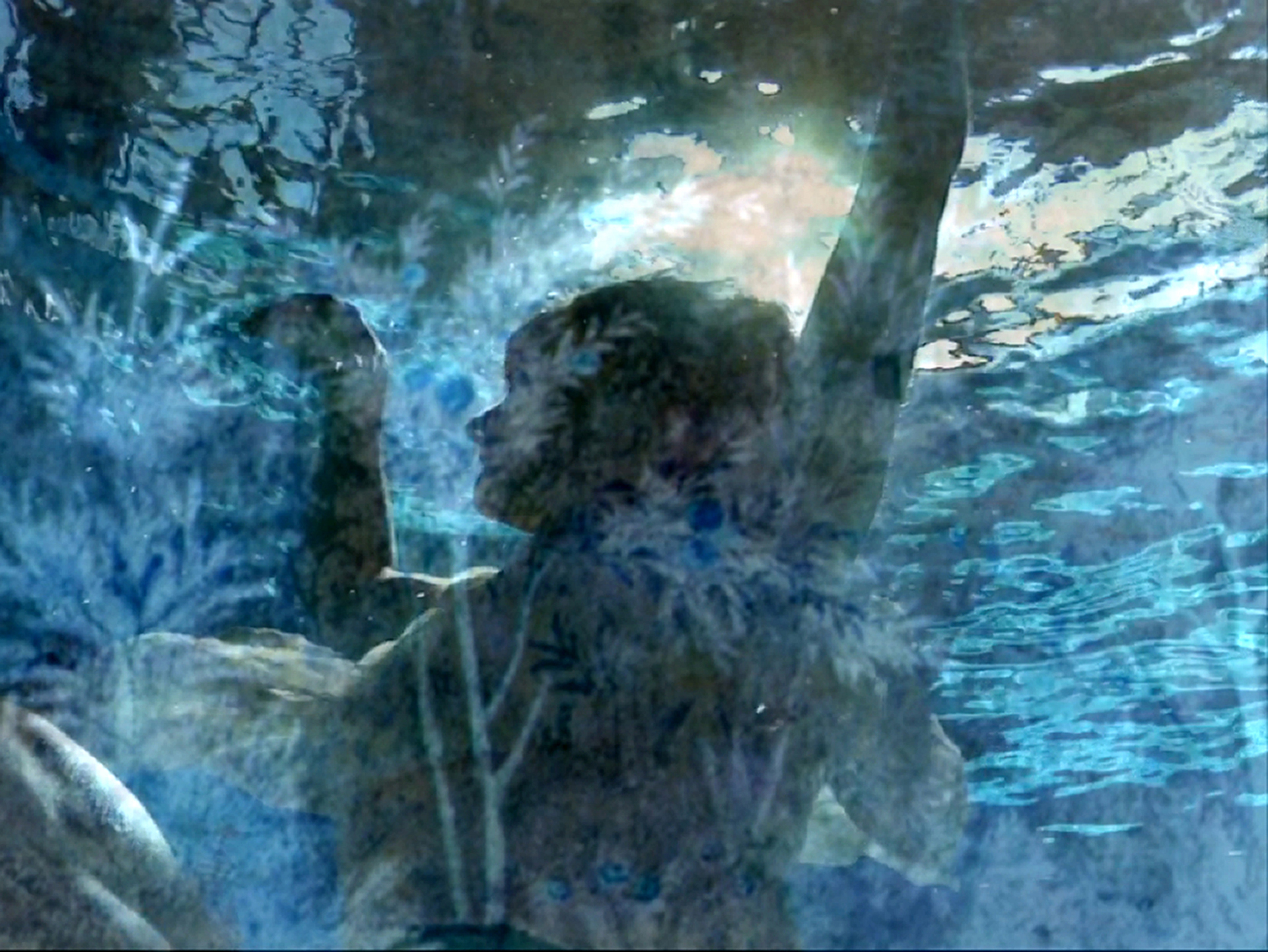
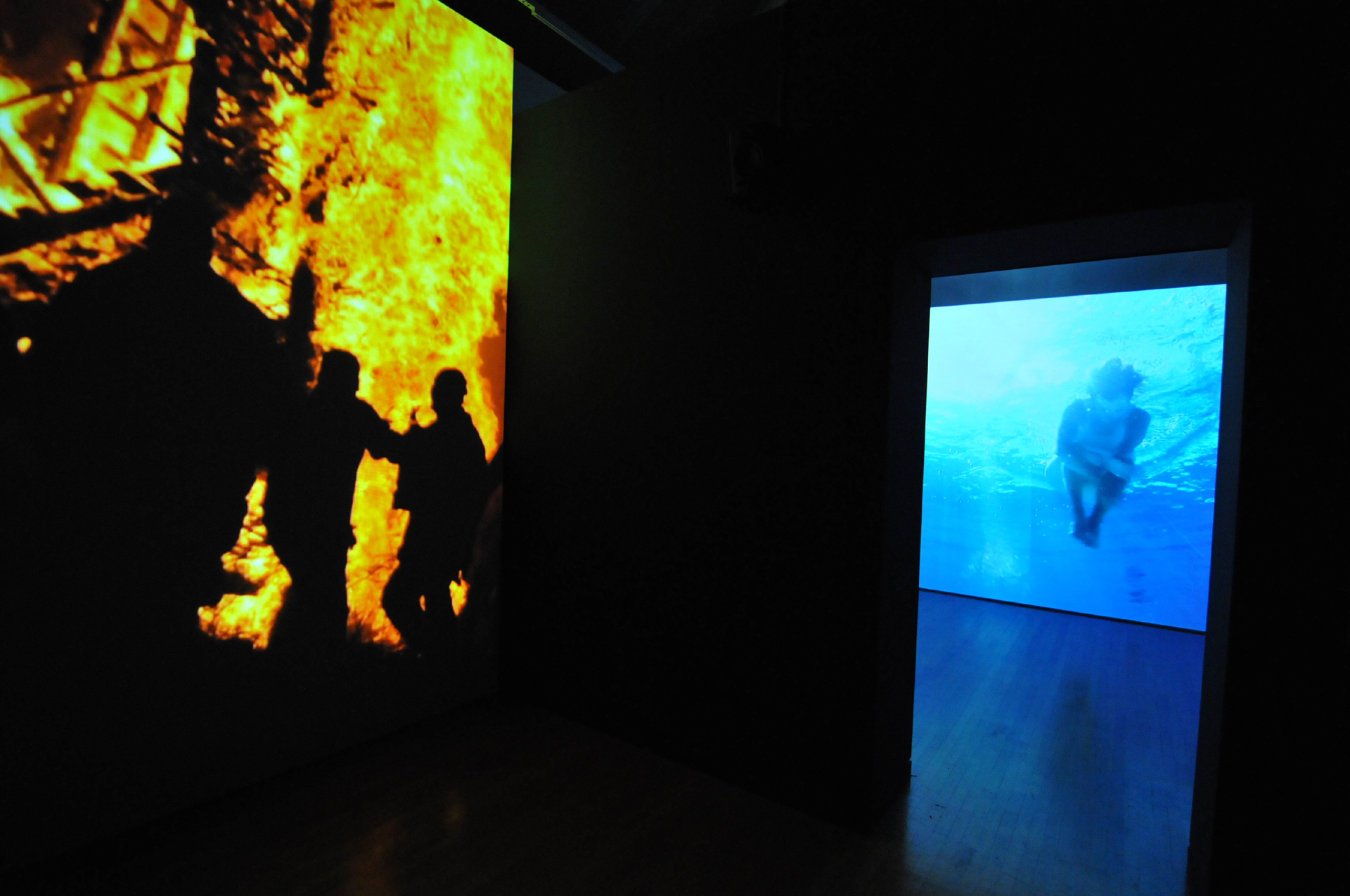
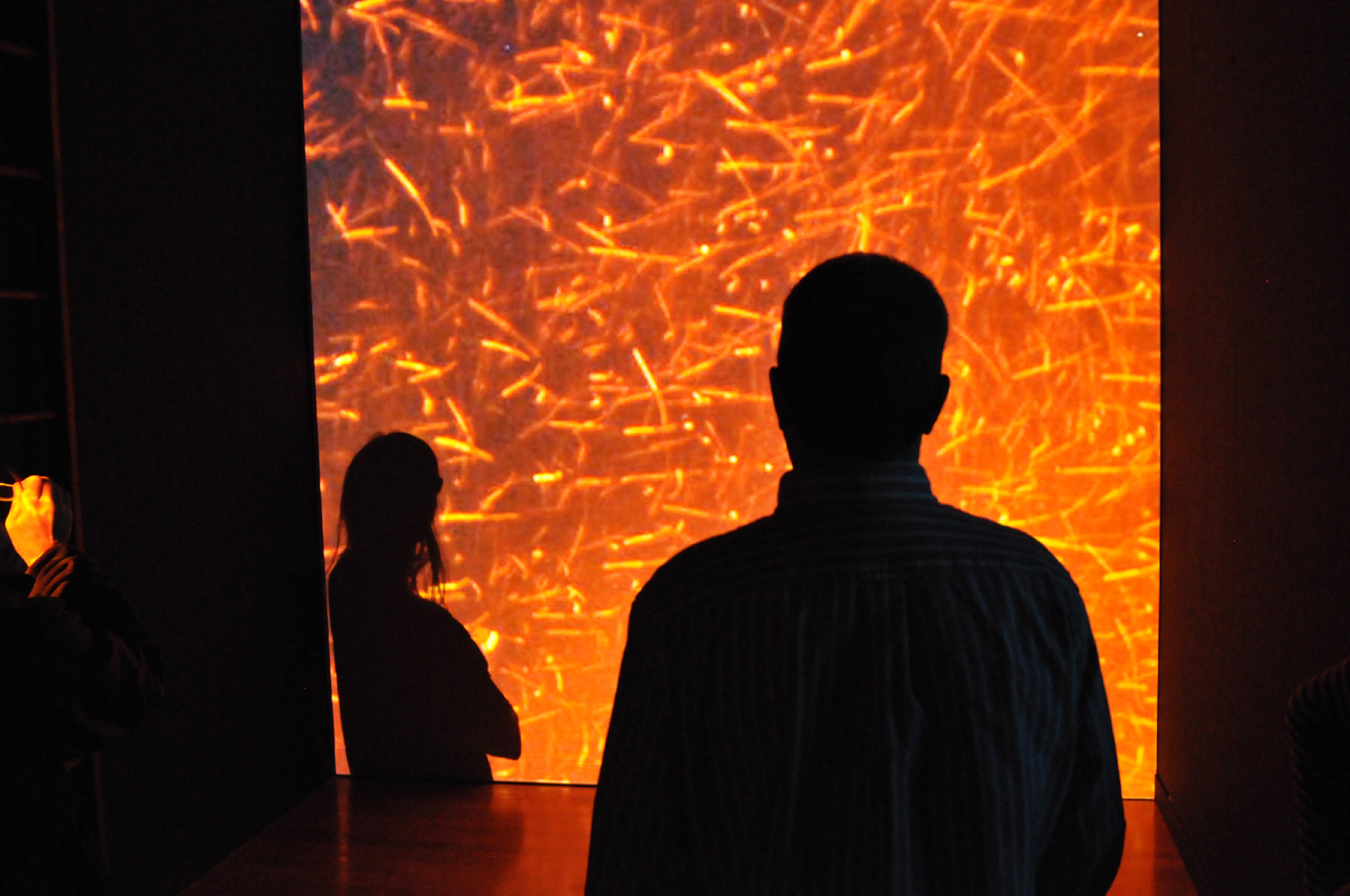
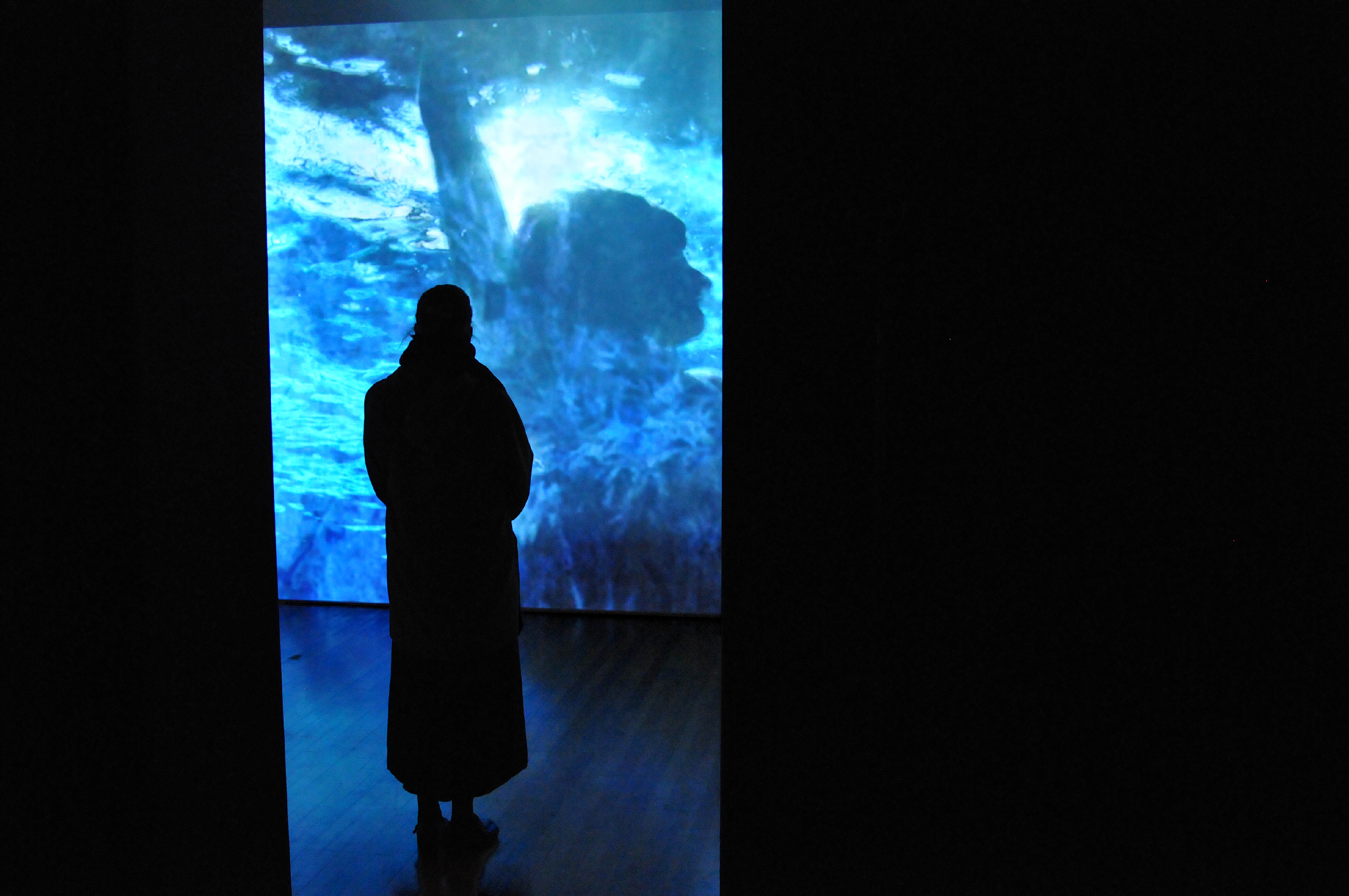
Technical skill sets include:
Expert level emotional intelligence;
Expert level virtual reality, geo-located augmented reality, and photogrammetry;
Virtual reality is a computer-generated 3D environment that is presented to the user in such a way that she suspends disbelief and accepts it as real. It is typically assumed that the user is isolated from the surrounding world by some sort of headset viewing system or projected enclosure. The experience most often simulates imaginary worlds. Even if rendered in photo realistic detail, it remains a simulation.
Geo-located augmented reality, on the other hand, engages users with the surroundings by allowing people to experience alternative realities at site-specific locations, through the camera of a mobile device. This technology uses location detection technology to superimpose virtual objects, people or scenes at precise longitude and latitude coordinates anywhere on earth, enabling users to immerse themselves in virtual reality as if it existed physically at that location.
Photogrammetry is a technology used to create 3D models from the real world. Models can be produced by taking hundreds of photographs at slightly different angles with a conventional camera, or by scanning with a LiDAR scanner. LiDAR, which stands for Light Detection and Ranging, is a remote sensing method that uses light in the form of a pulsed laser to measure and record distances. Freeman has developed a unique workflow using the Leica BLK 360 LiDAR scanner to create world-scale virtual scenes, measured and plotted in XYZ coordinate space, with per-point RGB color values. The result is referred to as a point cloud. The point cloud data can be converted to a polygonal mesh or used in its original state to create assets for use in virtual or augmented reality.
This technology represents an important evolution in the history of photography, allowing the photographic image to be immersive and explorable. Photogrammetry can be used on location to create 3D models of the world and represents real people, real places and real experiences, bringing the real to virtual reality. As an experienced visual and media artist, Freeman has chosen photogrammetry for its ability to move the viewer closer to virtual representation of the experience itself and allows for the exploration of the liminal space between representation and simulation.
Expert level programming in Isadora including use of live feed cameras, physical computing devices and other types of motion tracing periphery such as Kinnect for audio and video interactivity;
Expert level knowledge and experience with all public art and community engagement processes;
Expert level knowledge and experience with immersive space interactivity designer for 30 years, both analog and digital;
Expert level knowledge and experience with world building and narrative design;
Expert level knowledge and experience with fabrication across a range of mediums including glass, steel, concrete, and wood;
Expert level museum curatorial practice;
Expert level engagement design knowledge and experience;
Architectural projection mapping using MadMapper-and Isadora proficient;
Mesh warp mapping developing skill set;
Familiarity with Max MSP Jitter;
Familiarity with Processing;
Codes like a poet;
Past history with digital particle velocimetry analysis of bird flight in collaboration with Dr. Bret Tobalske.

